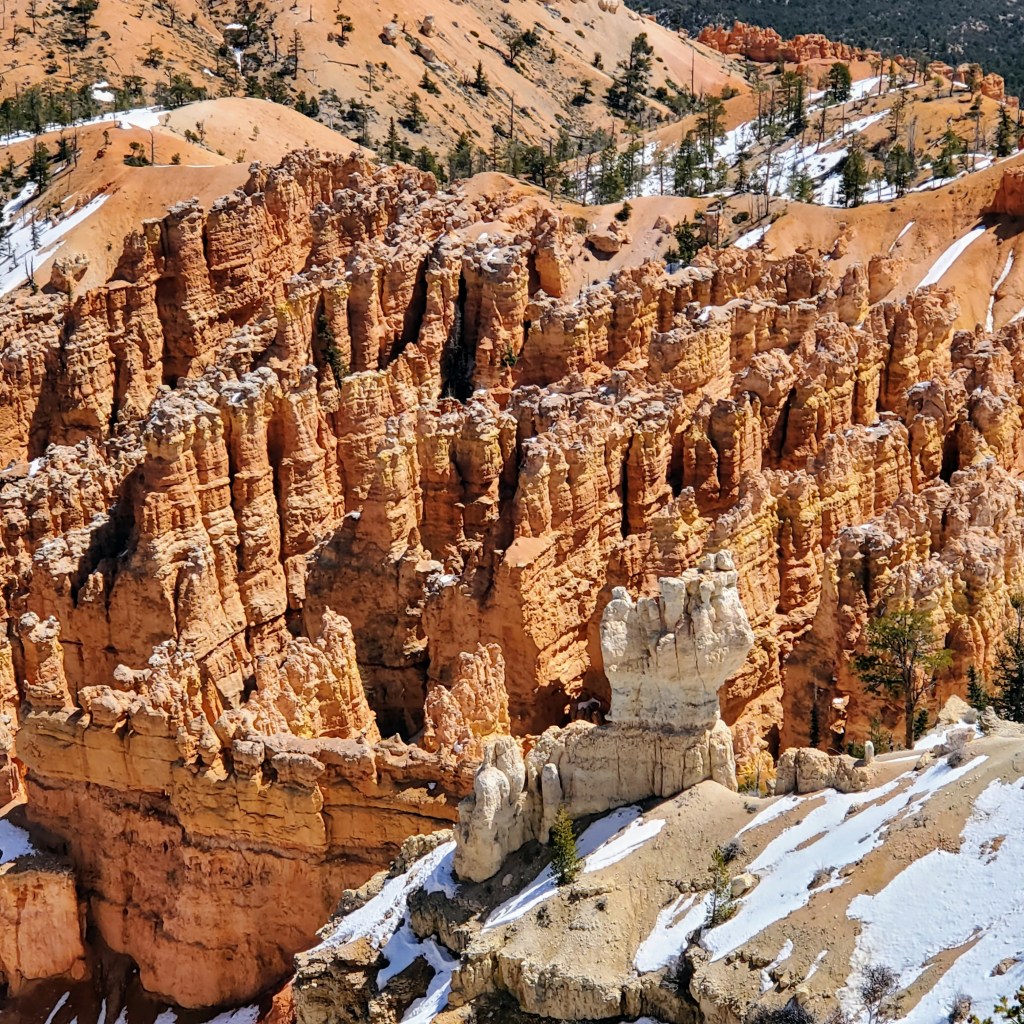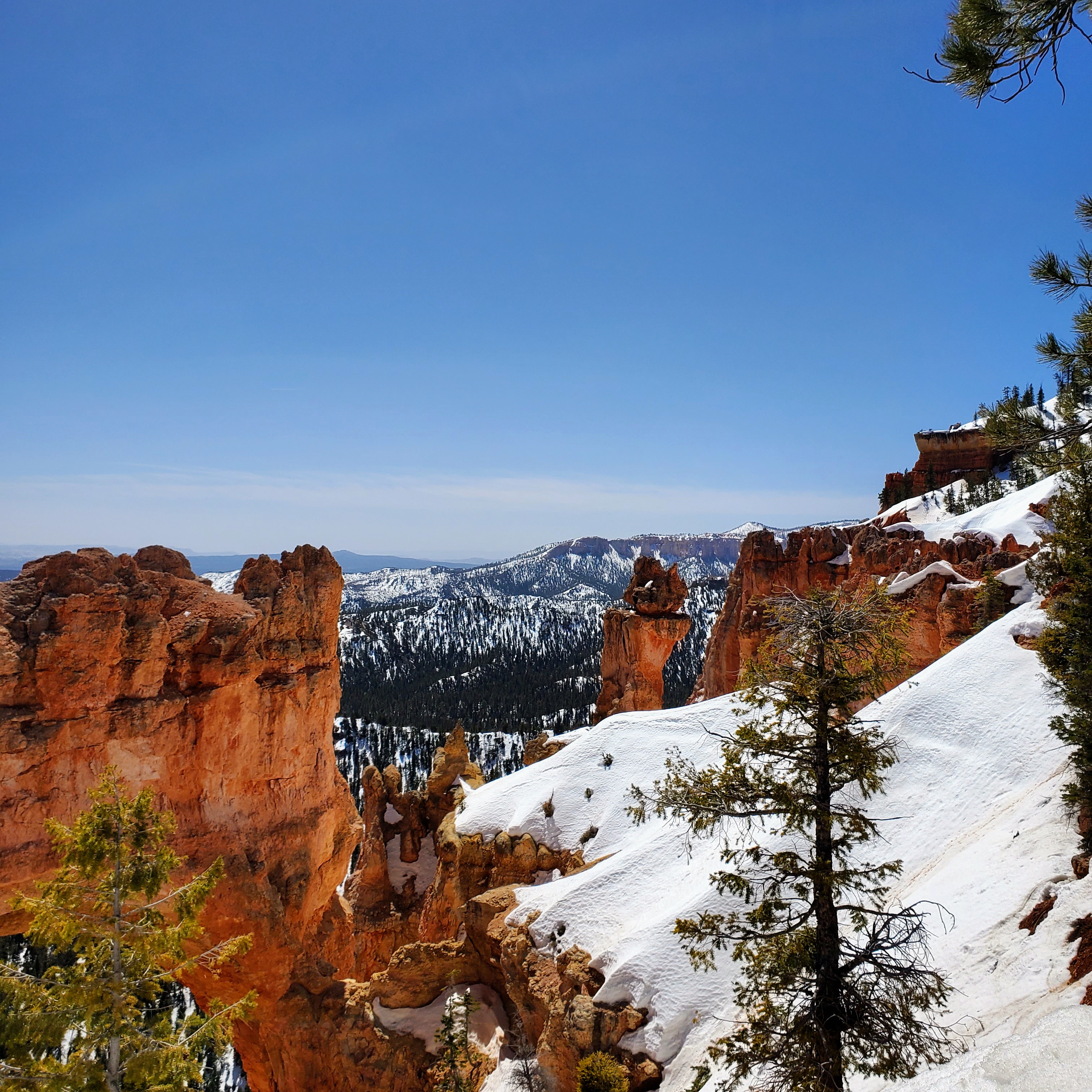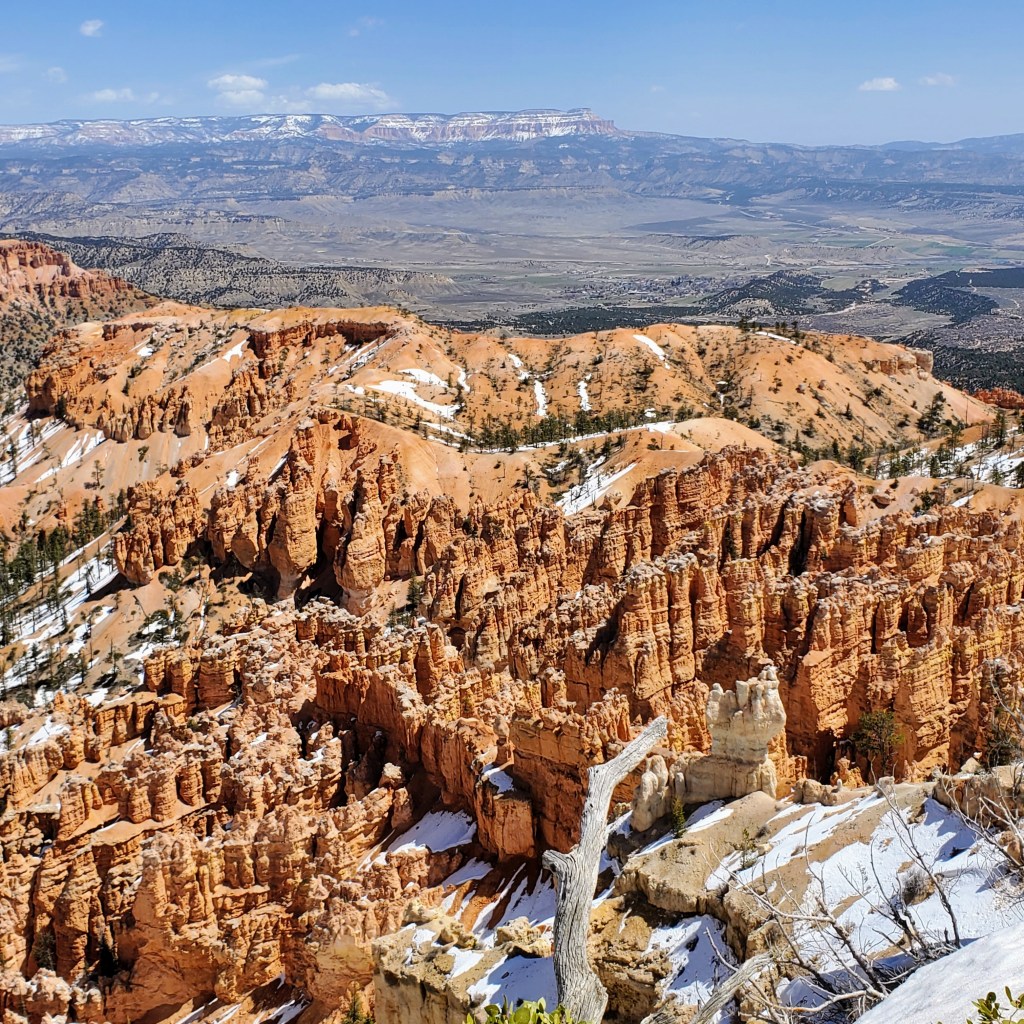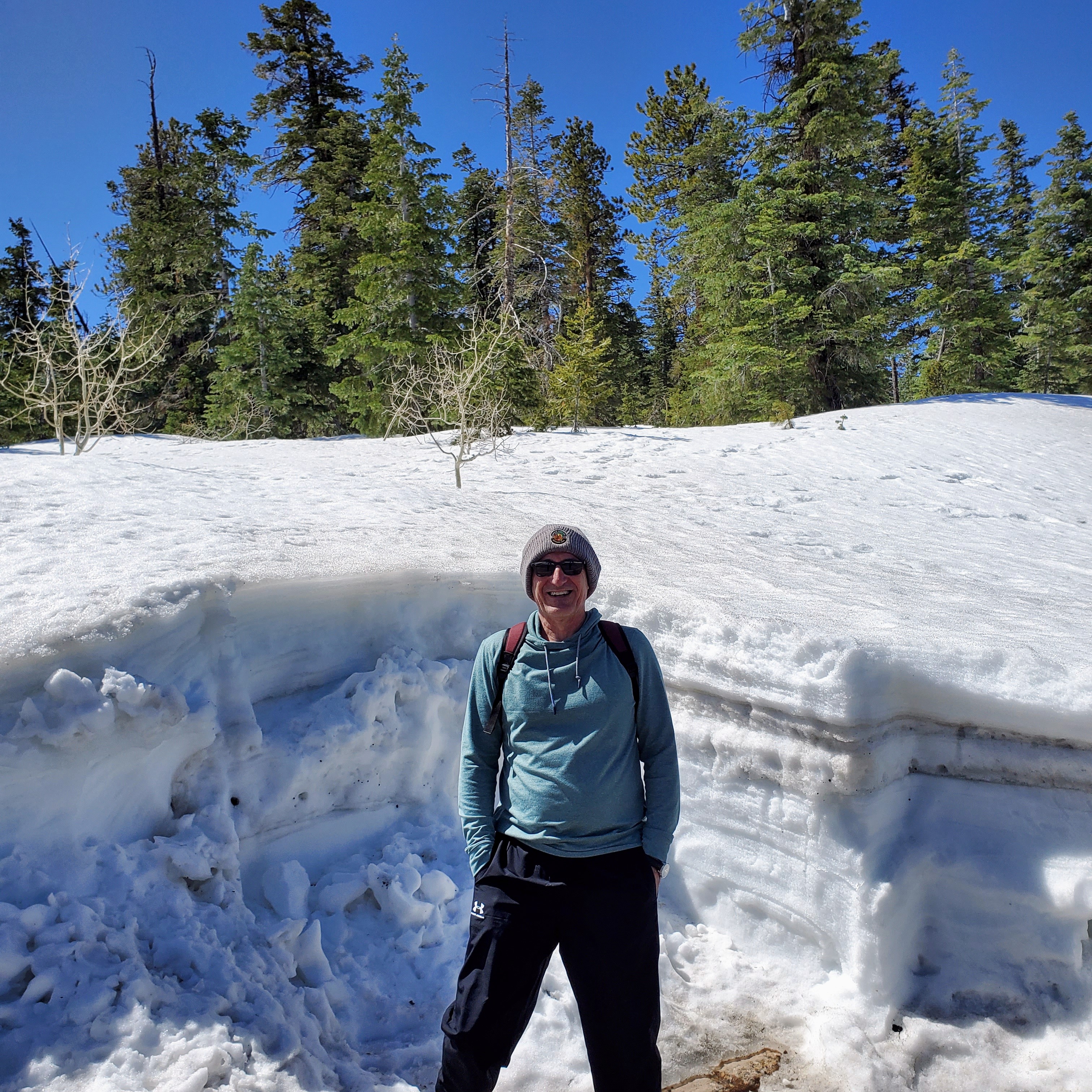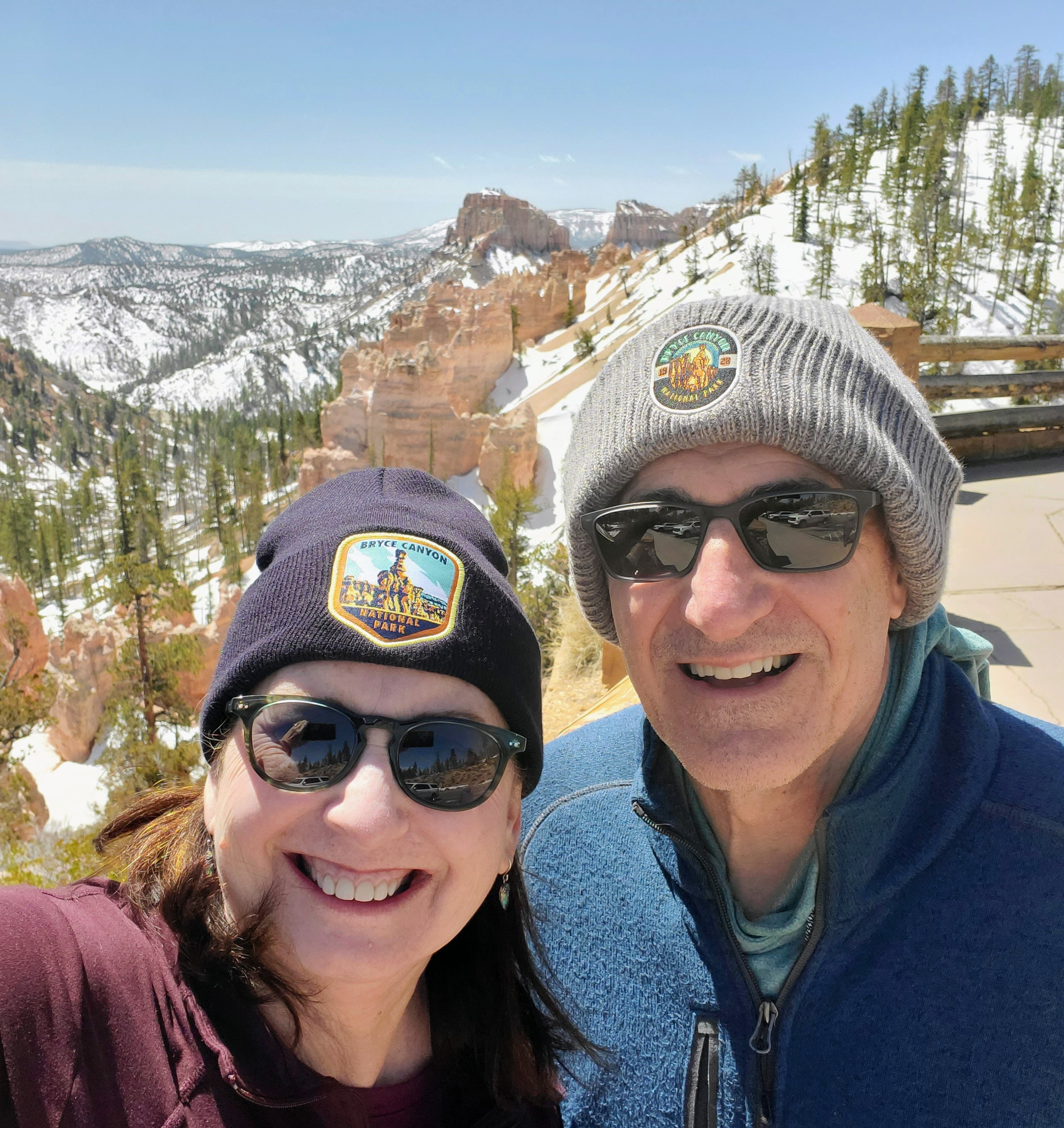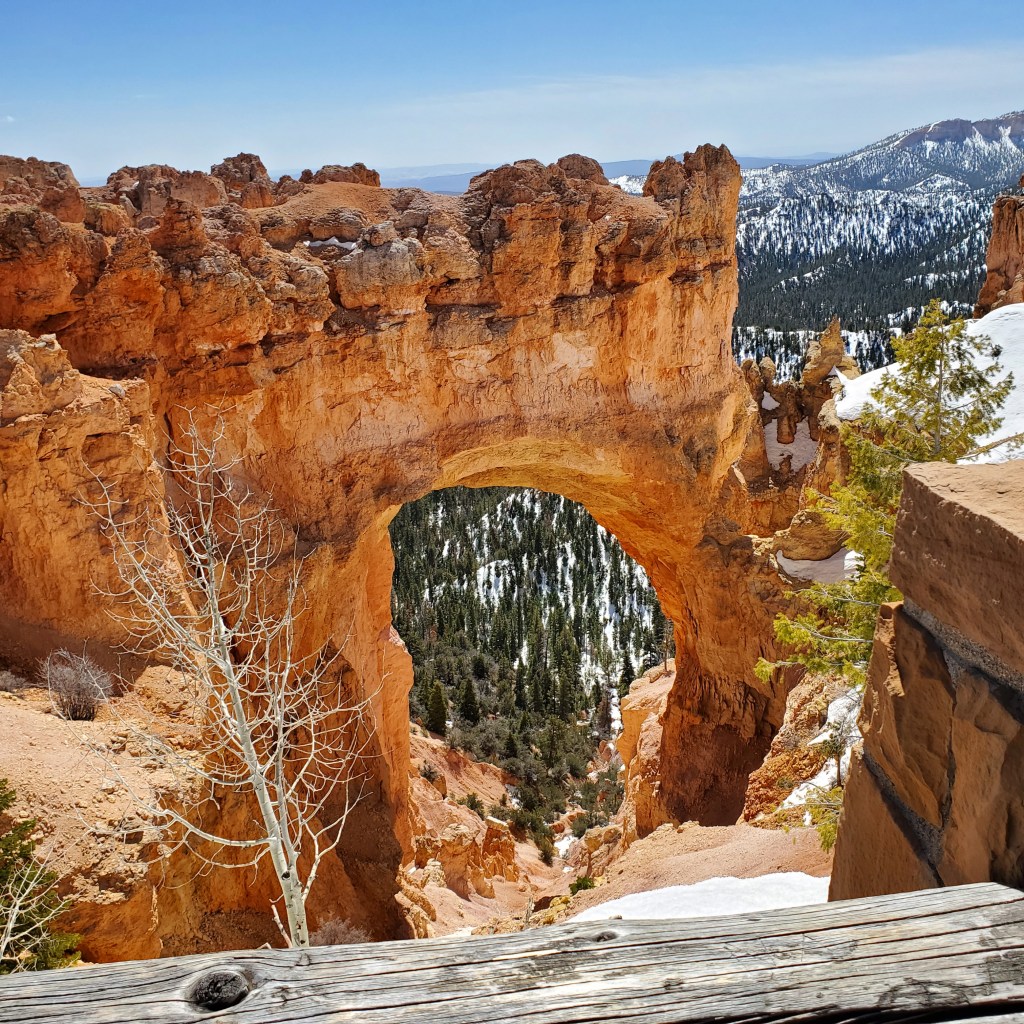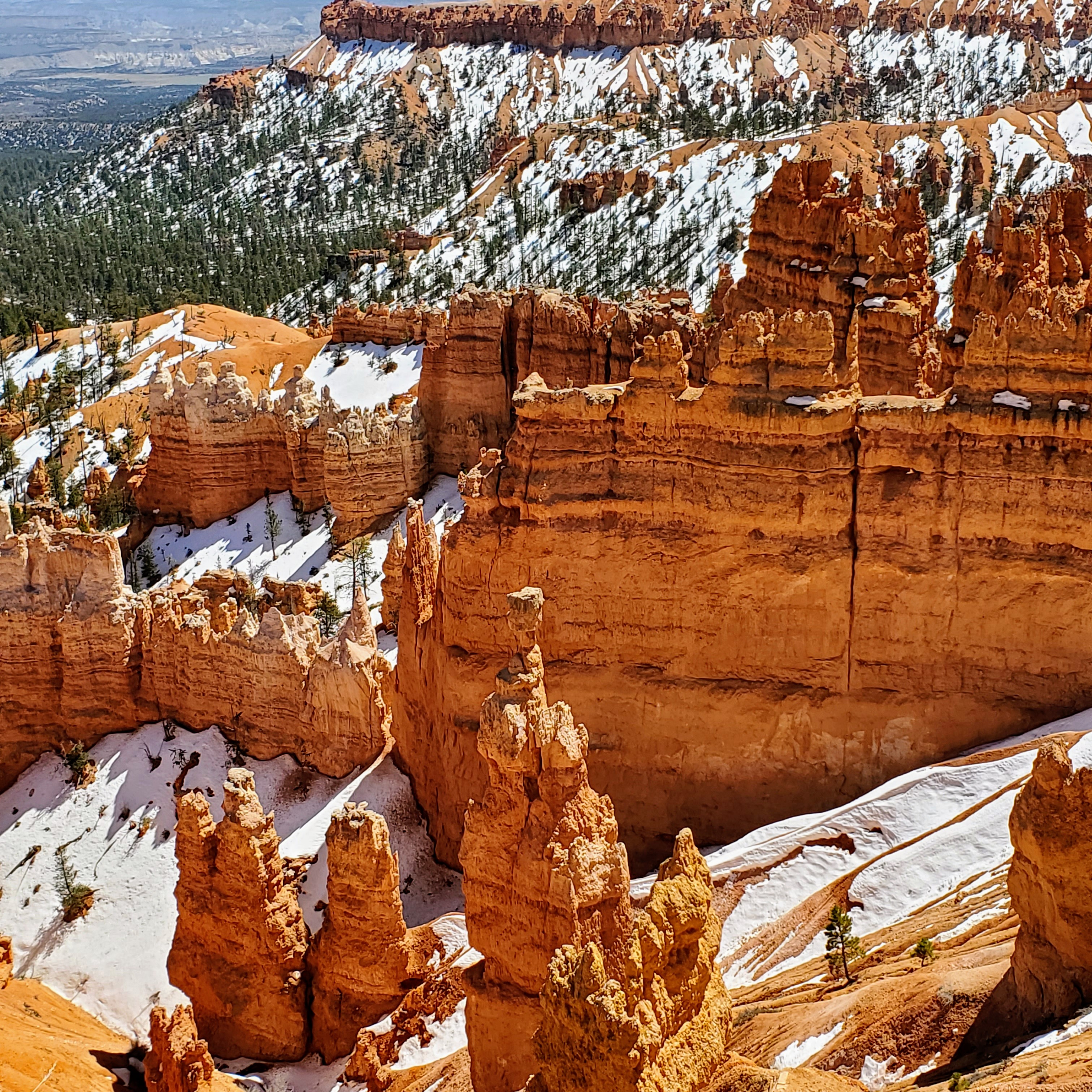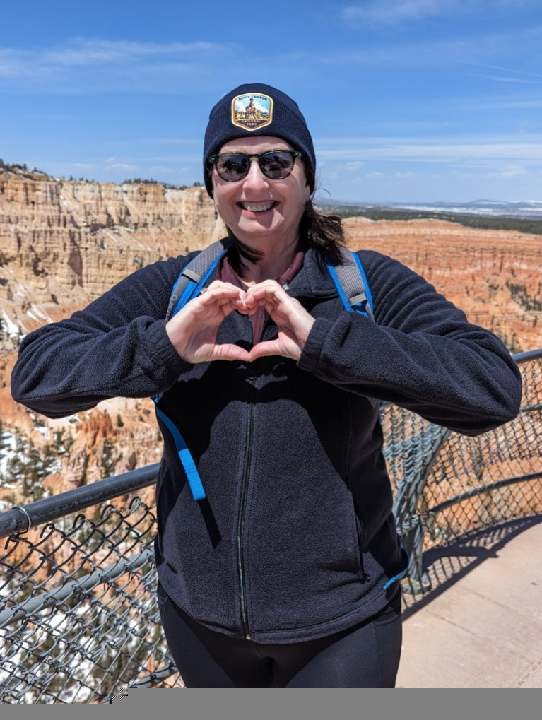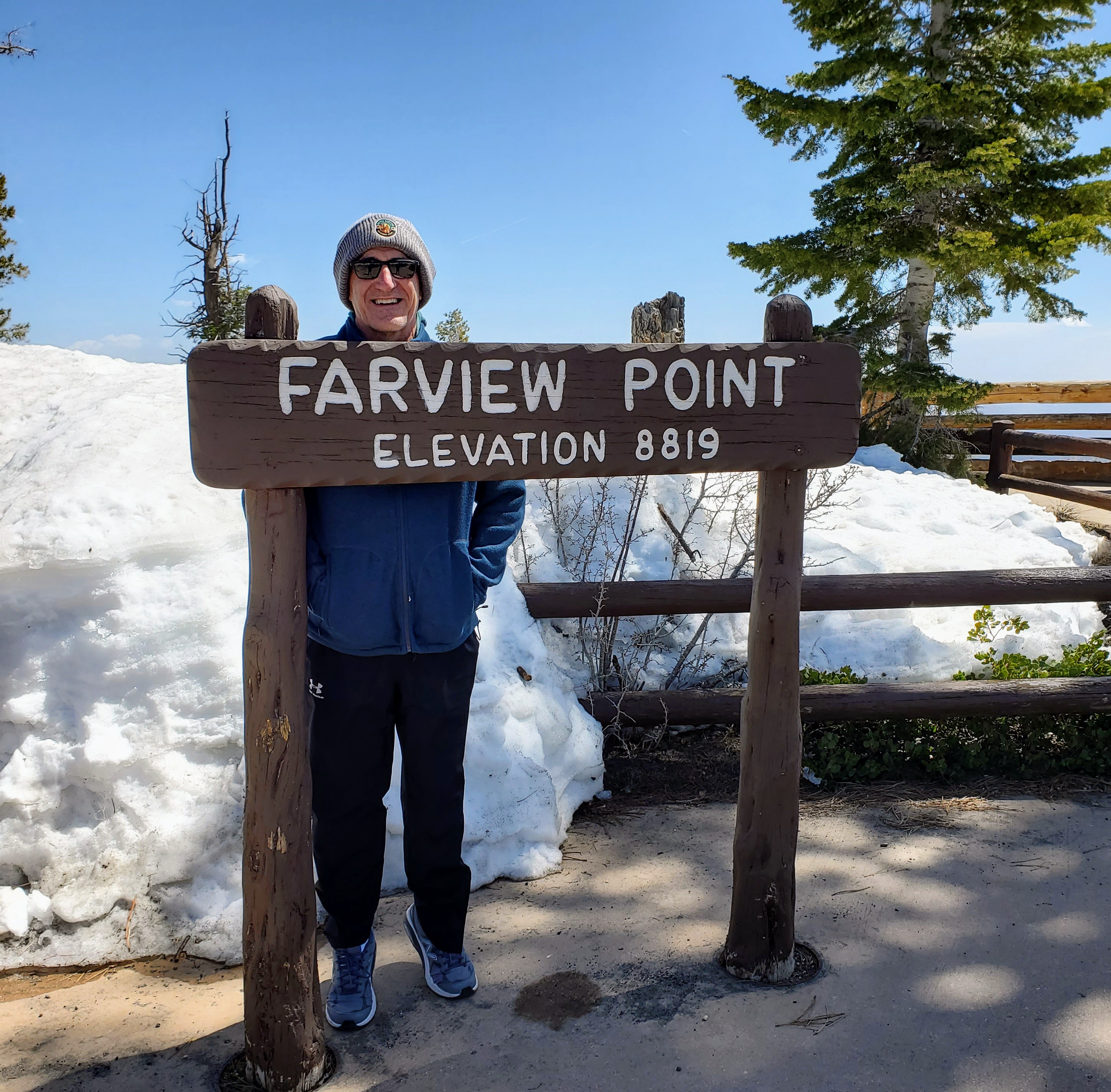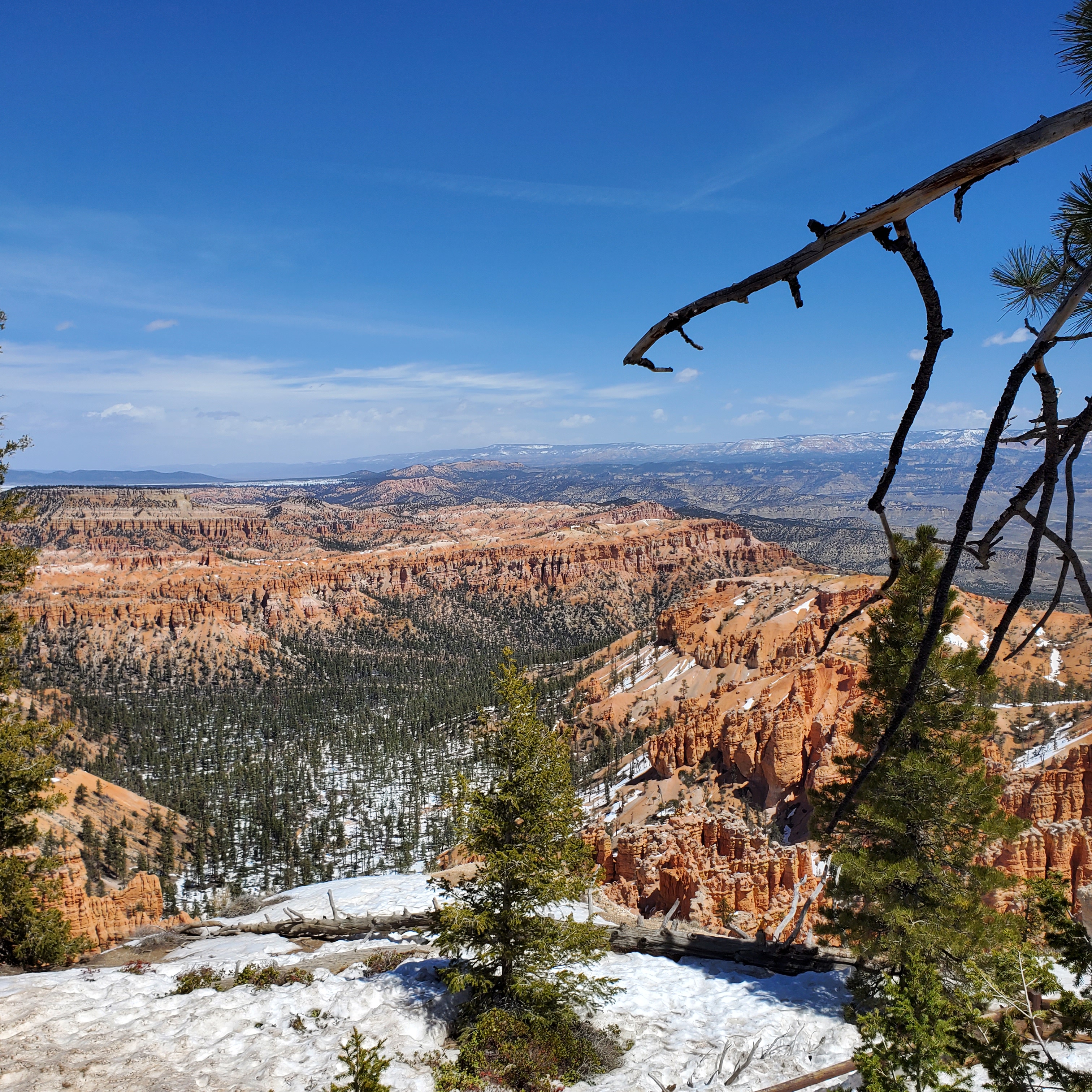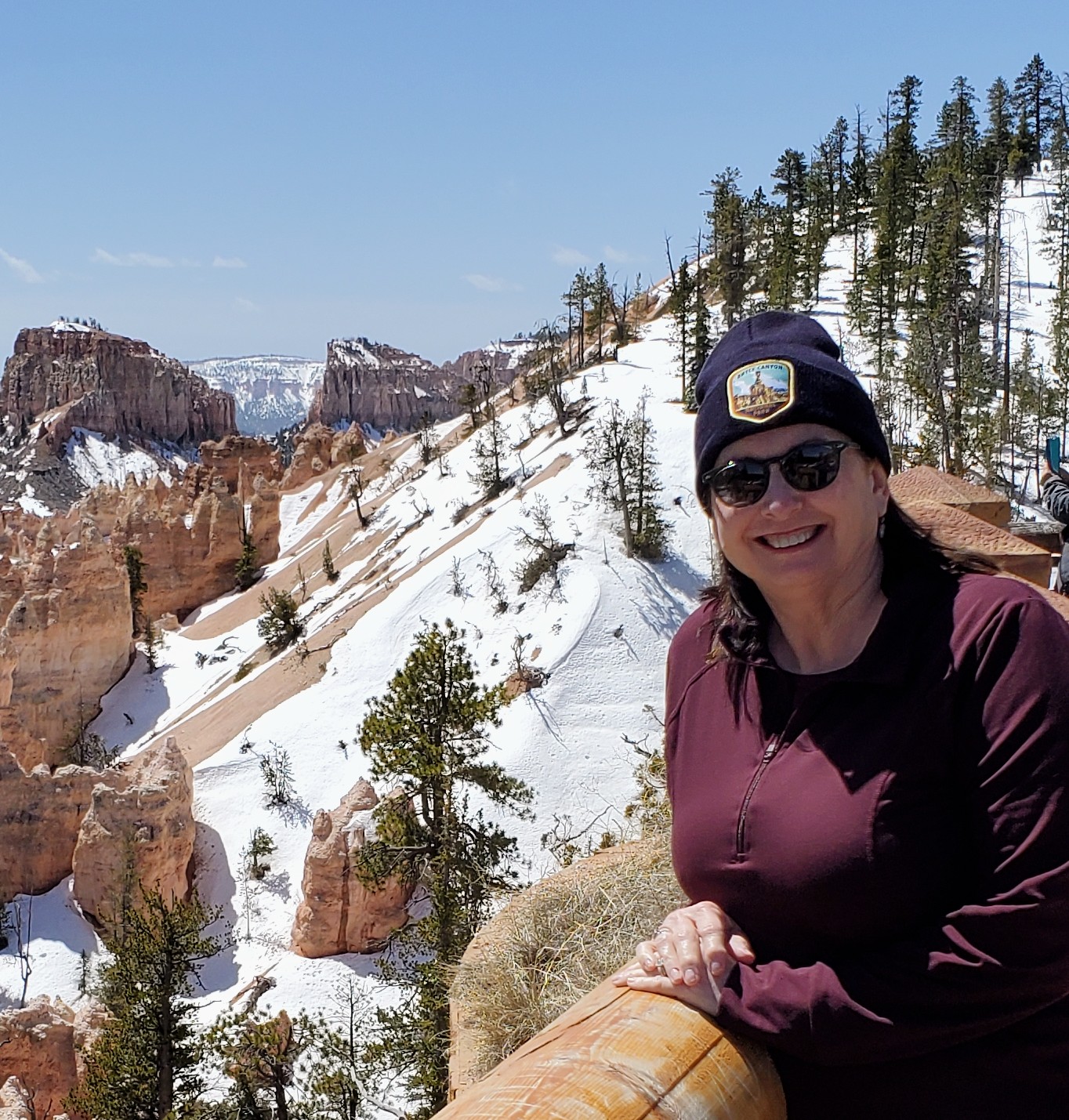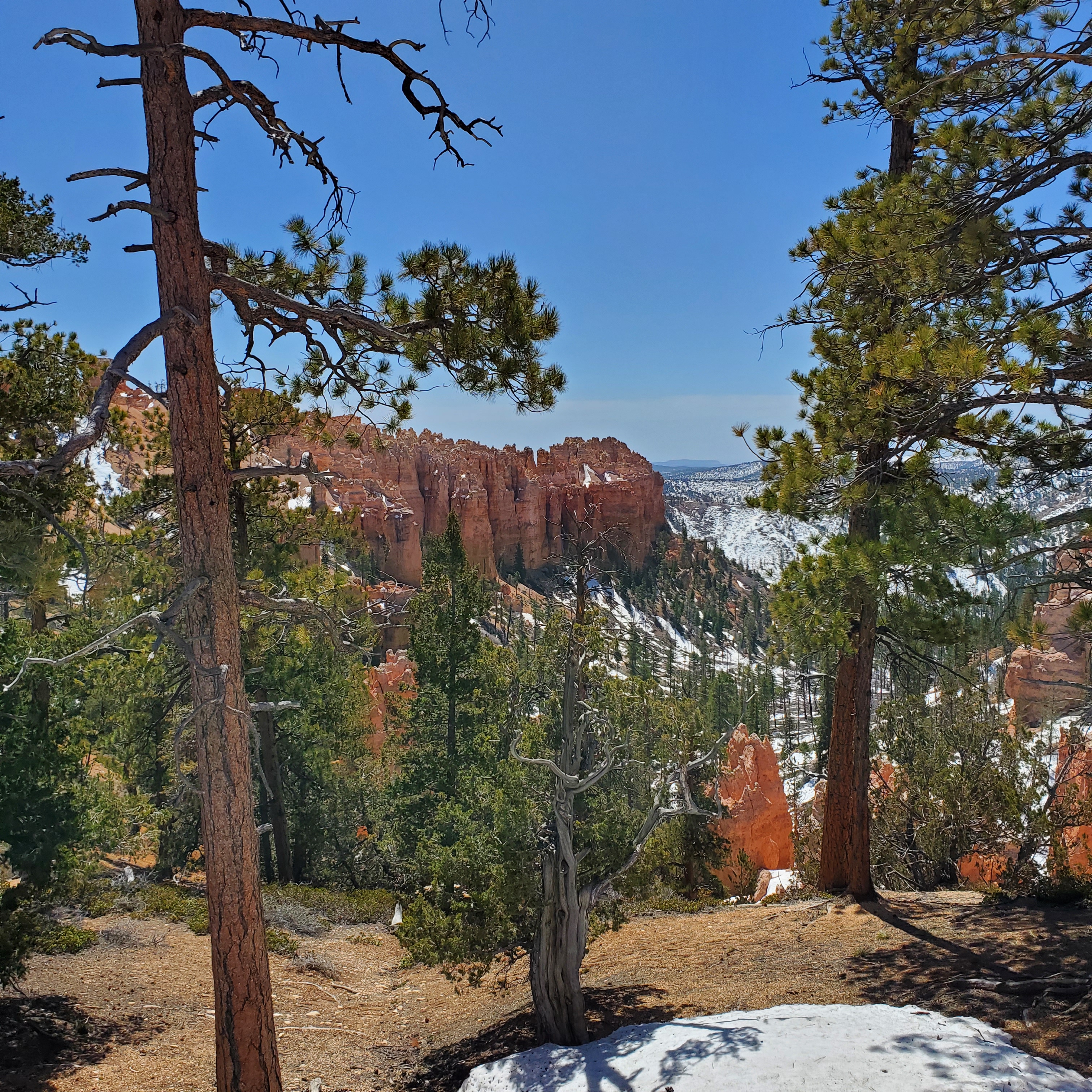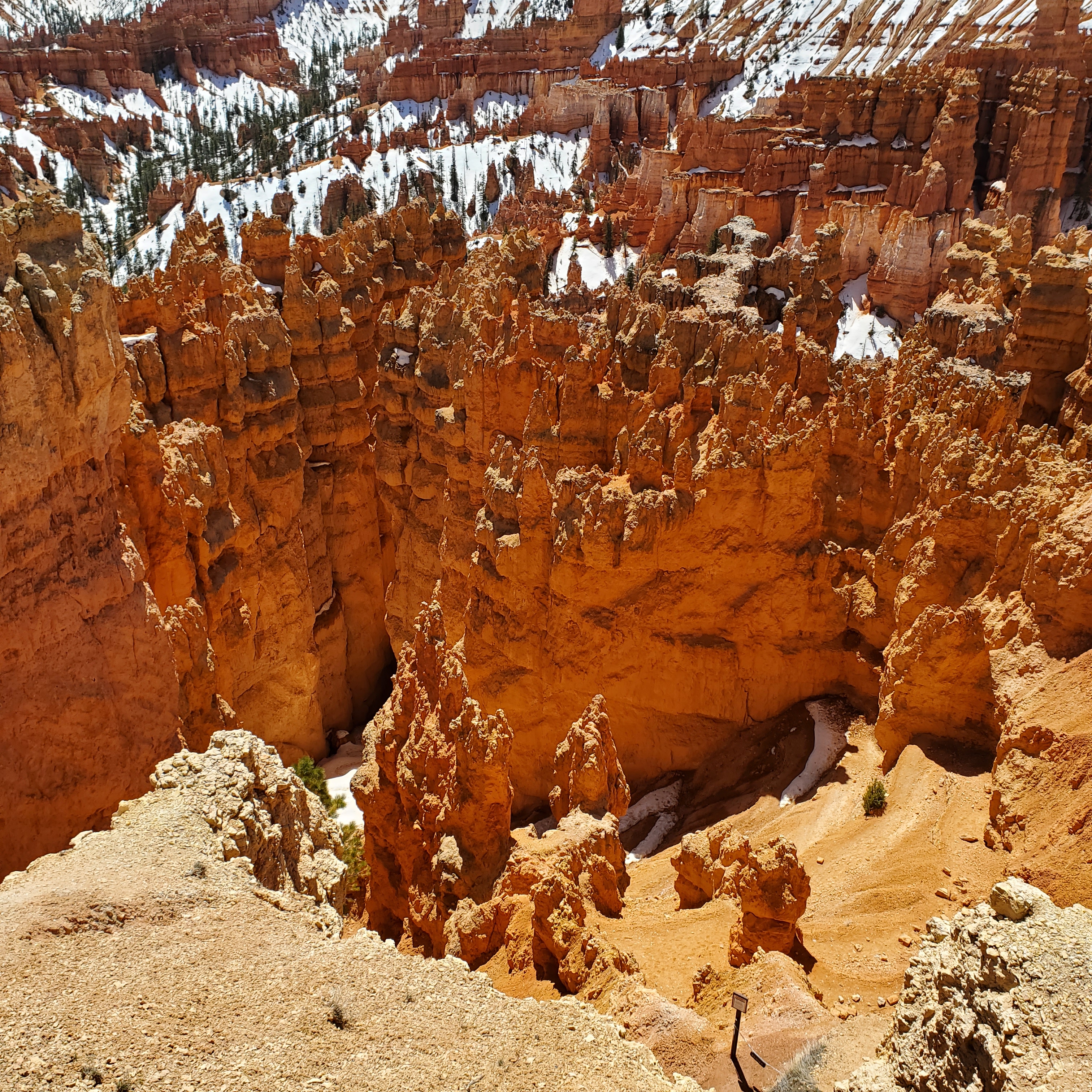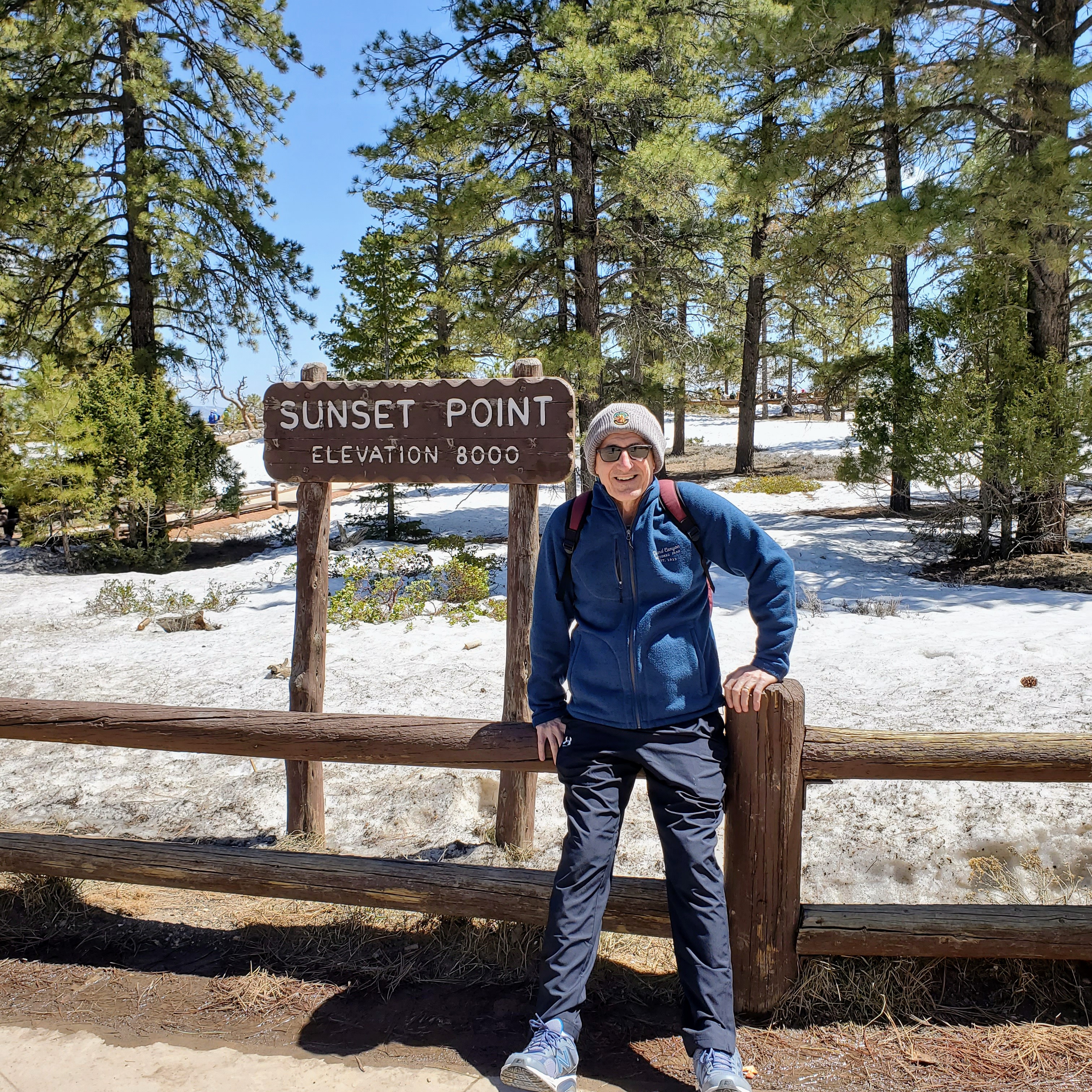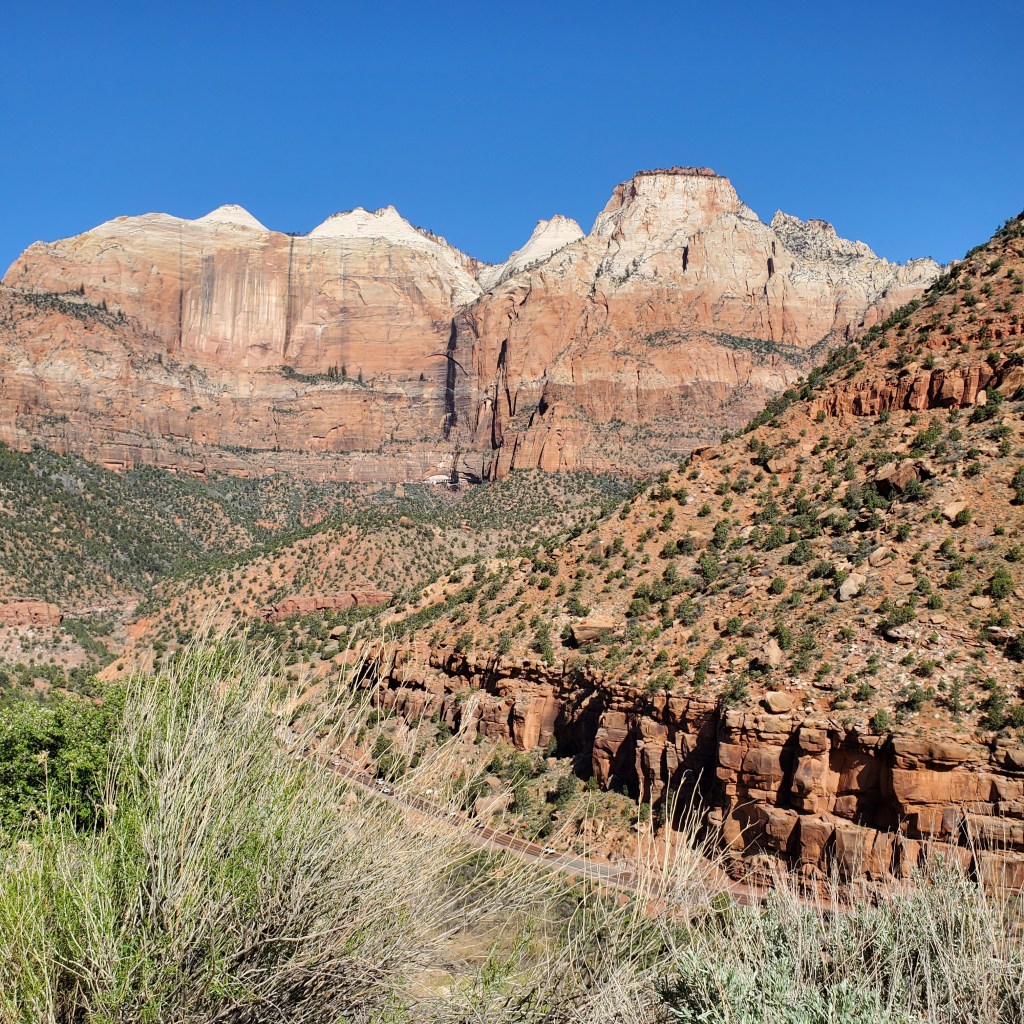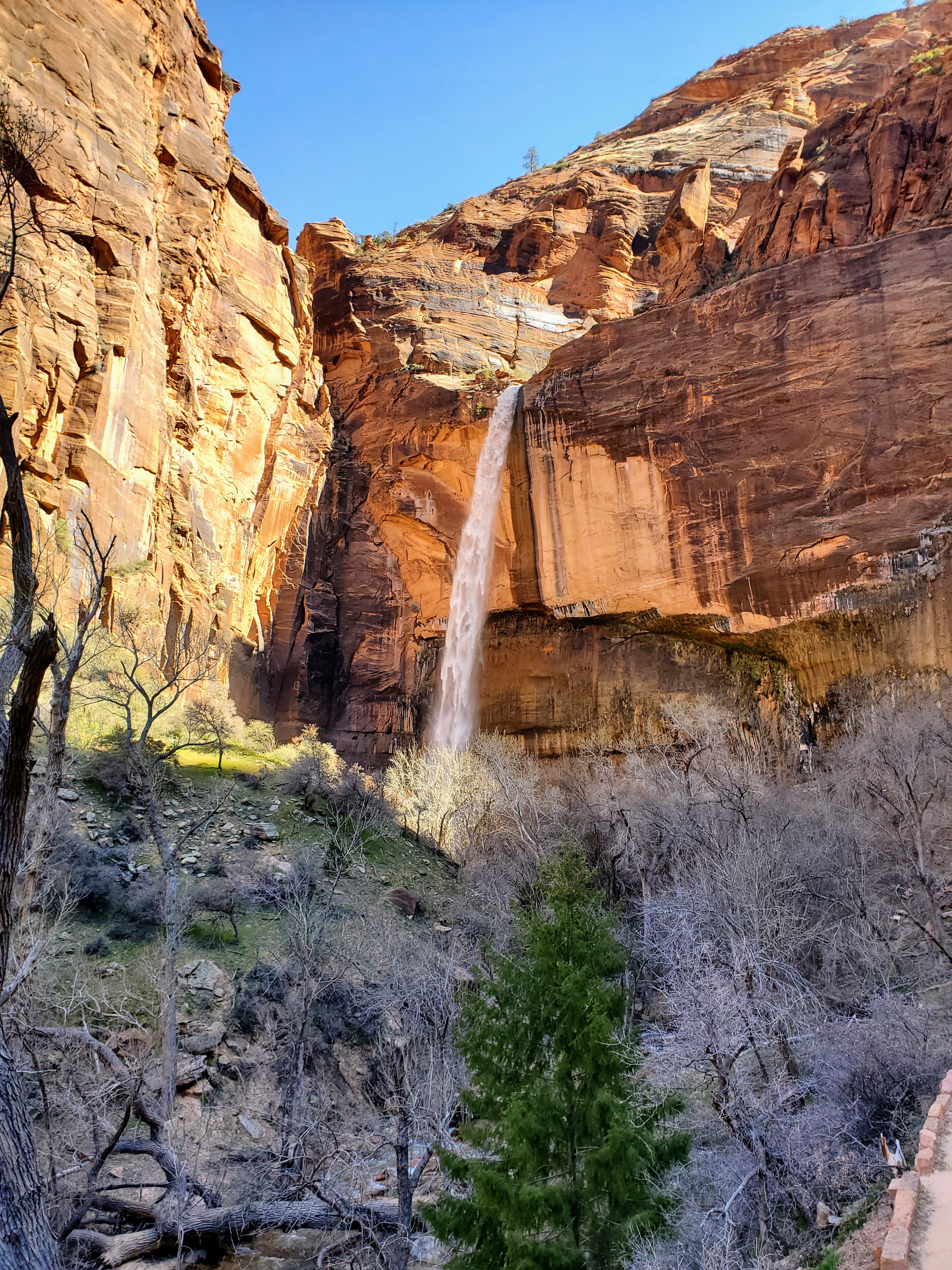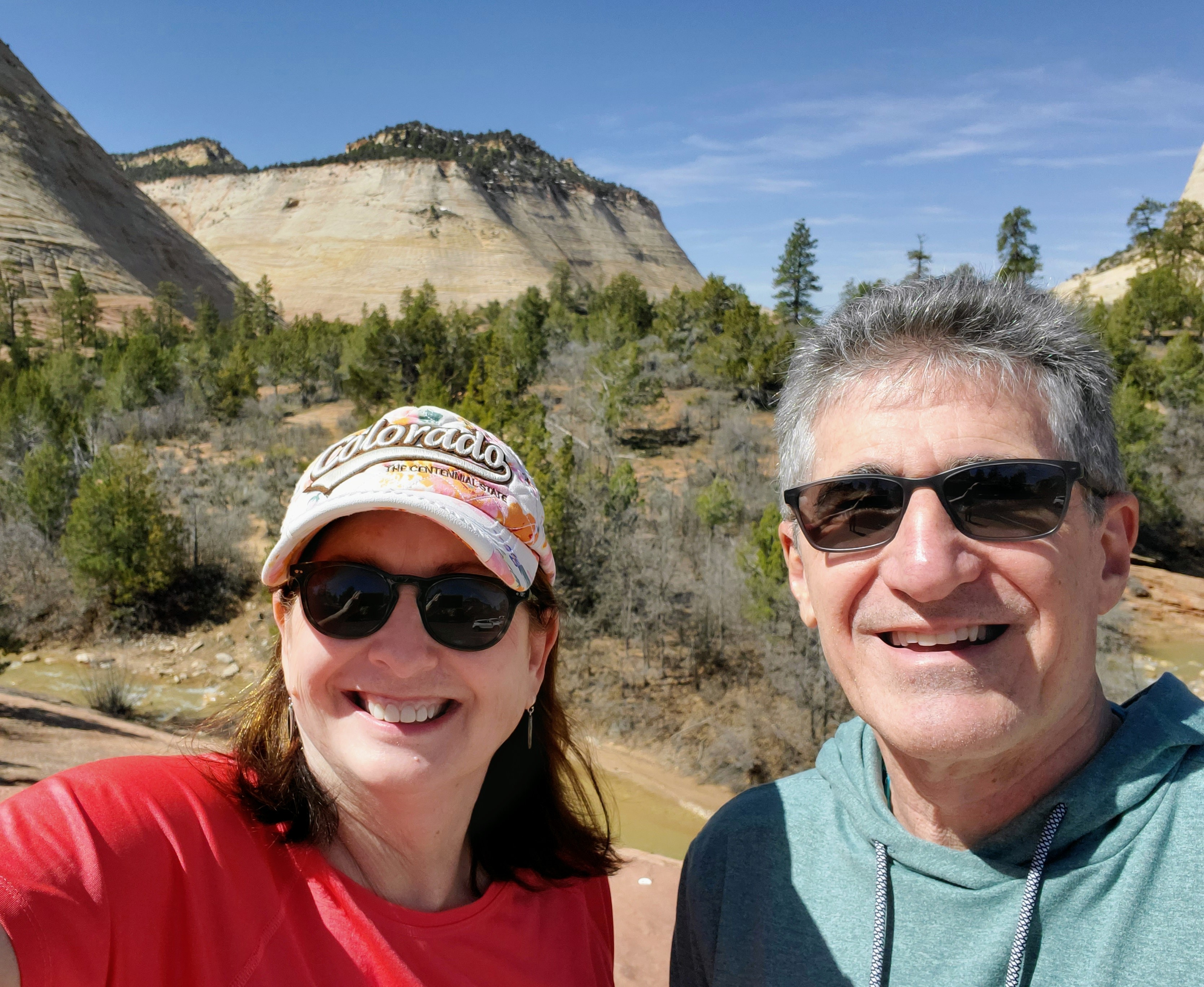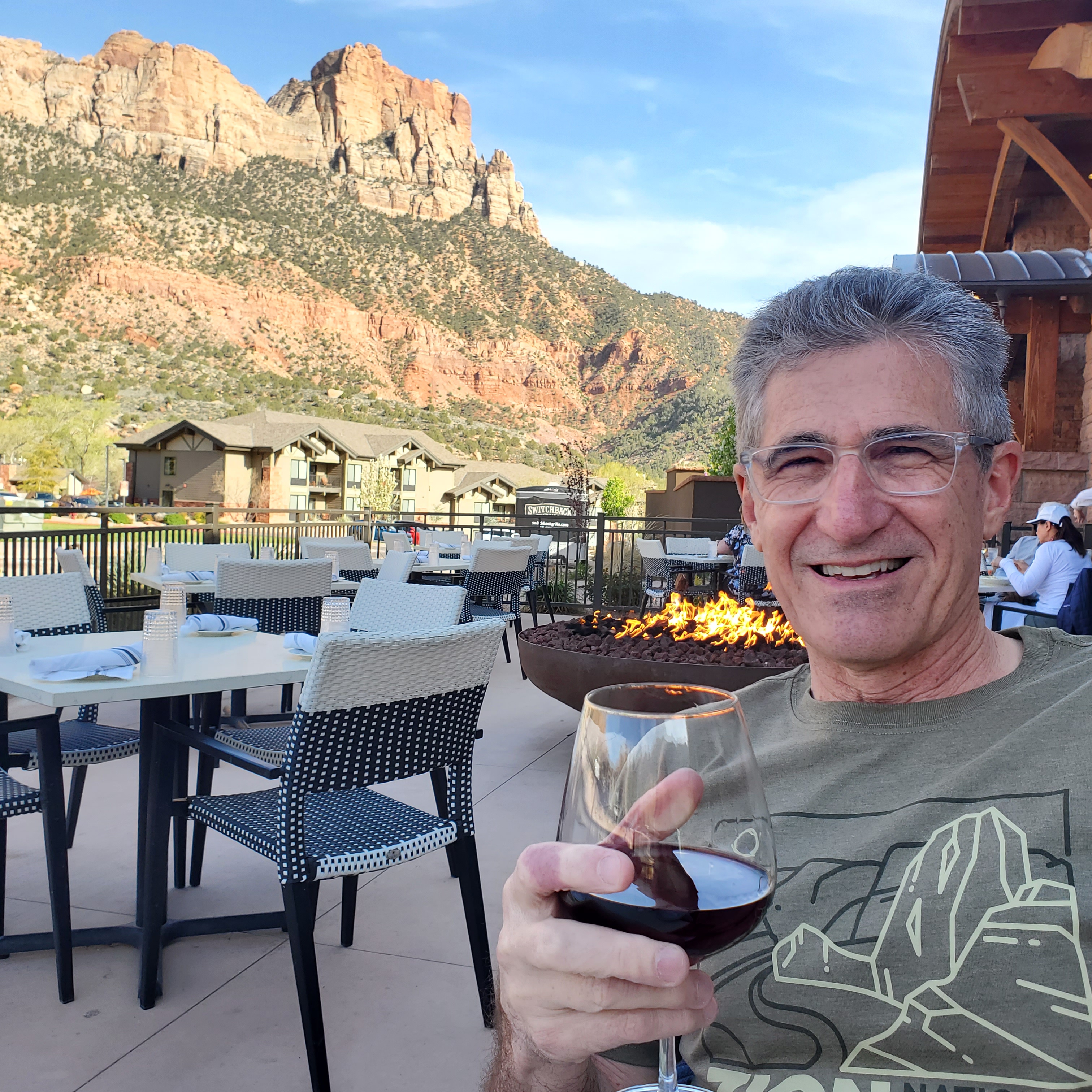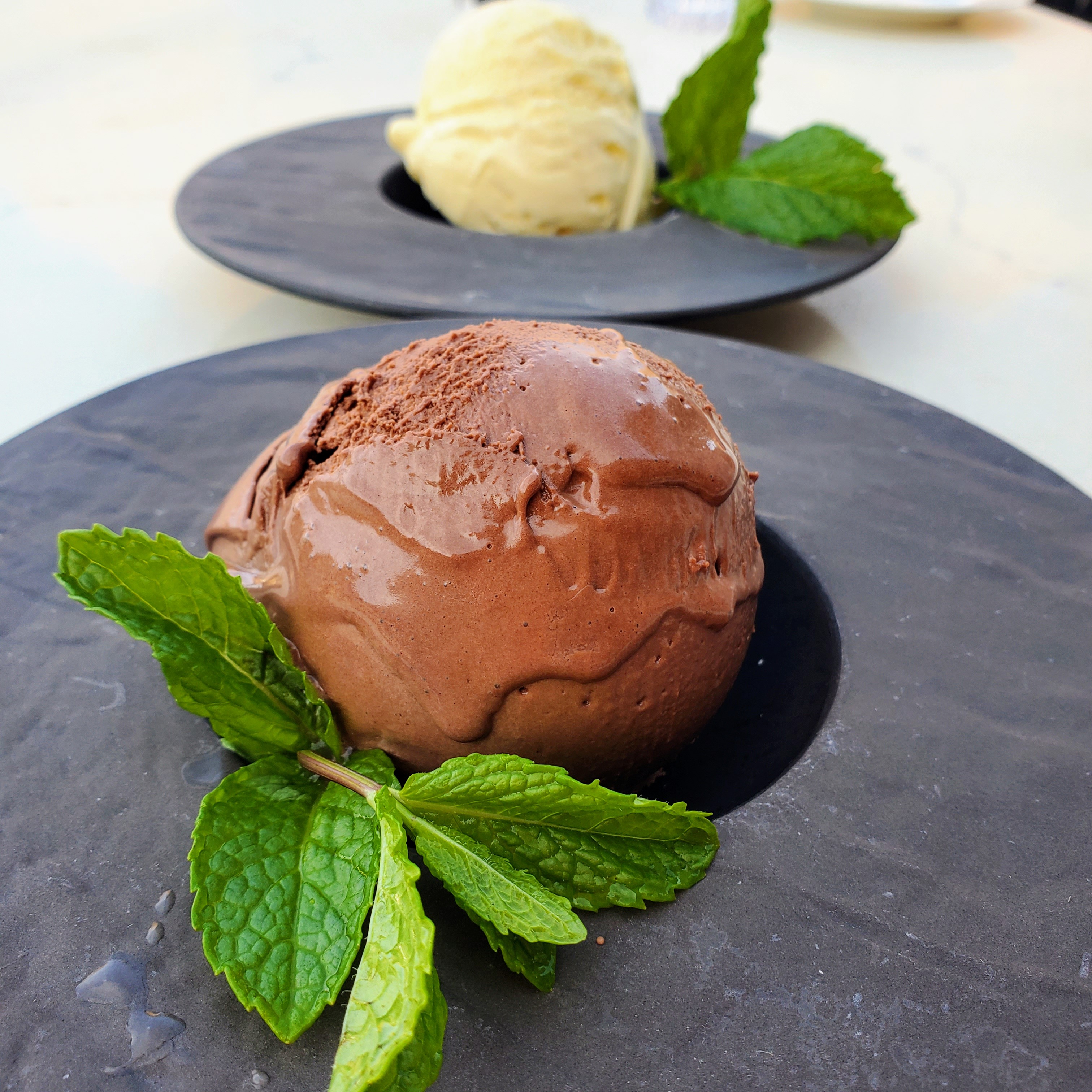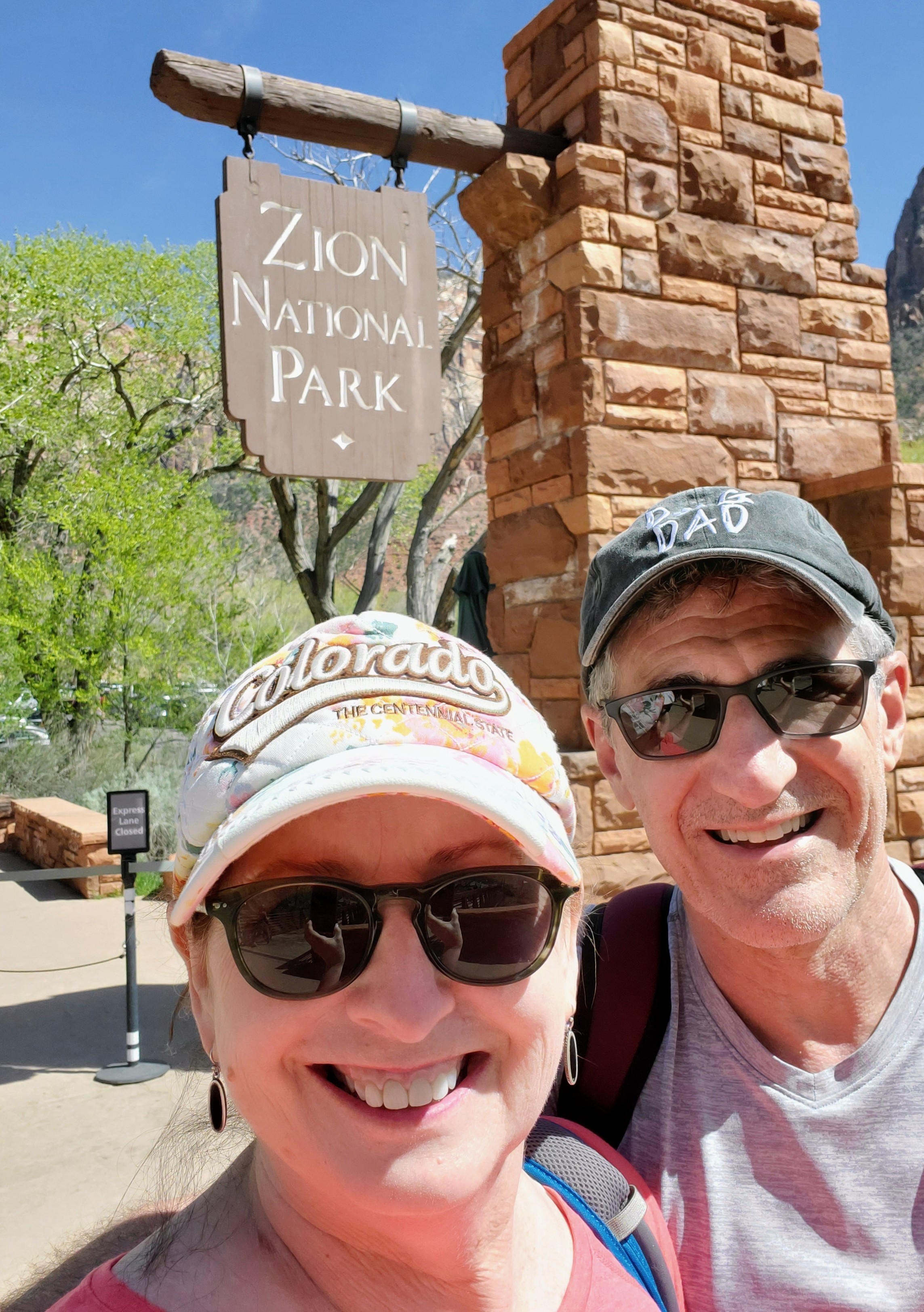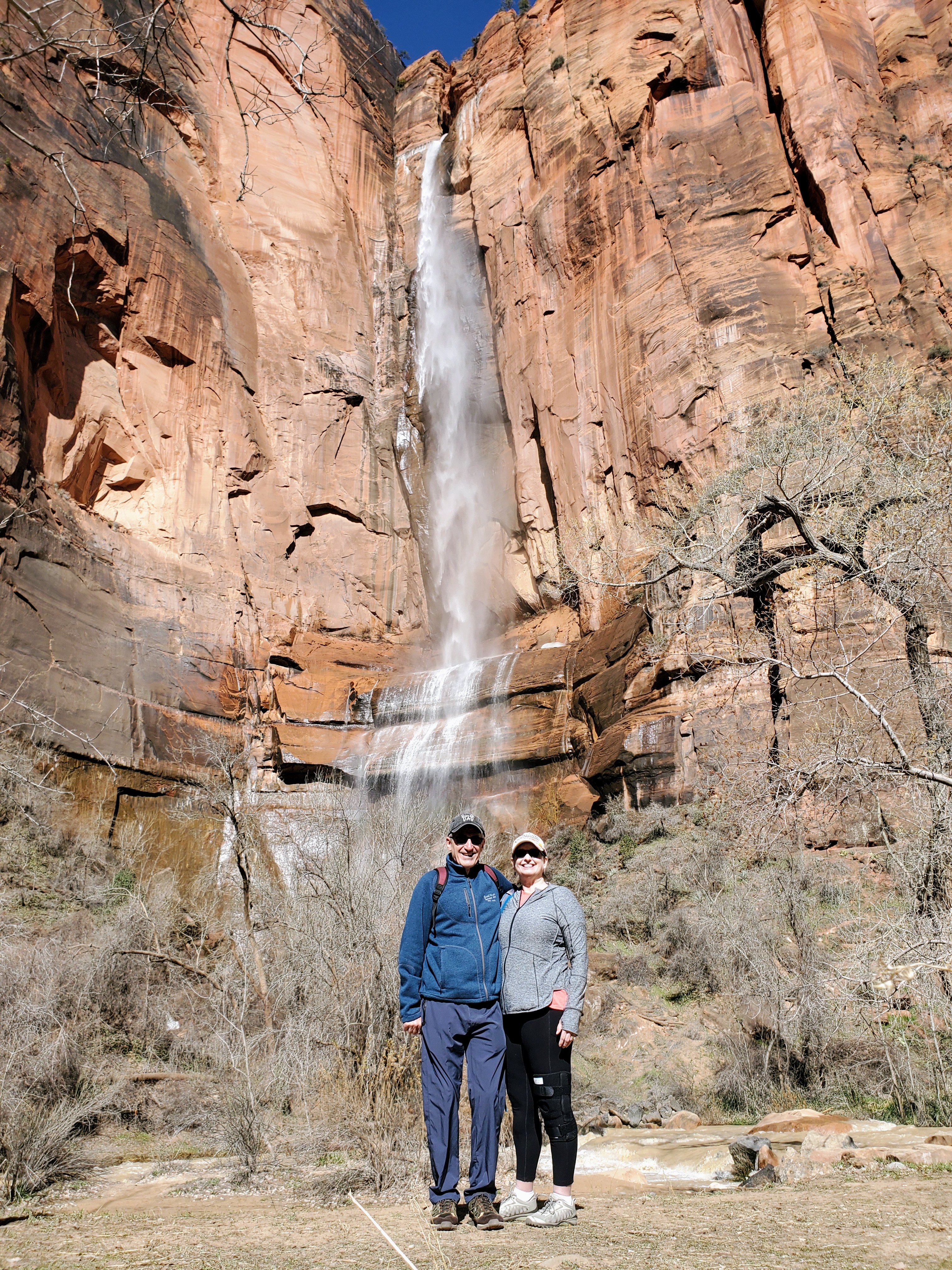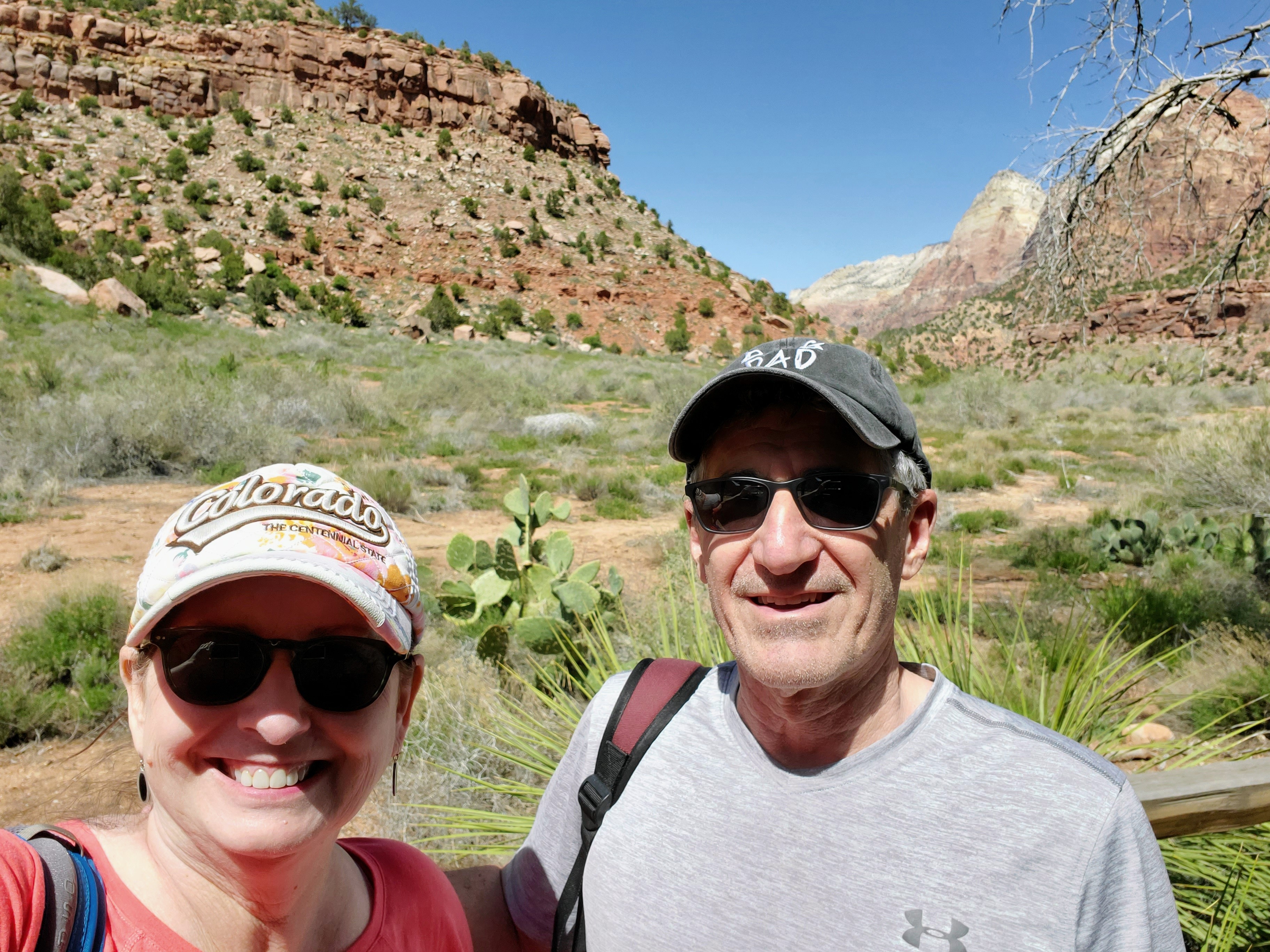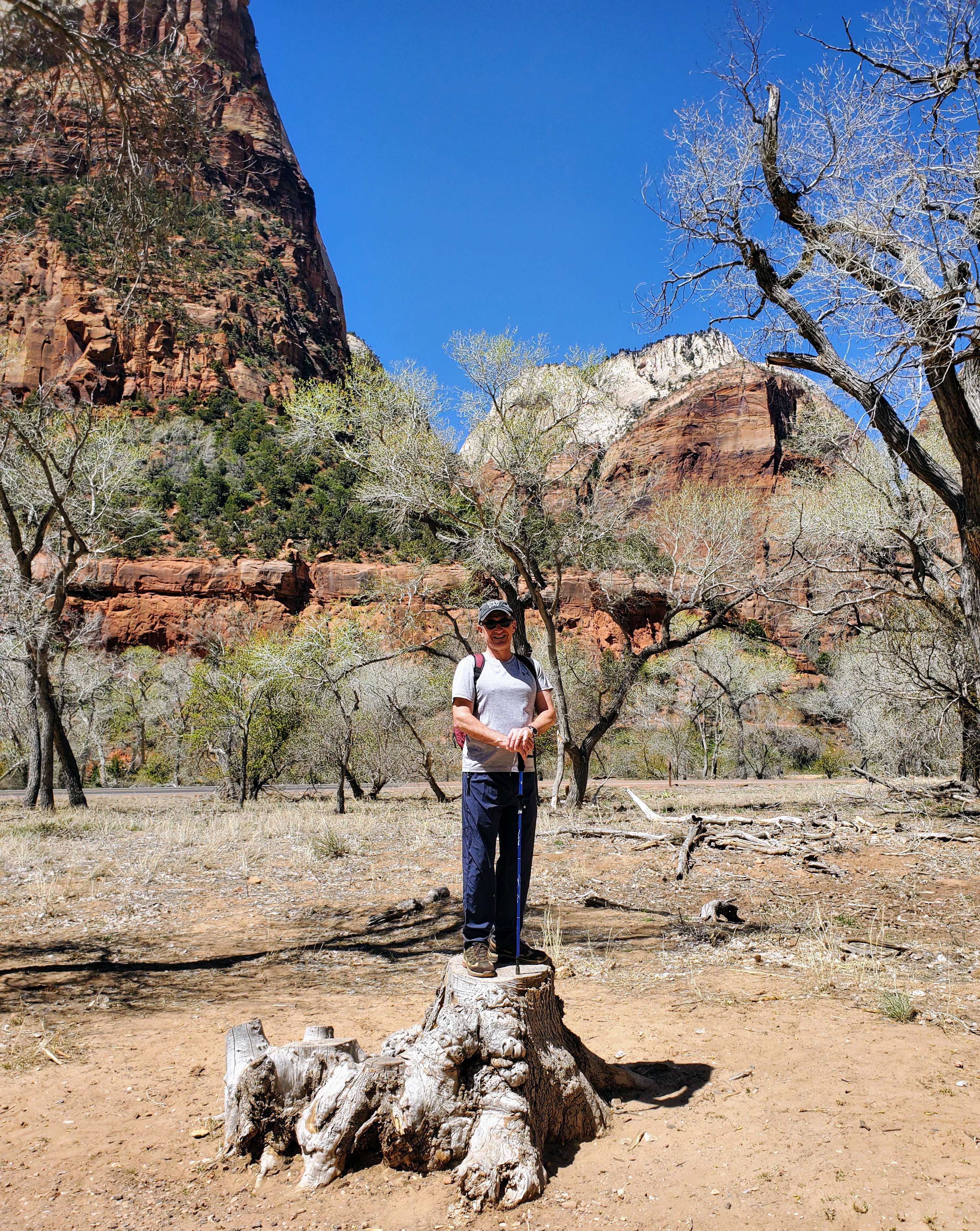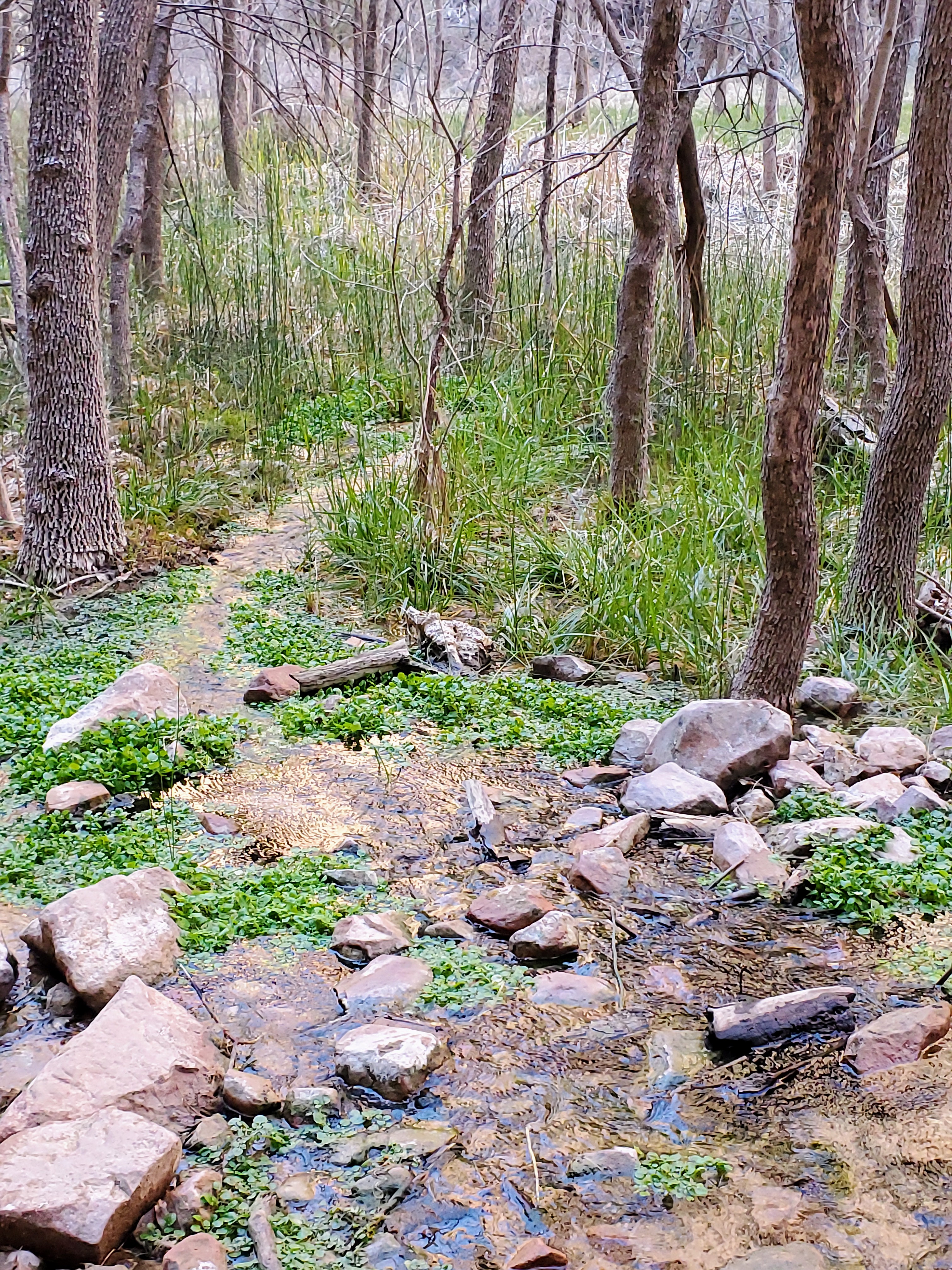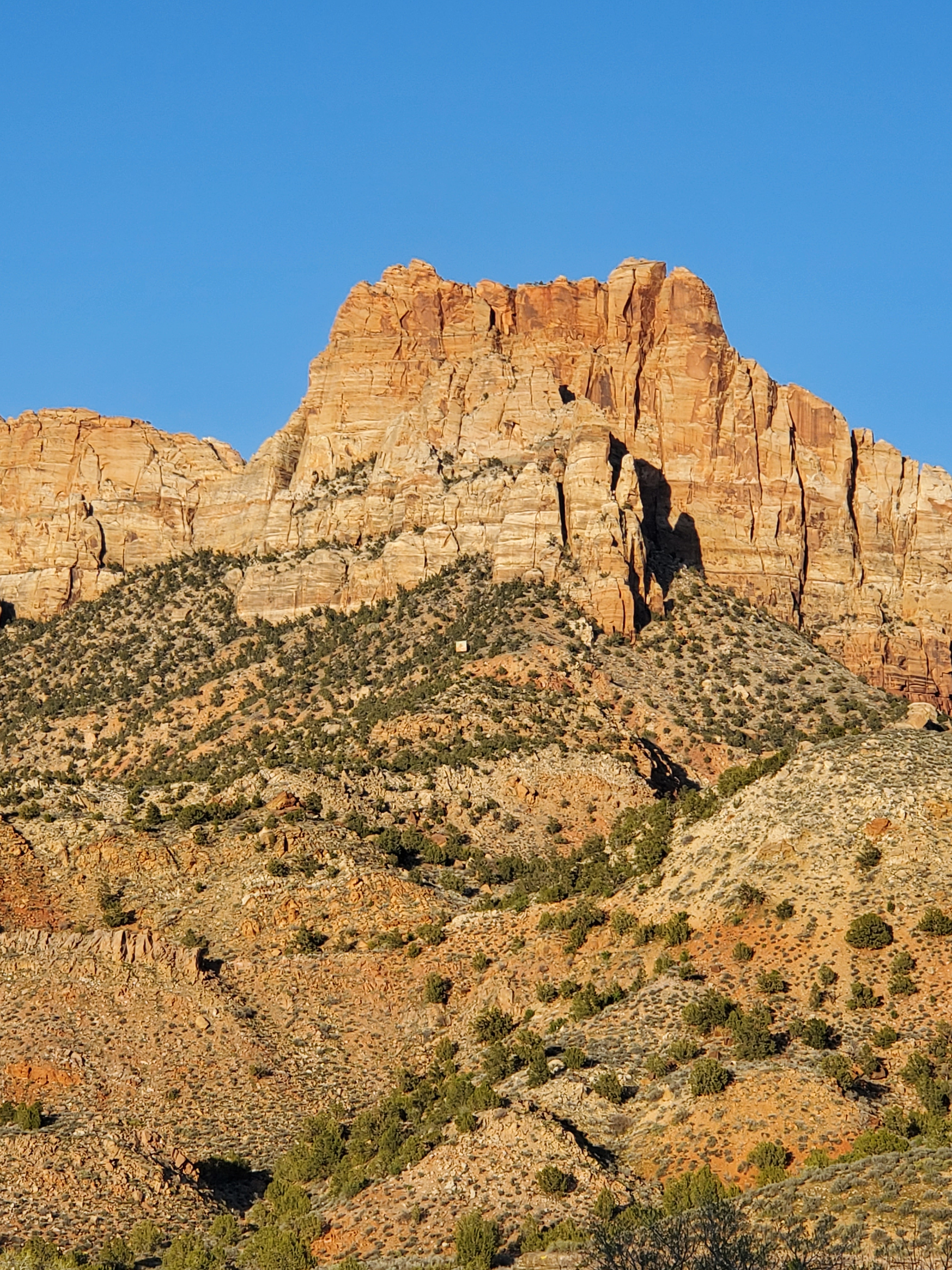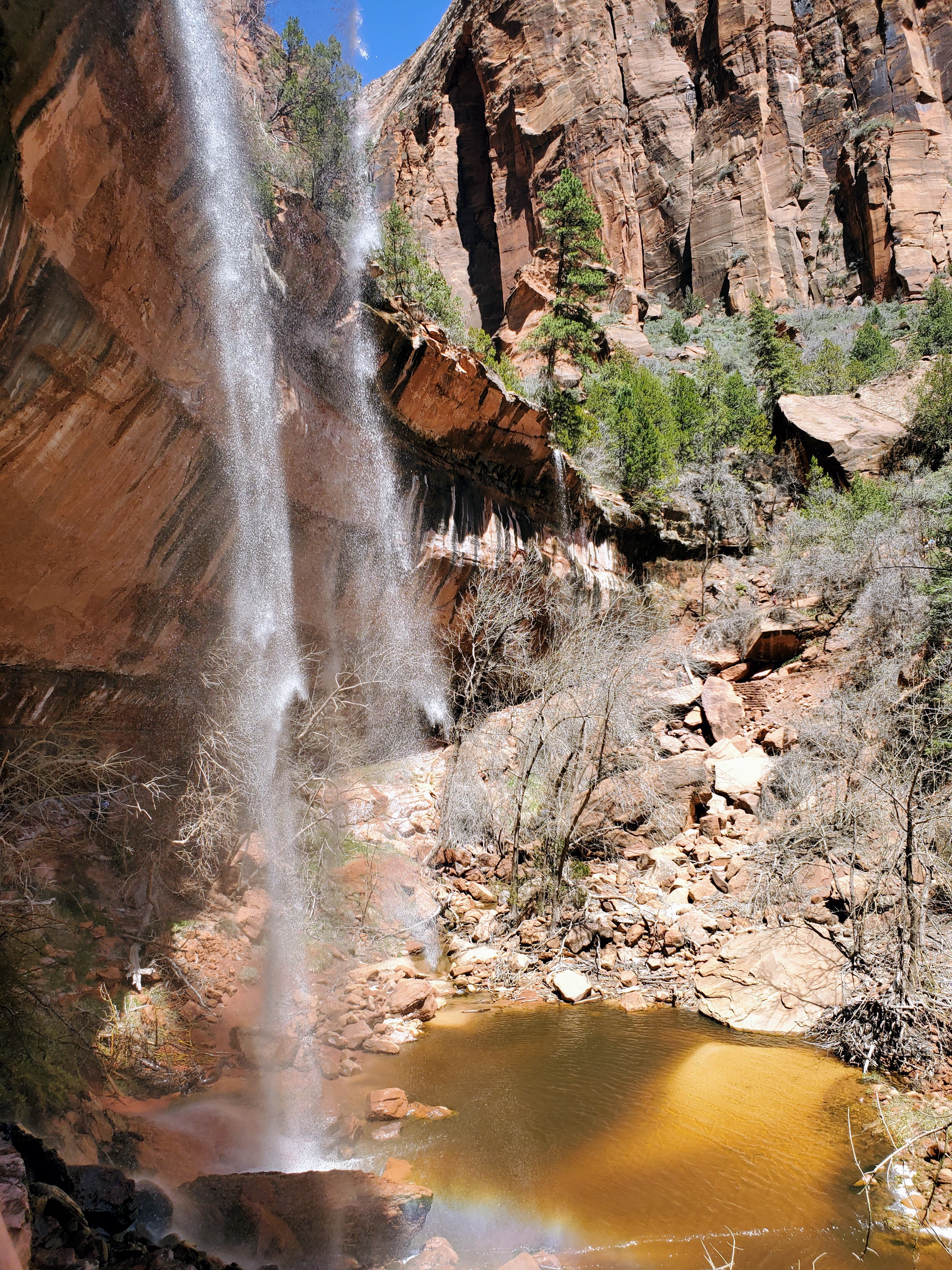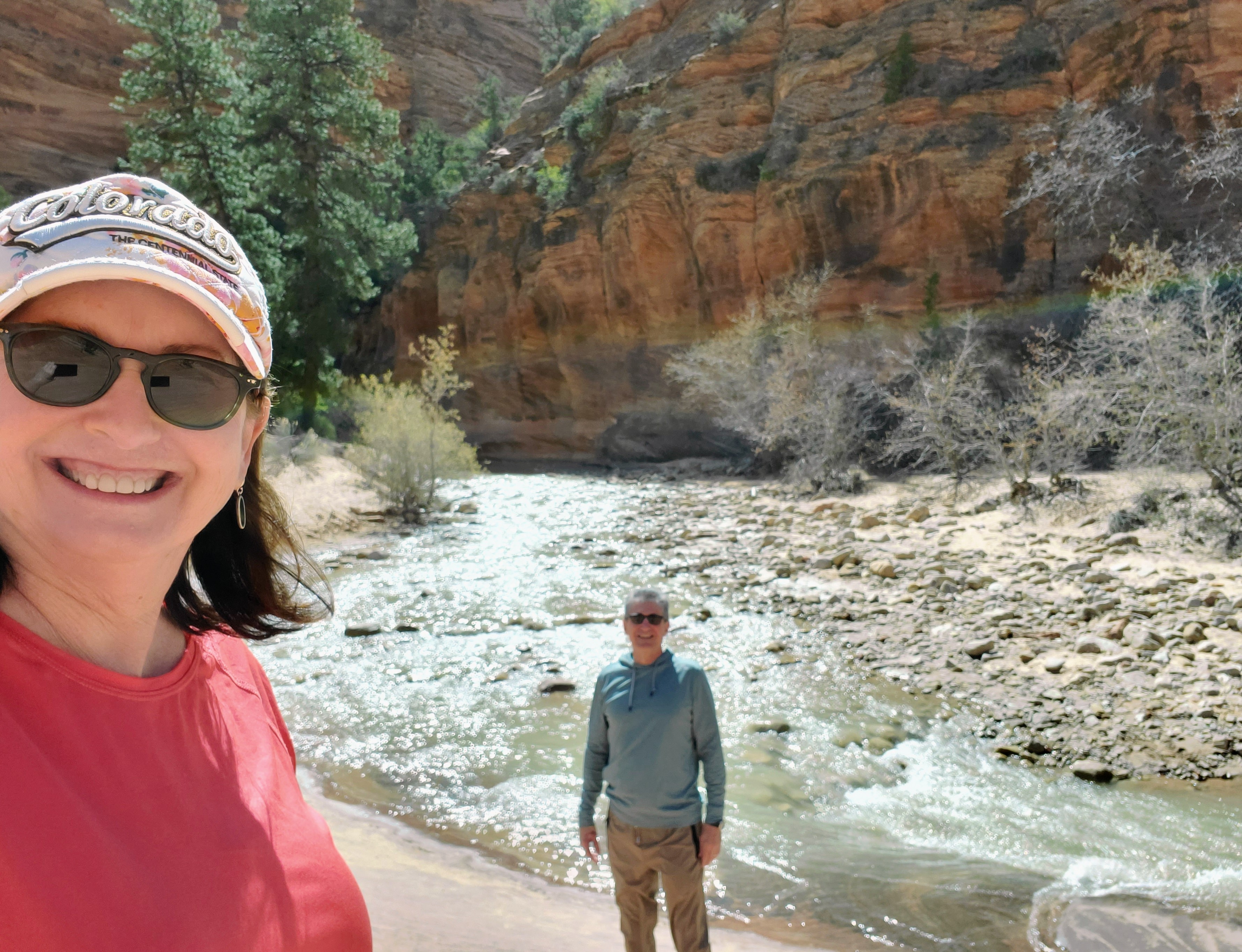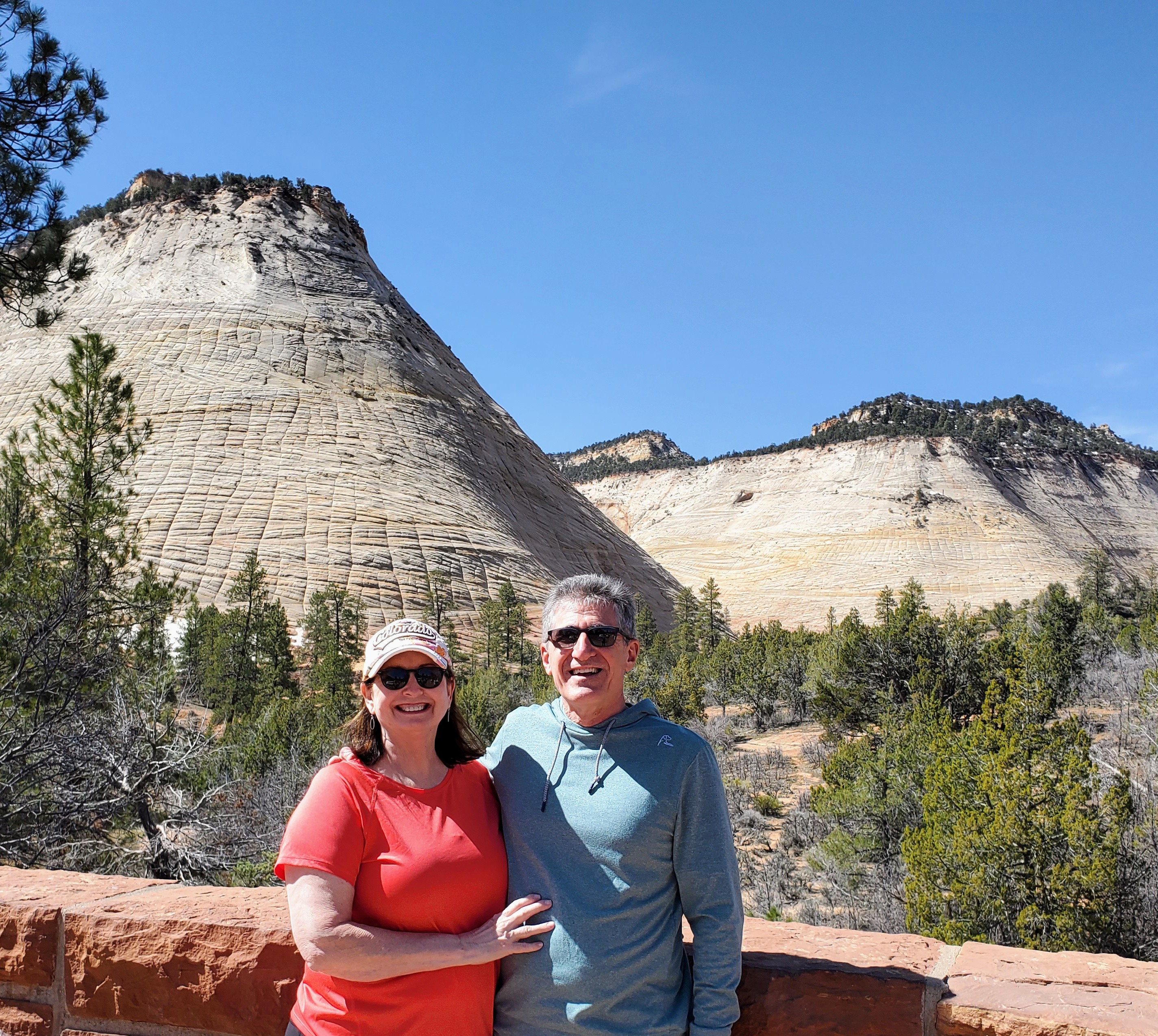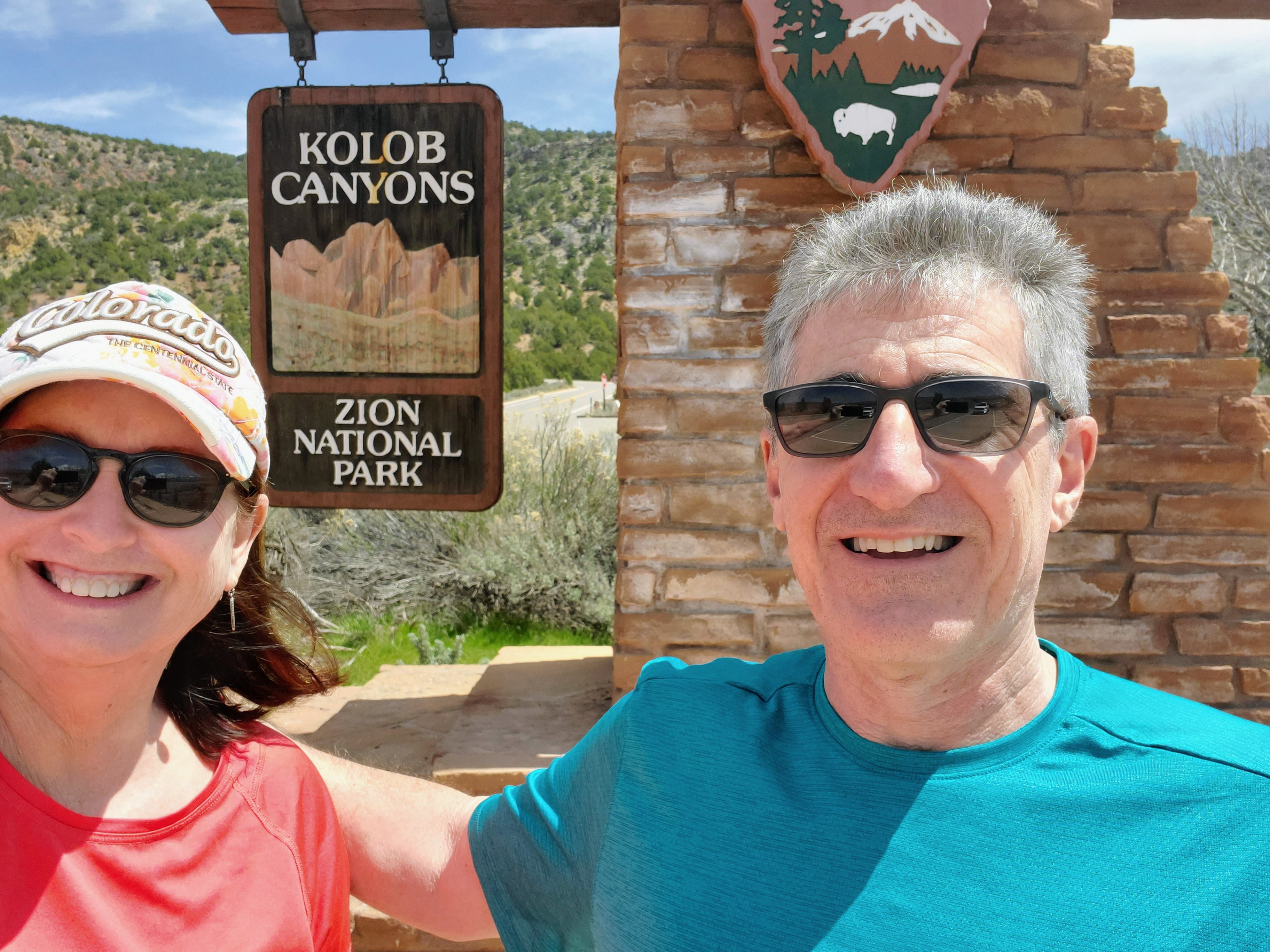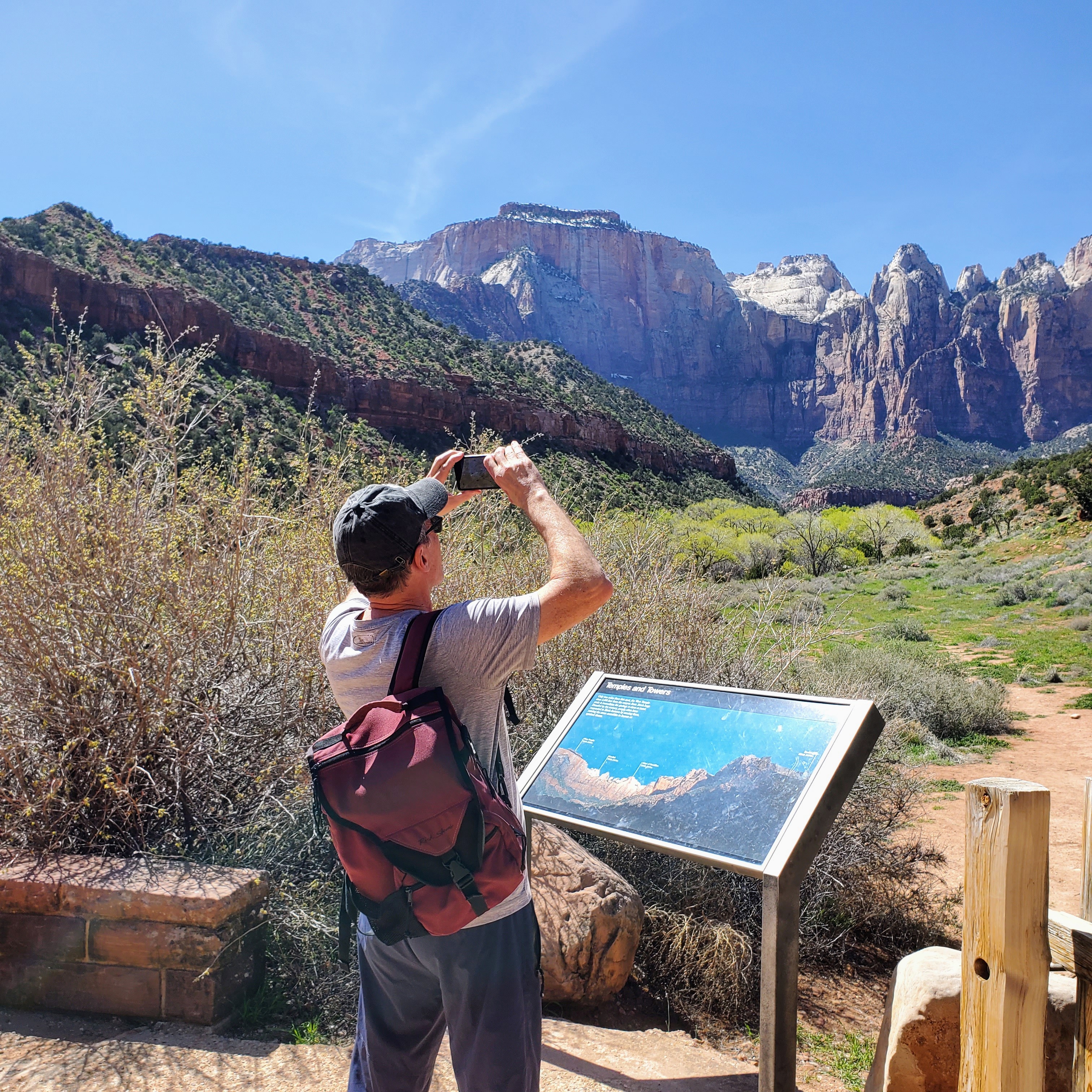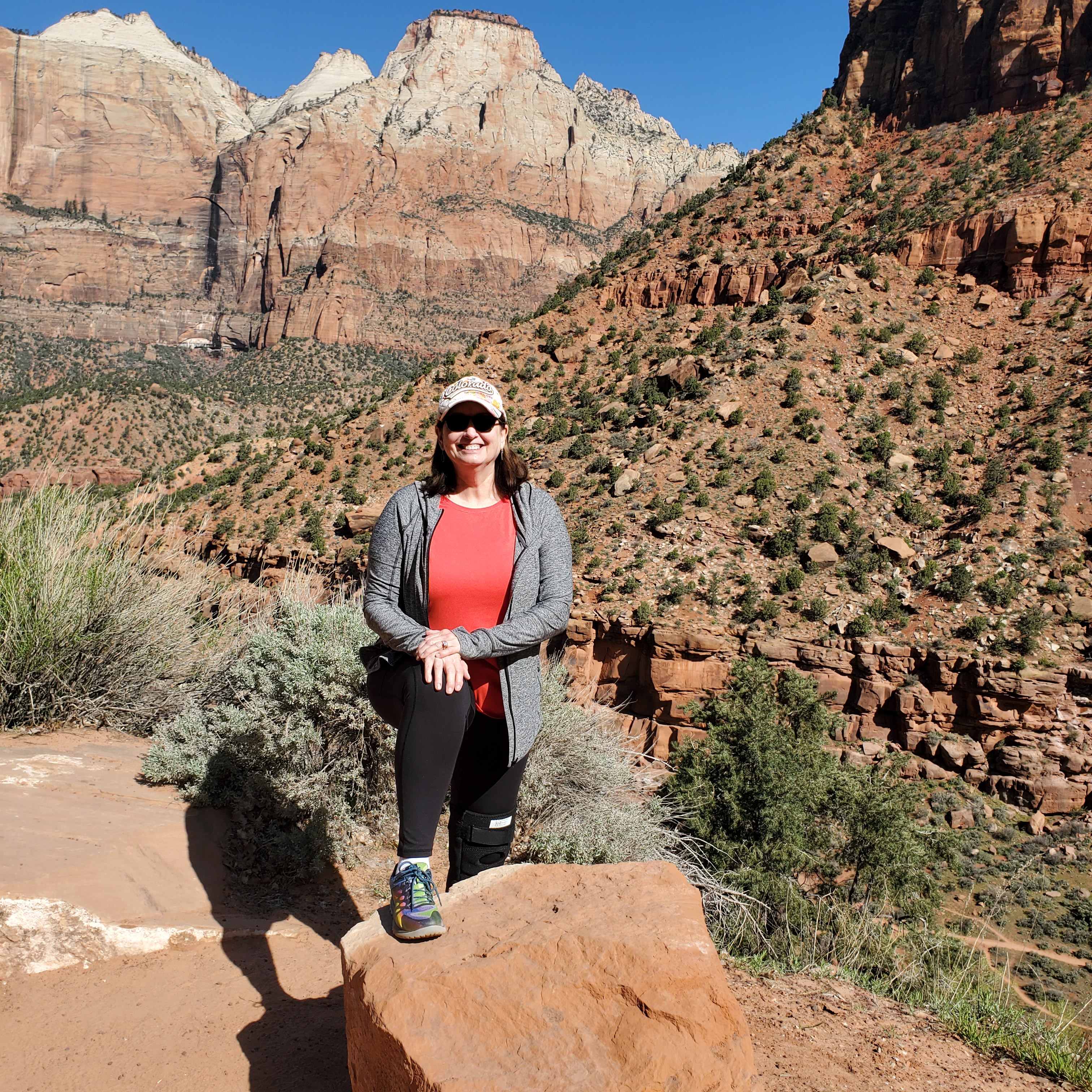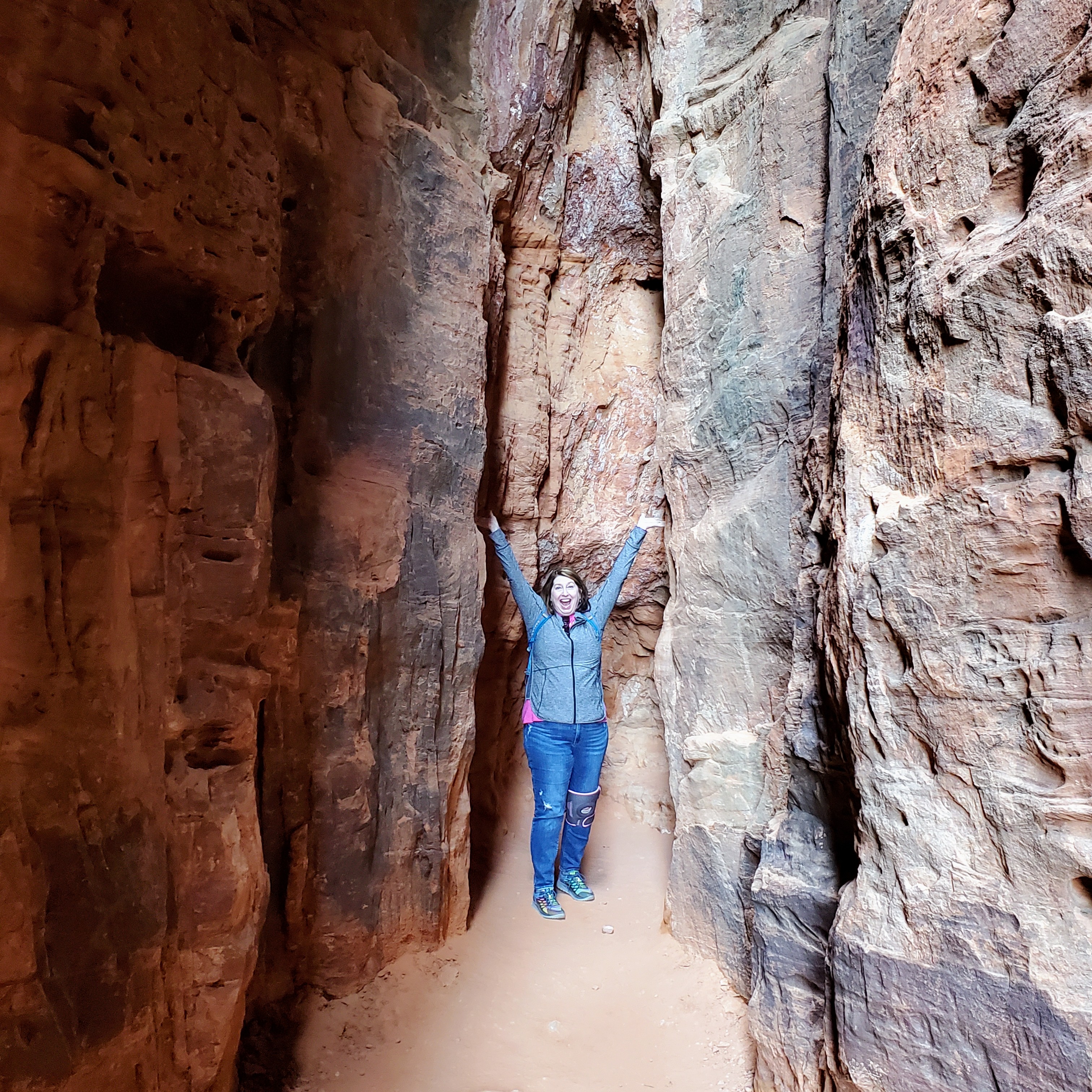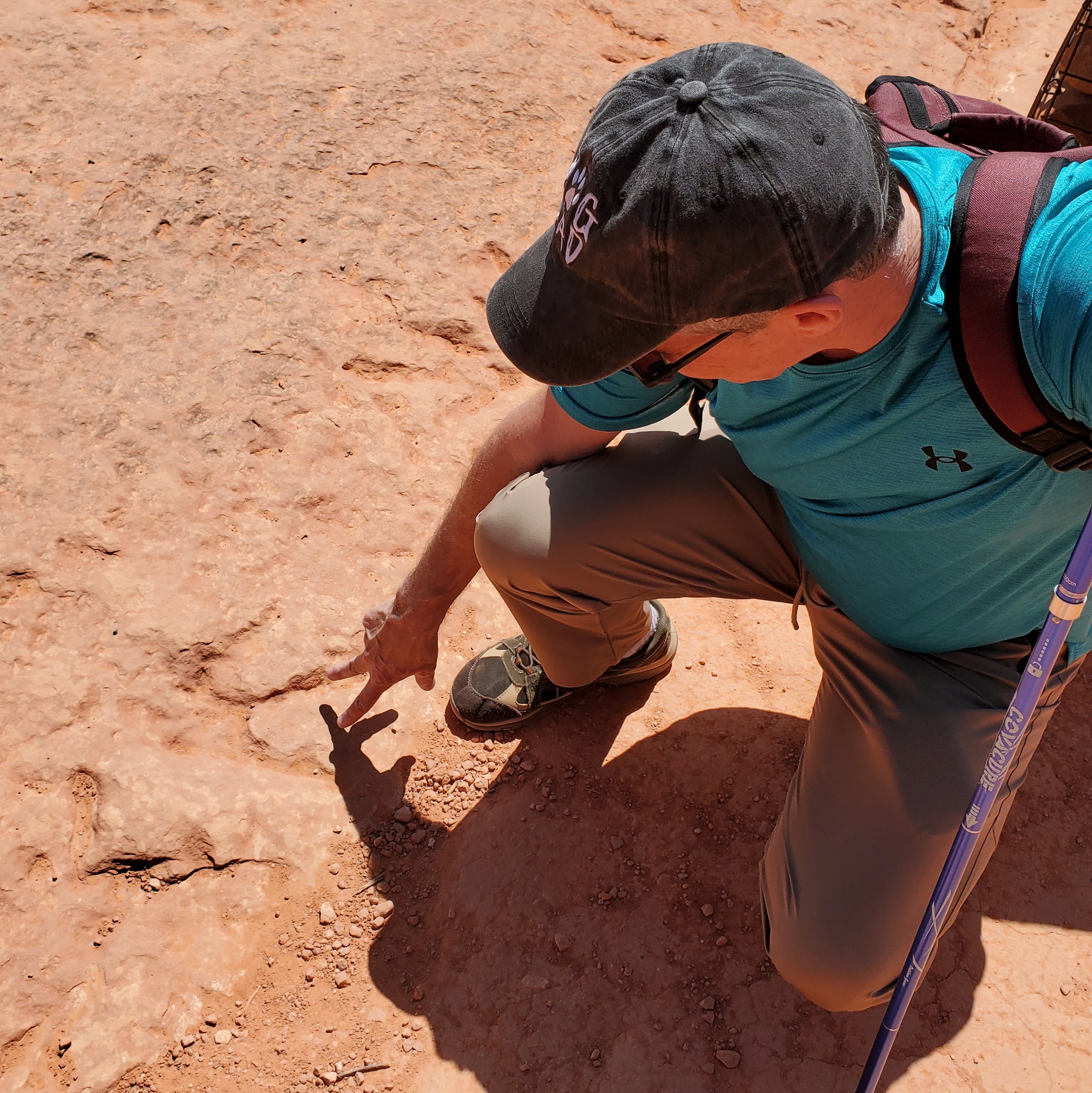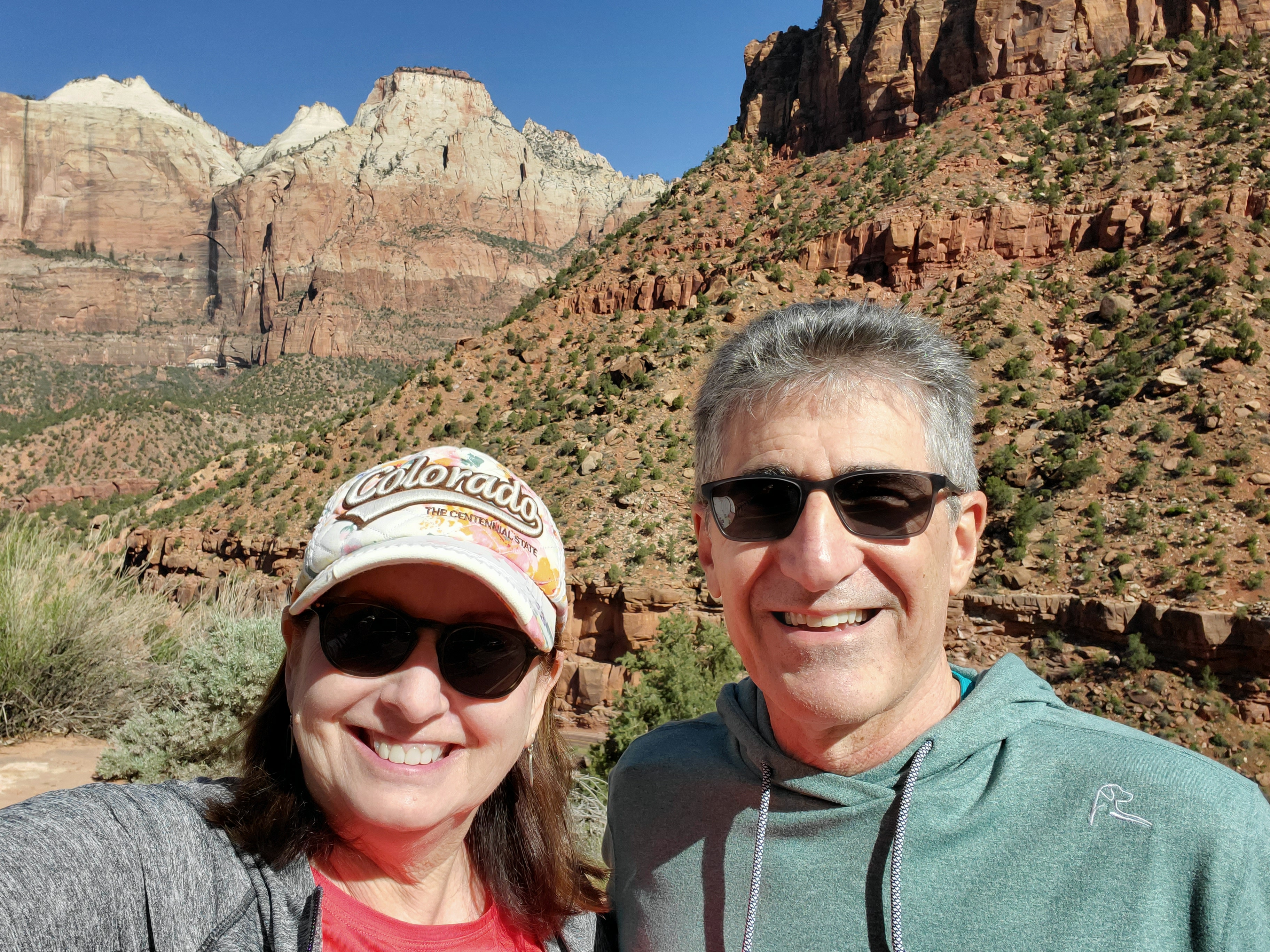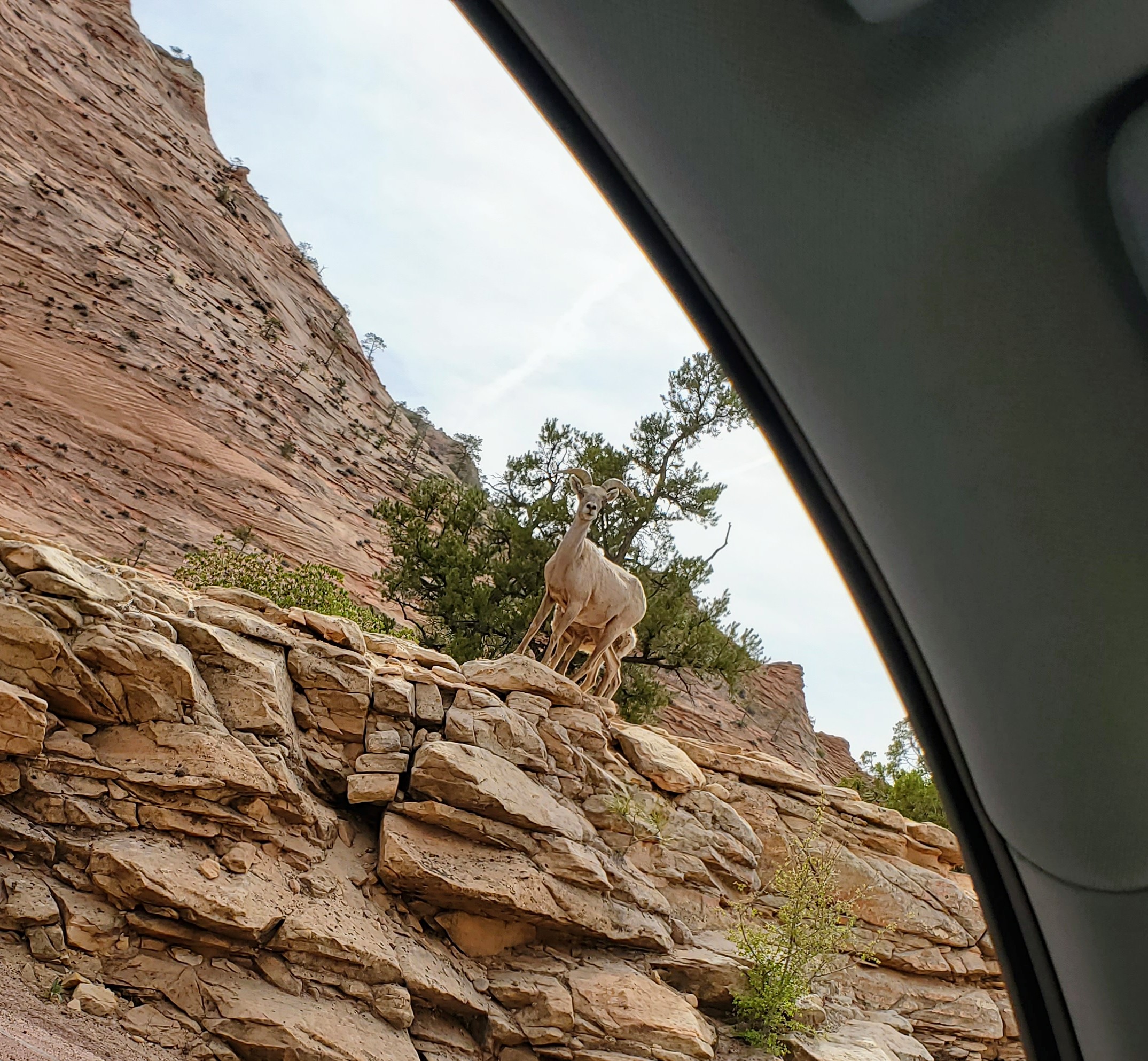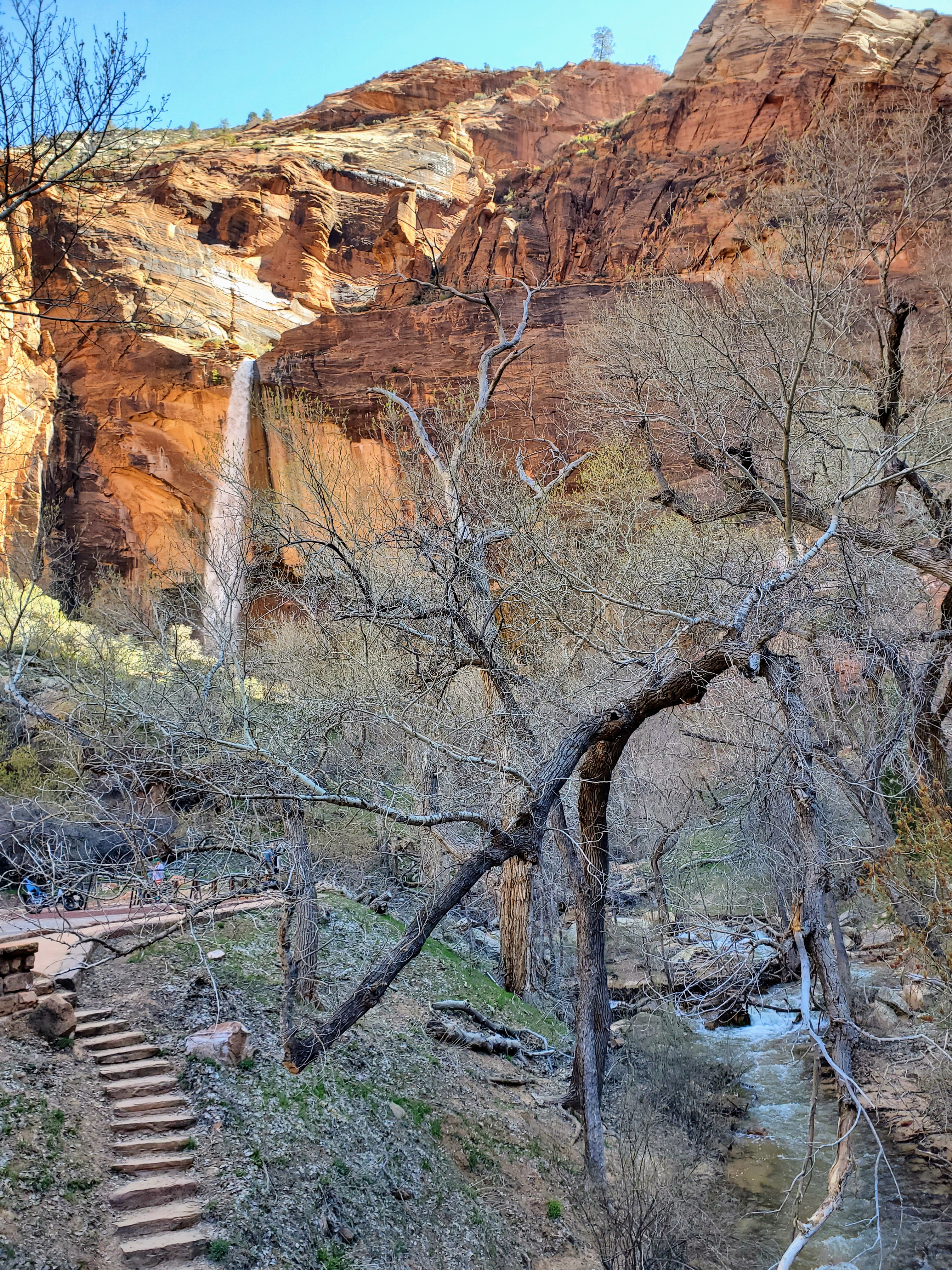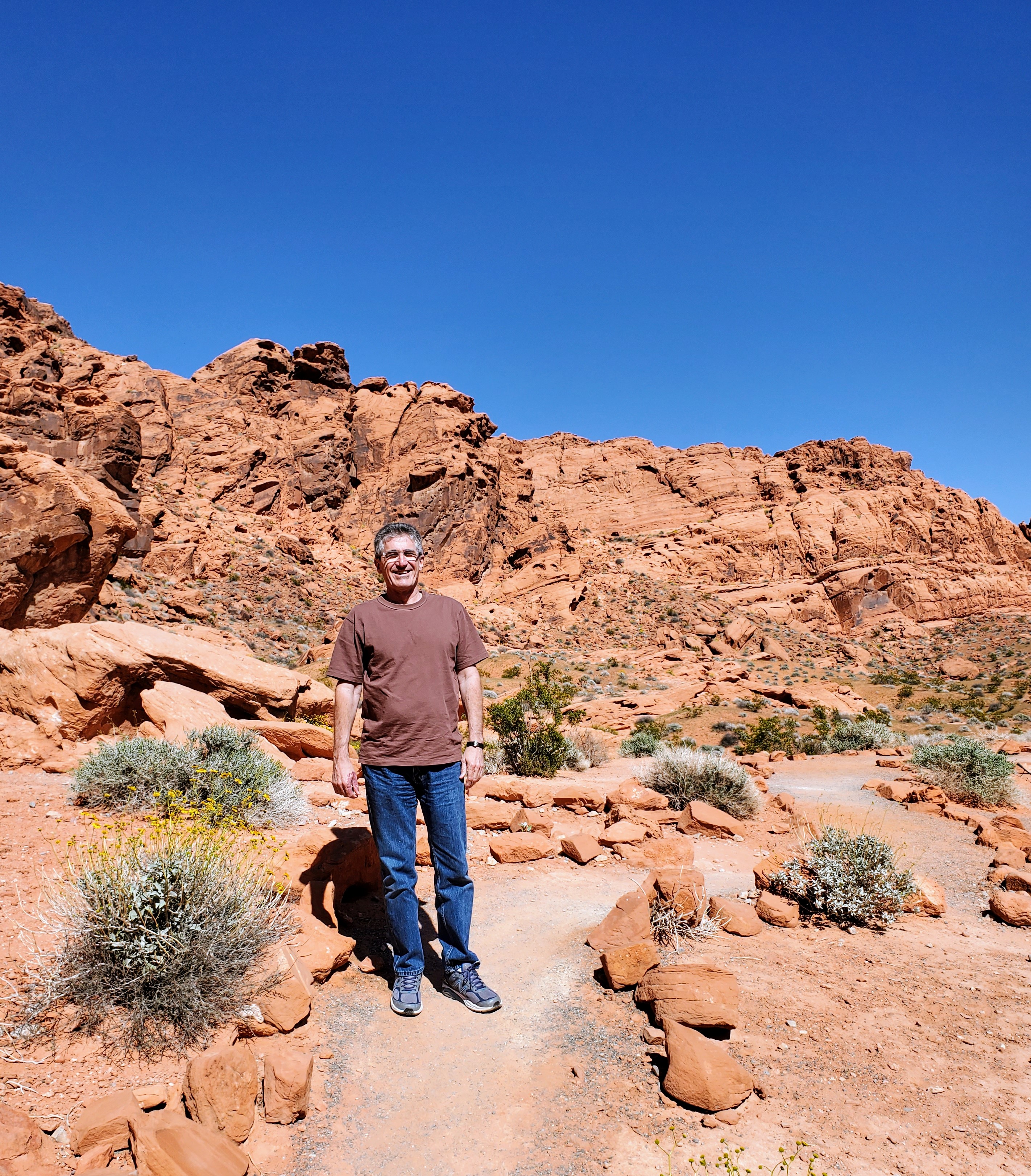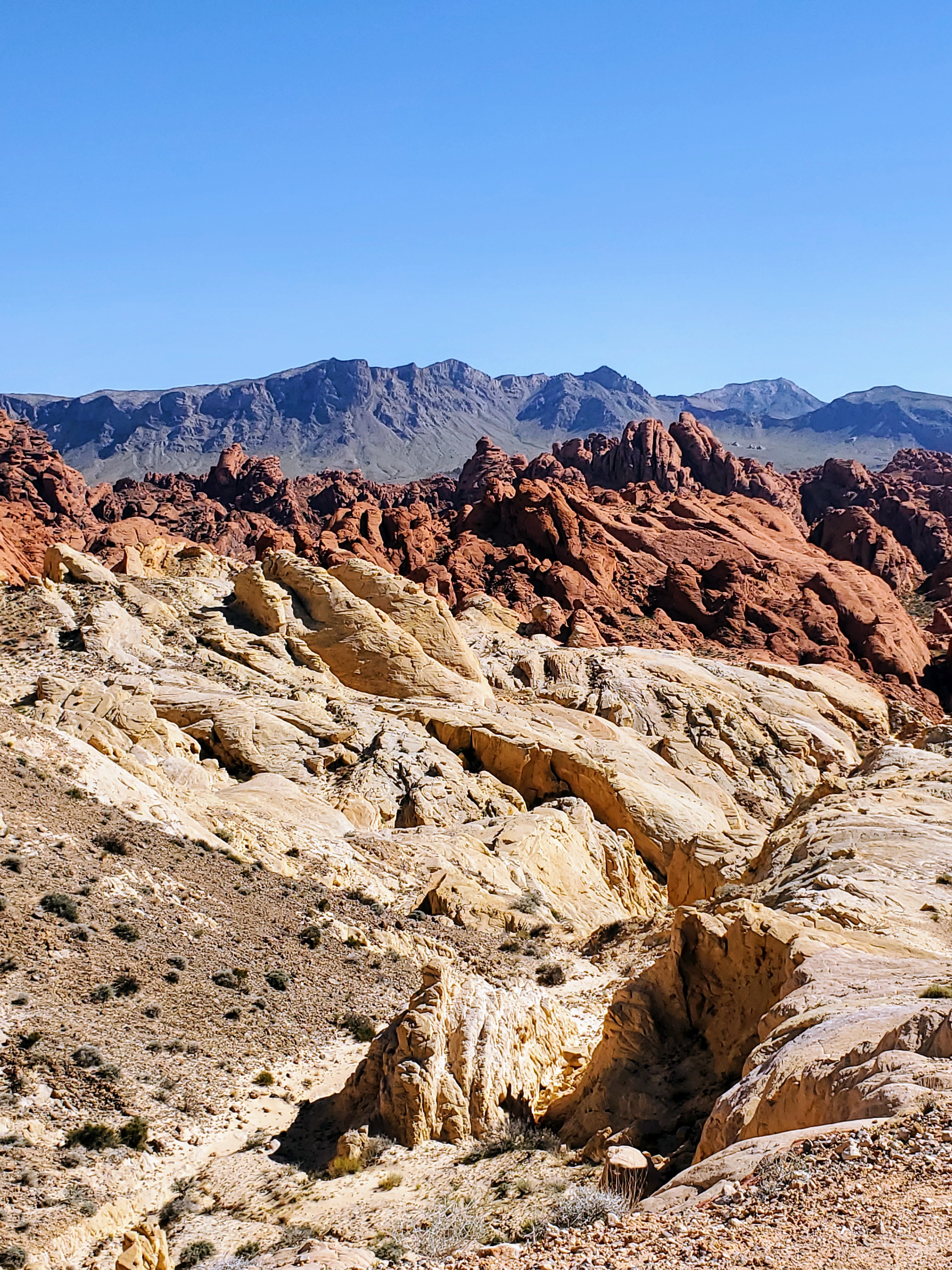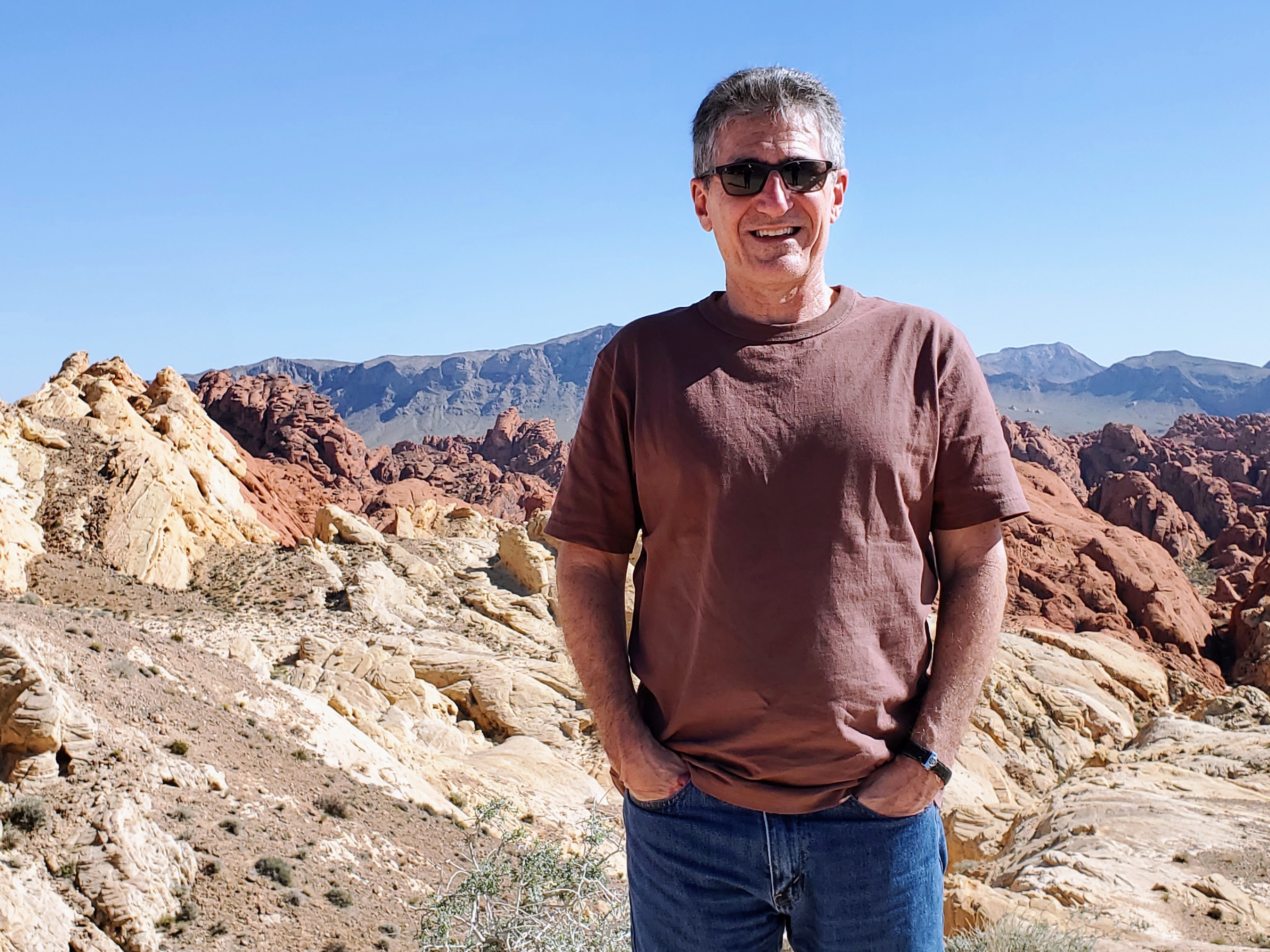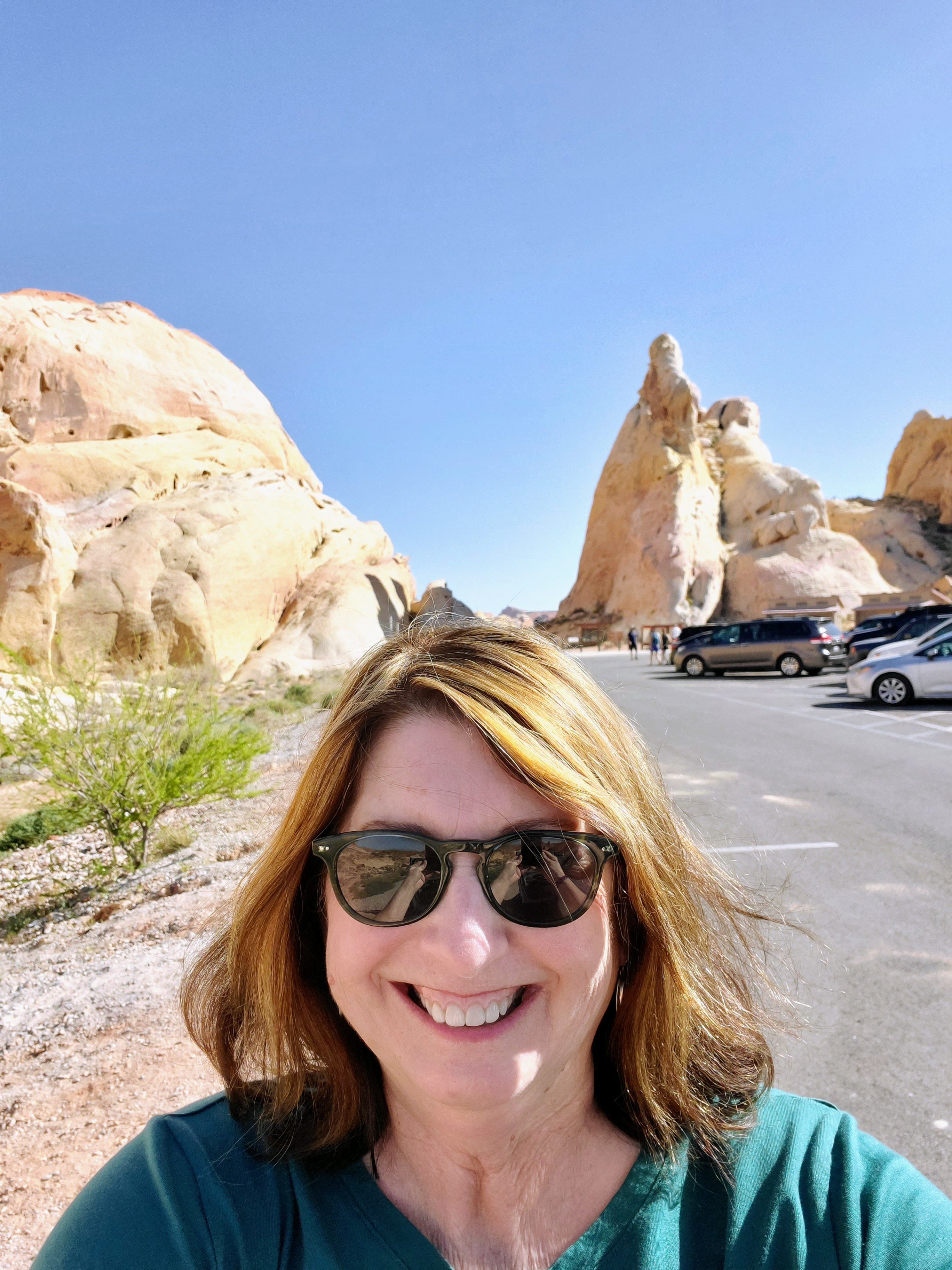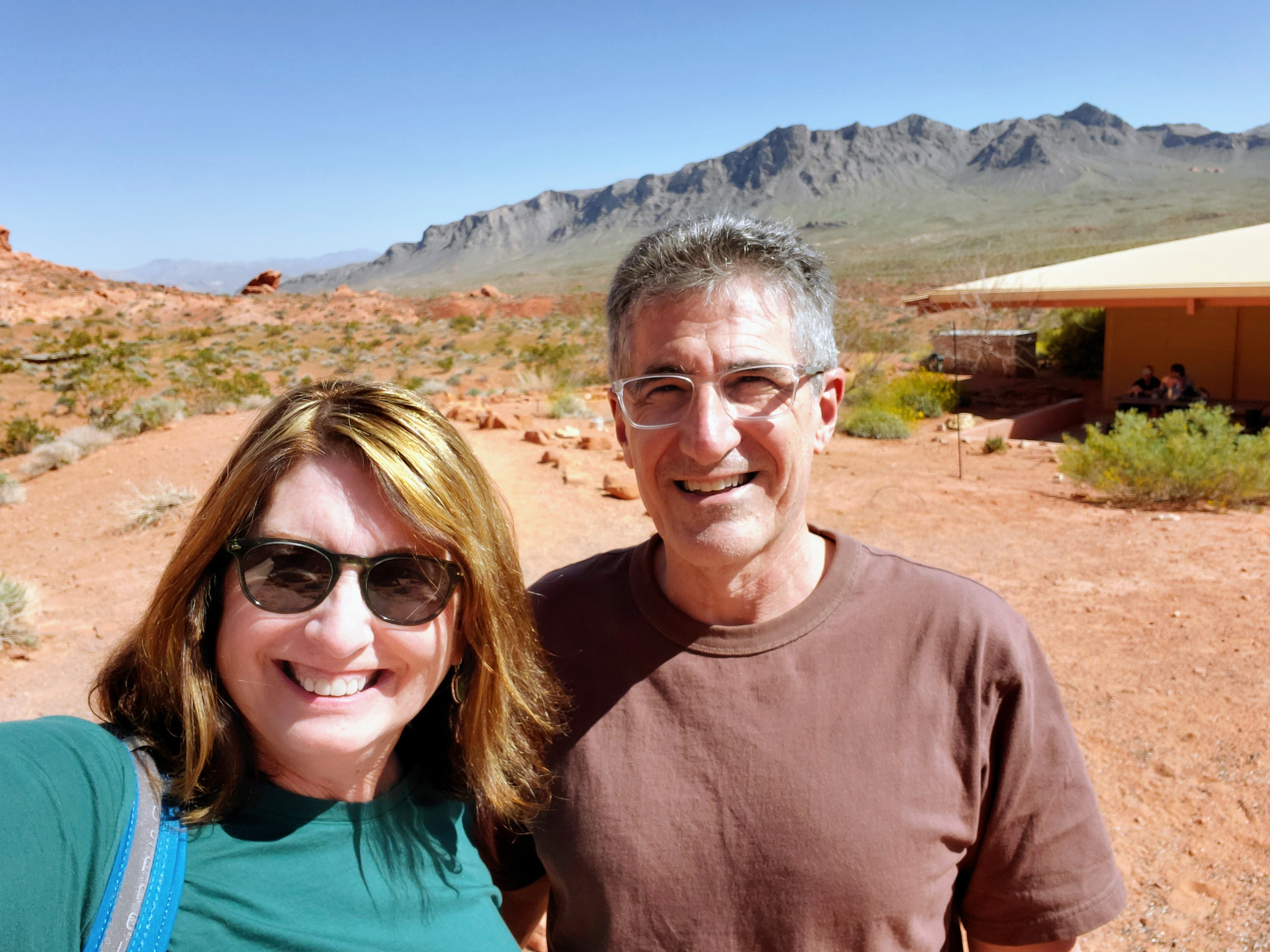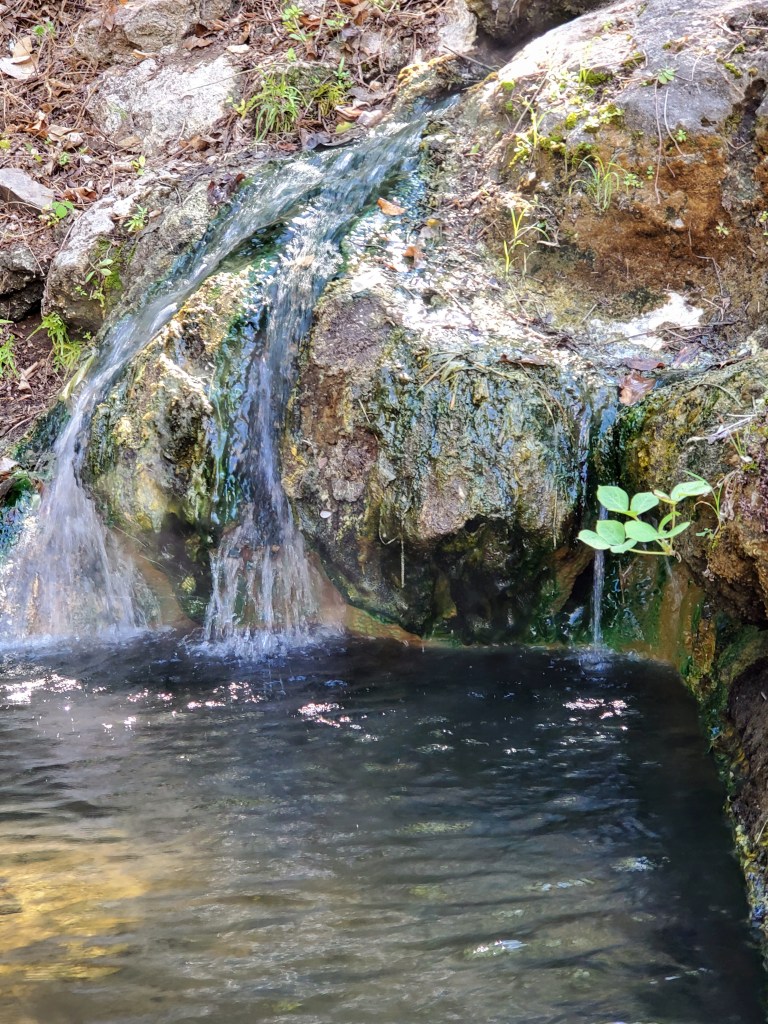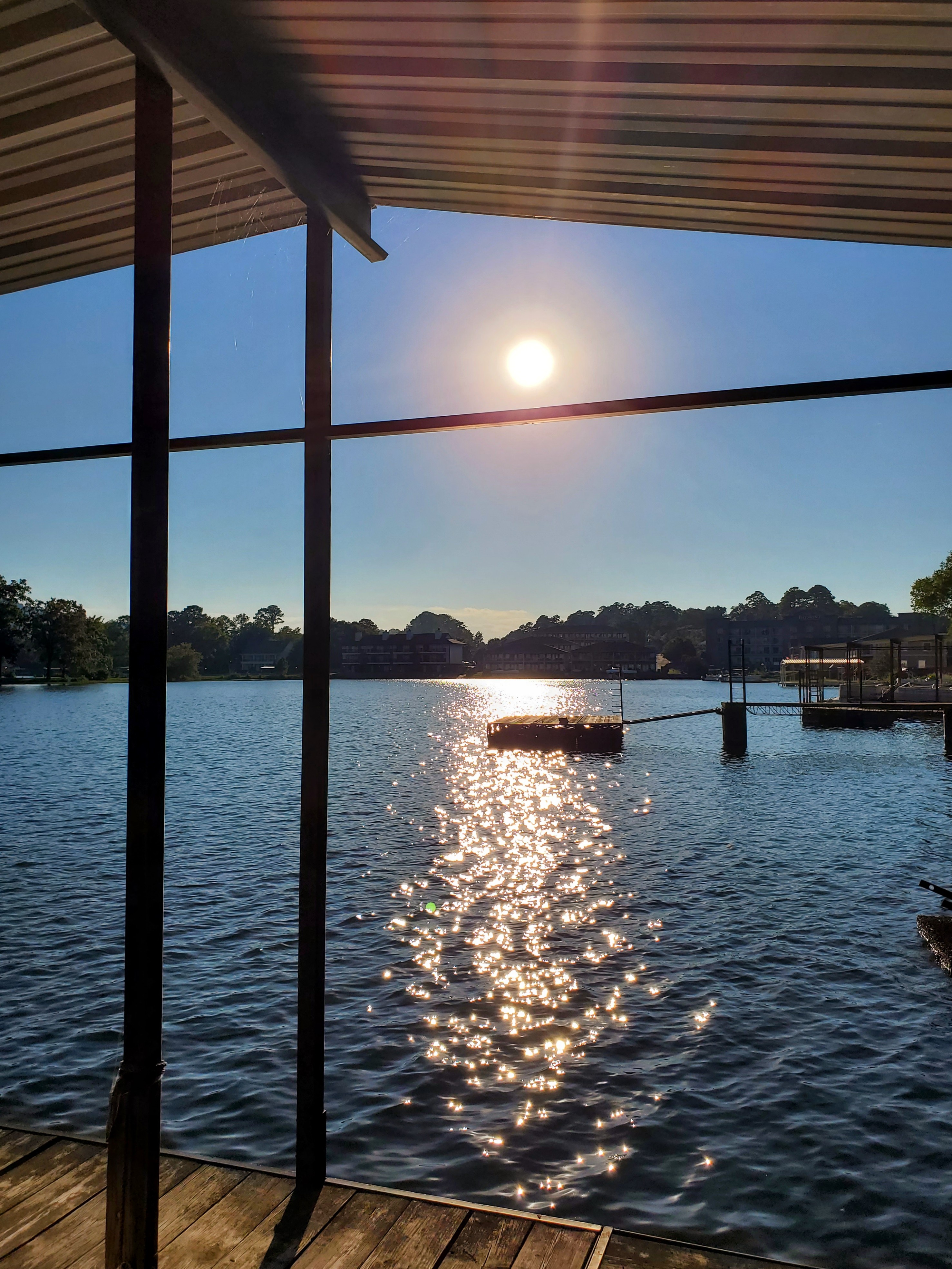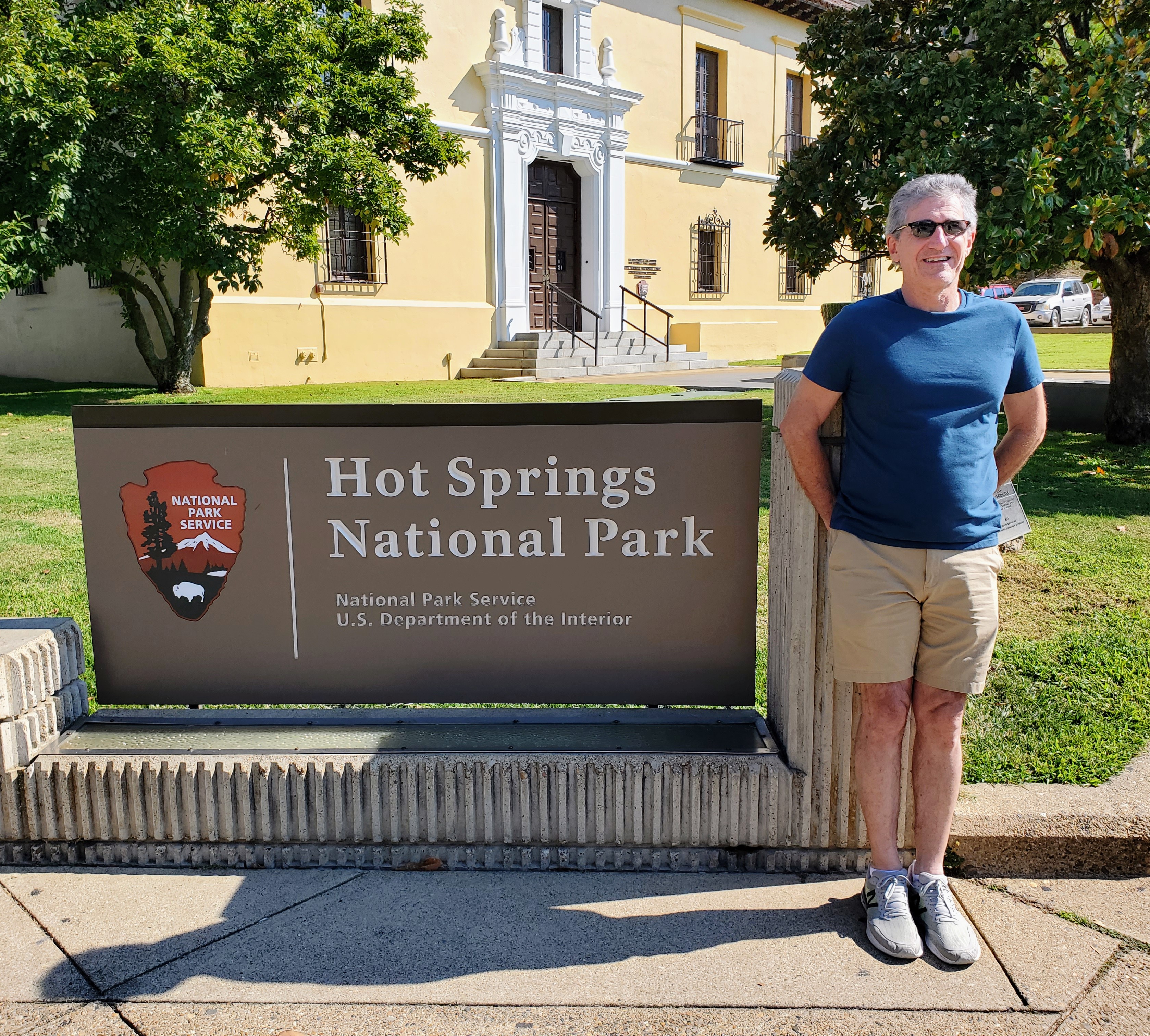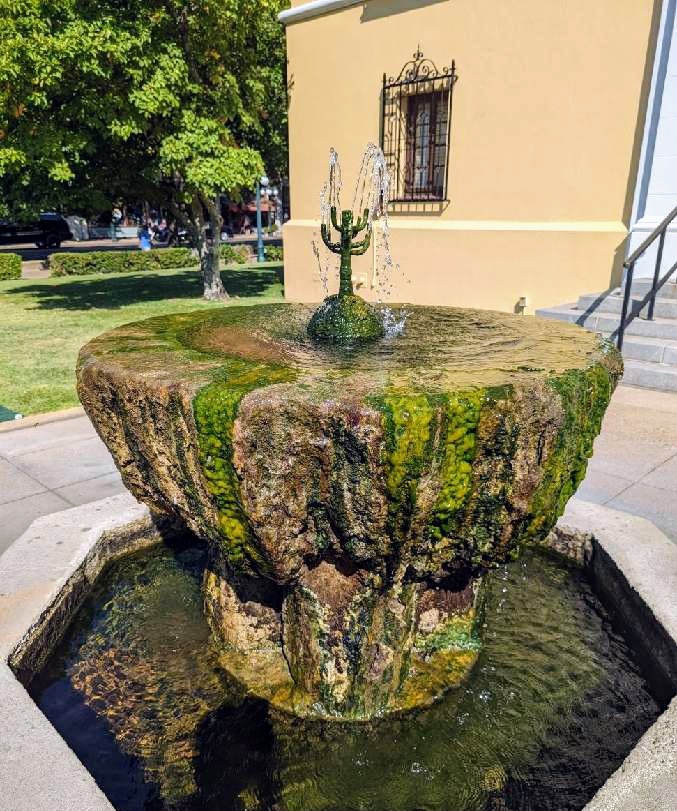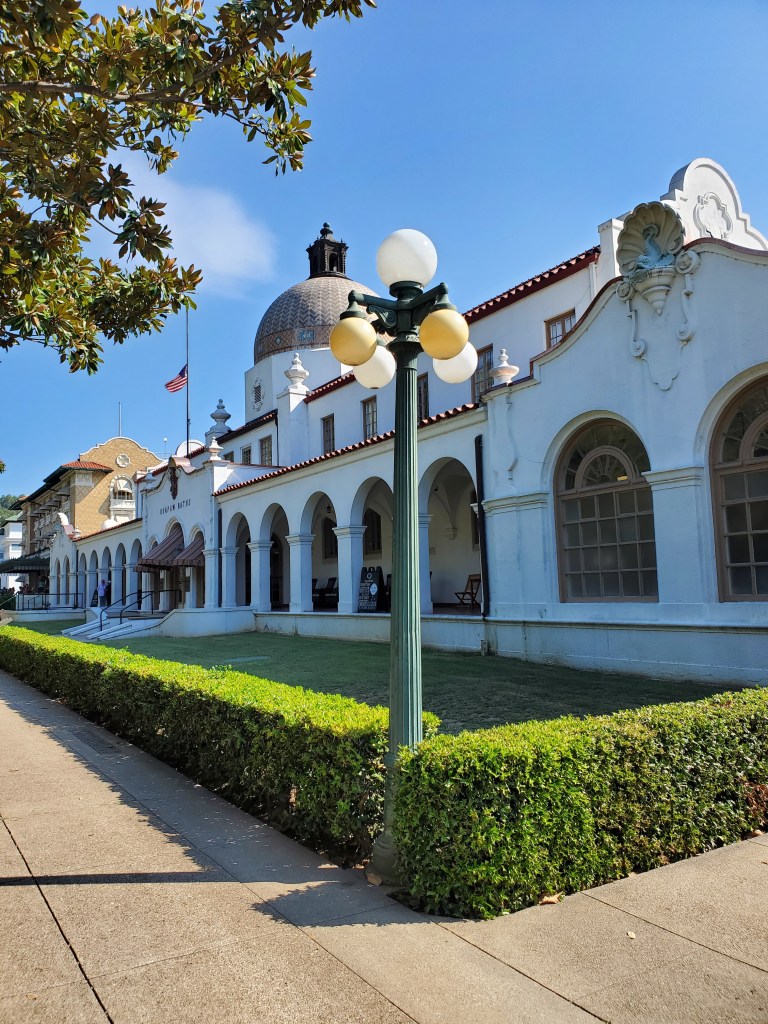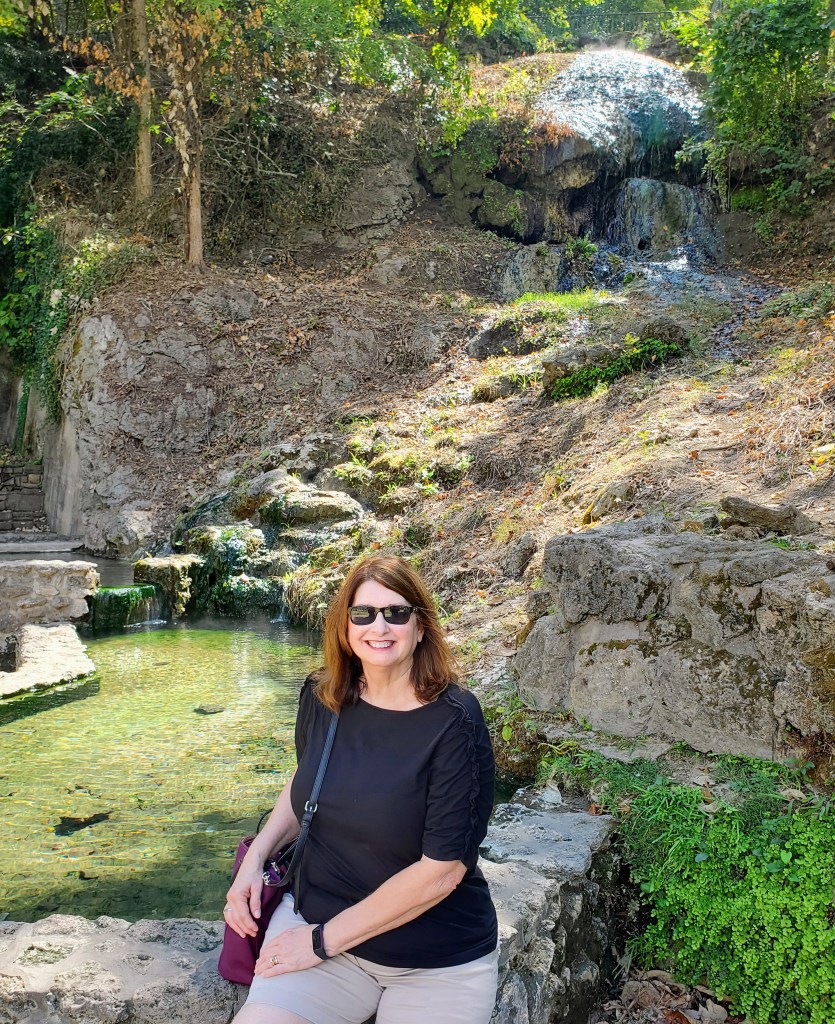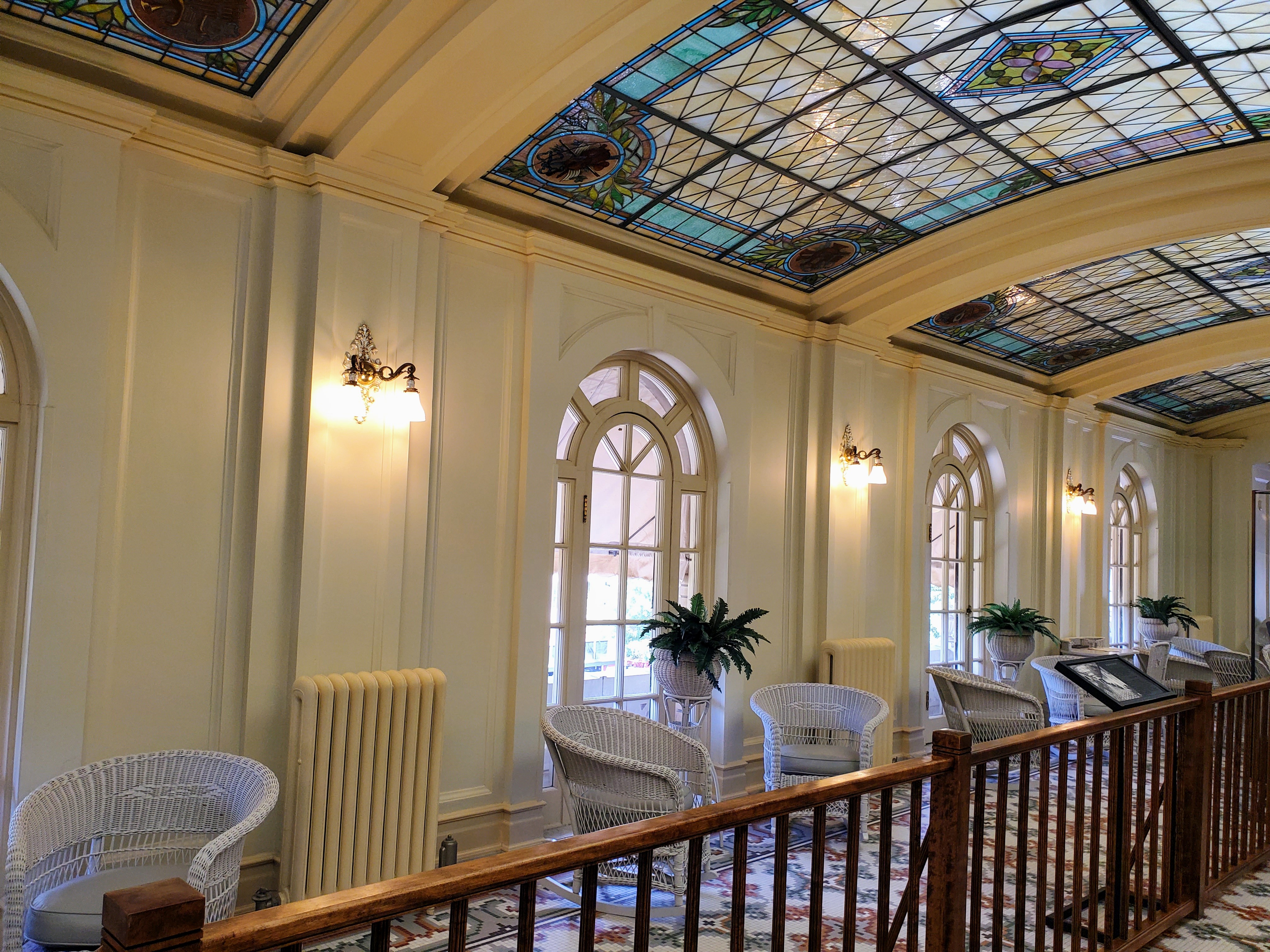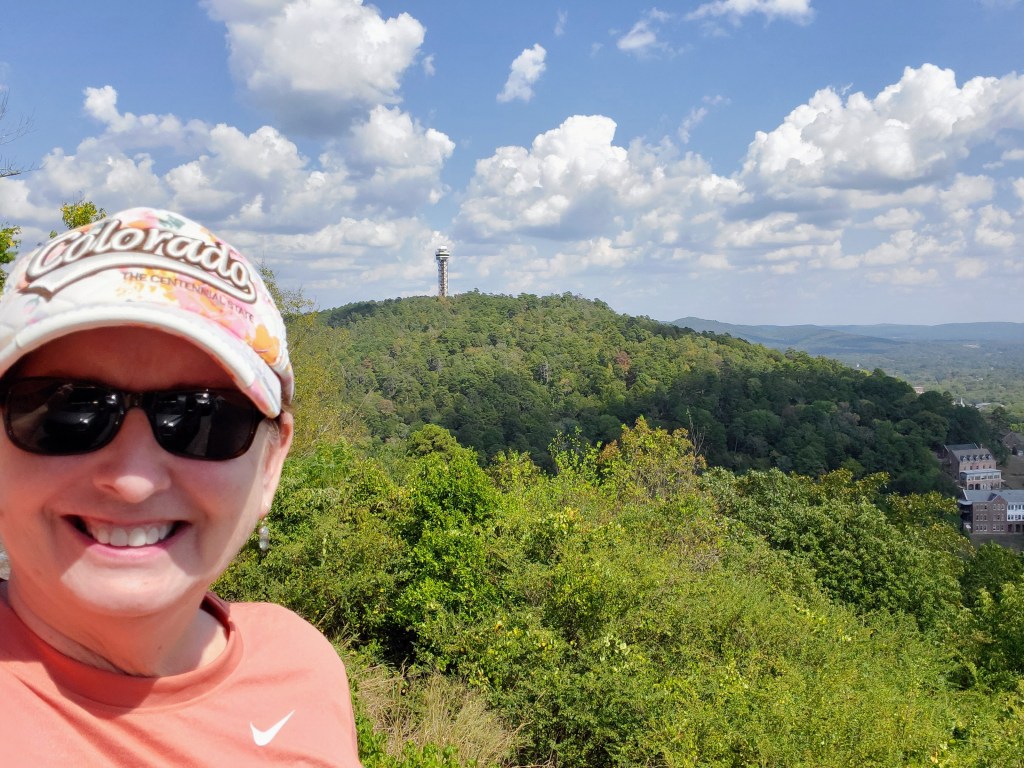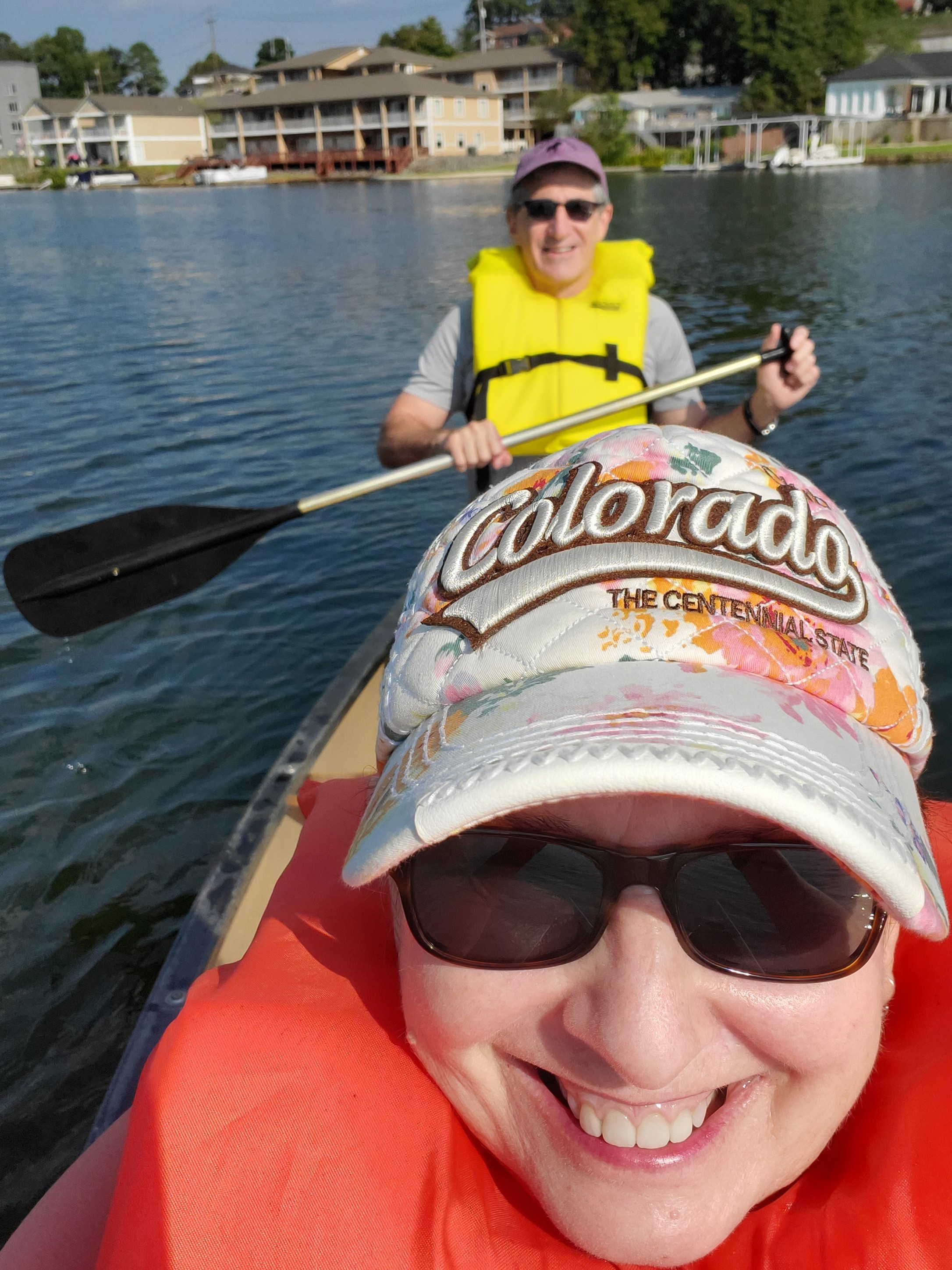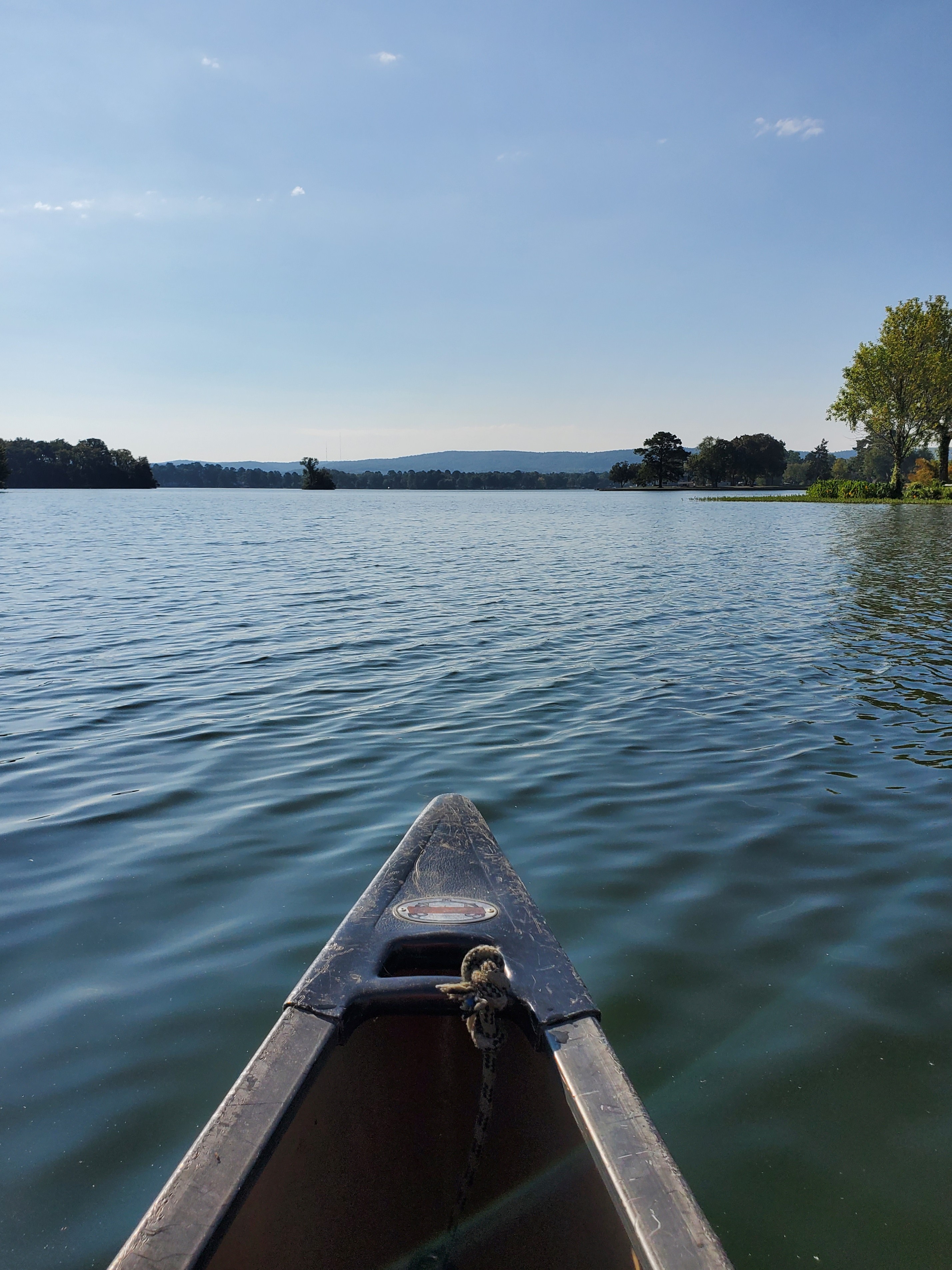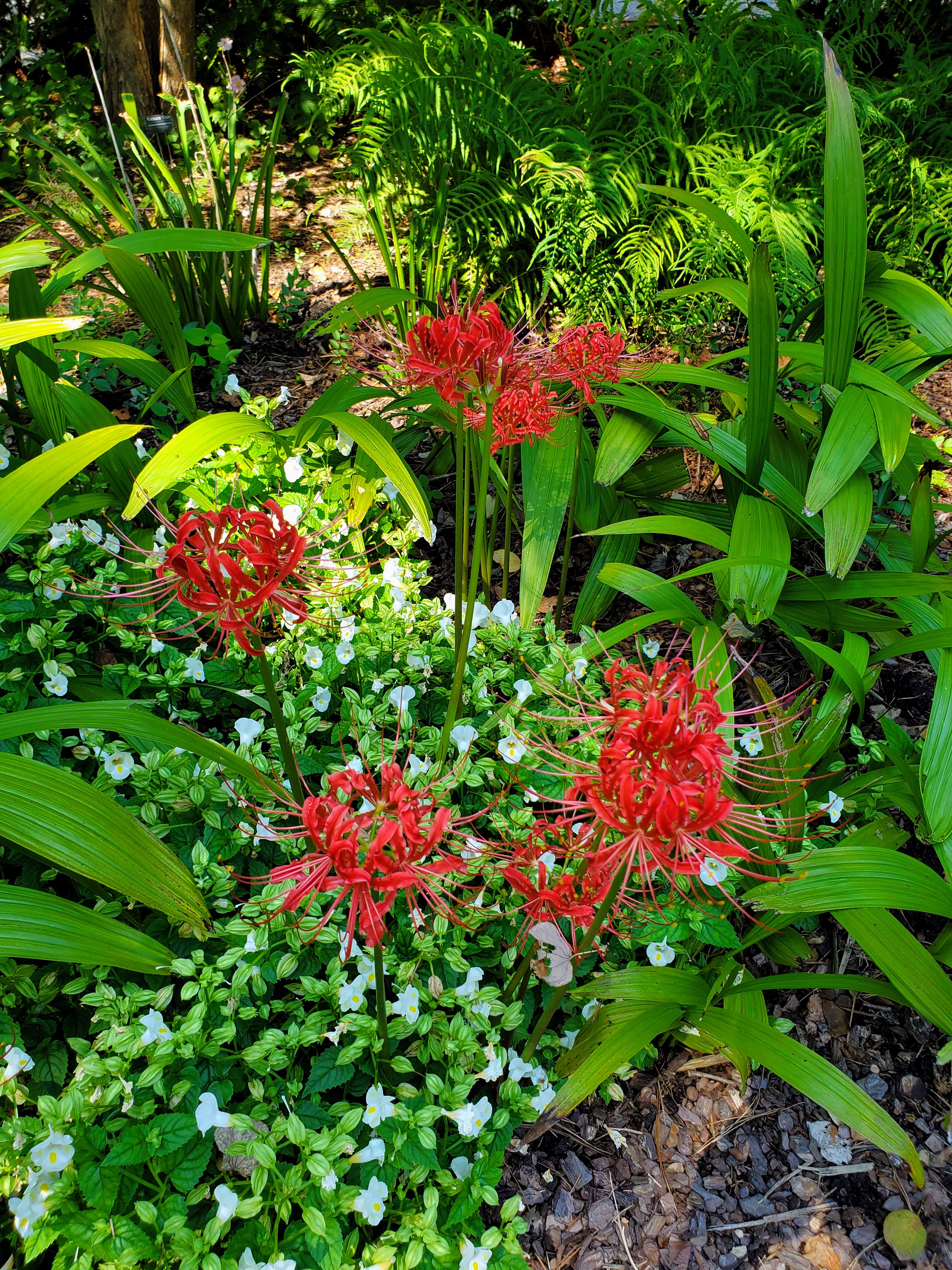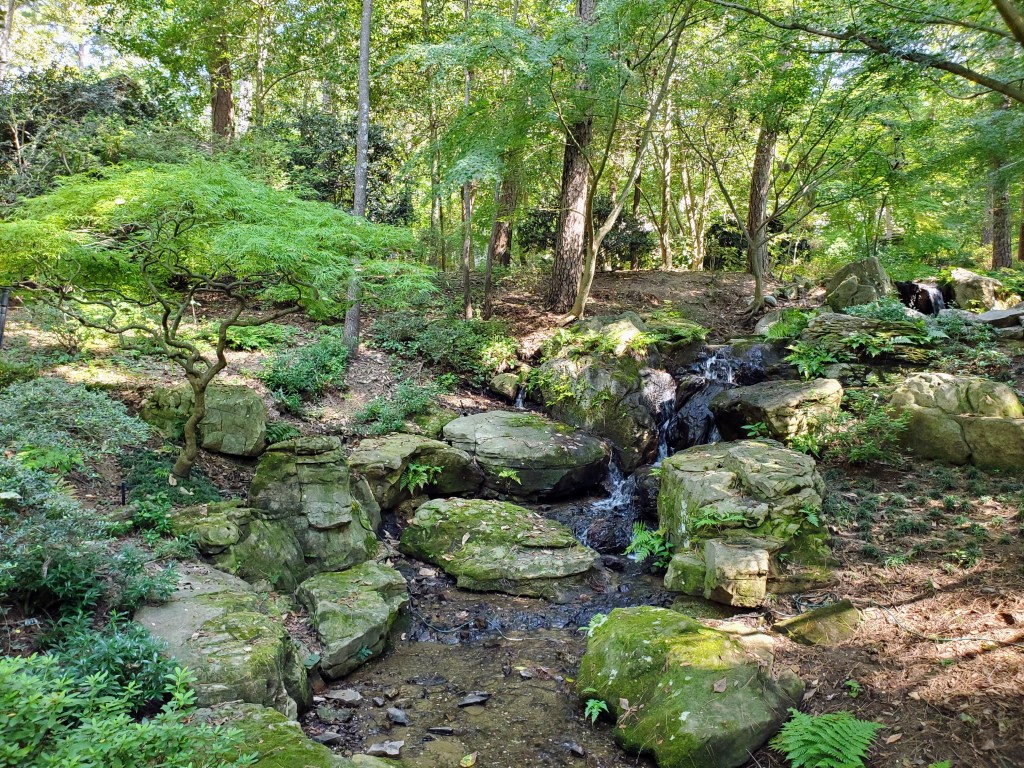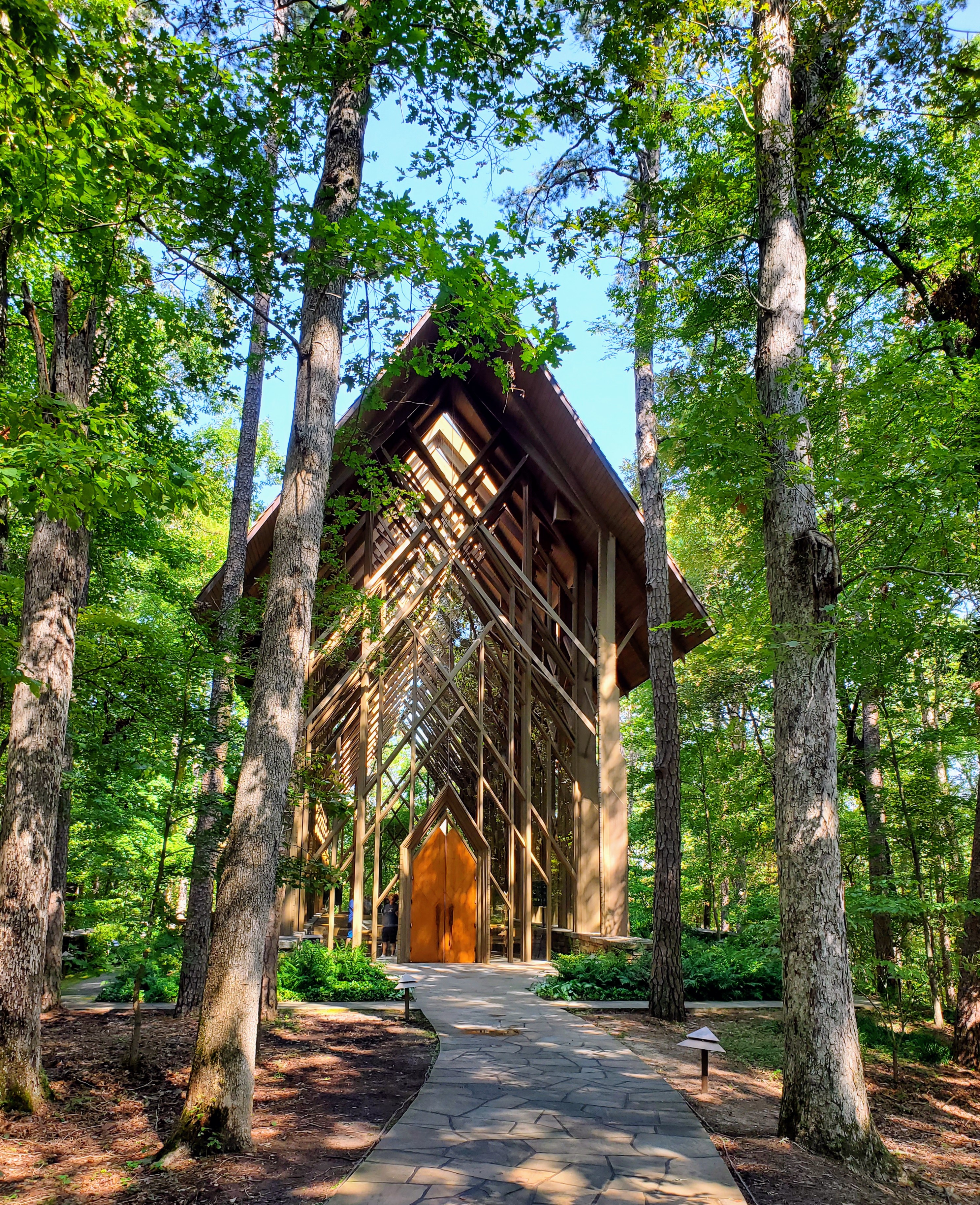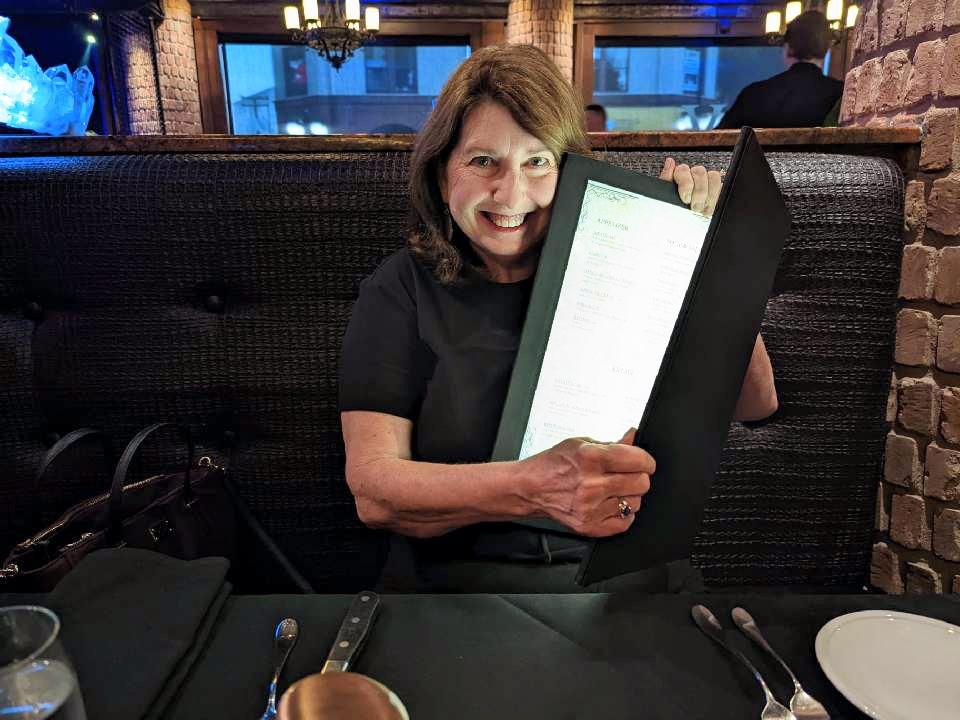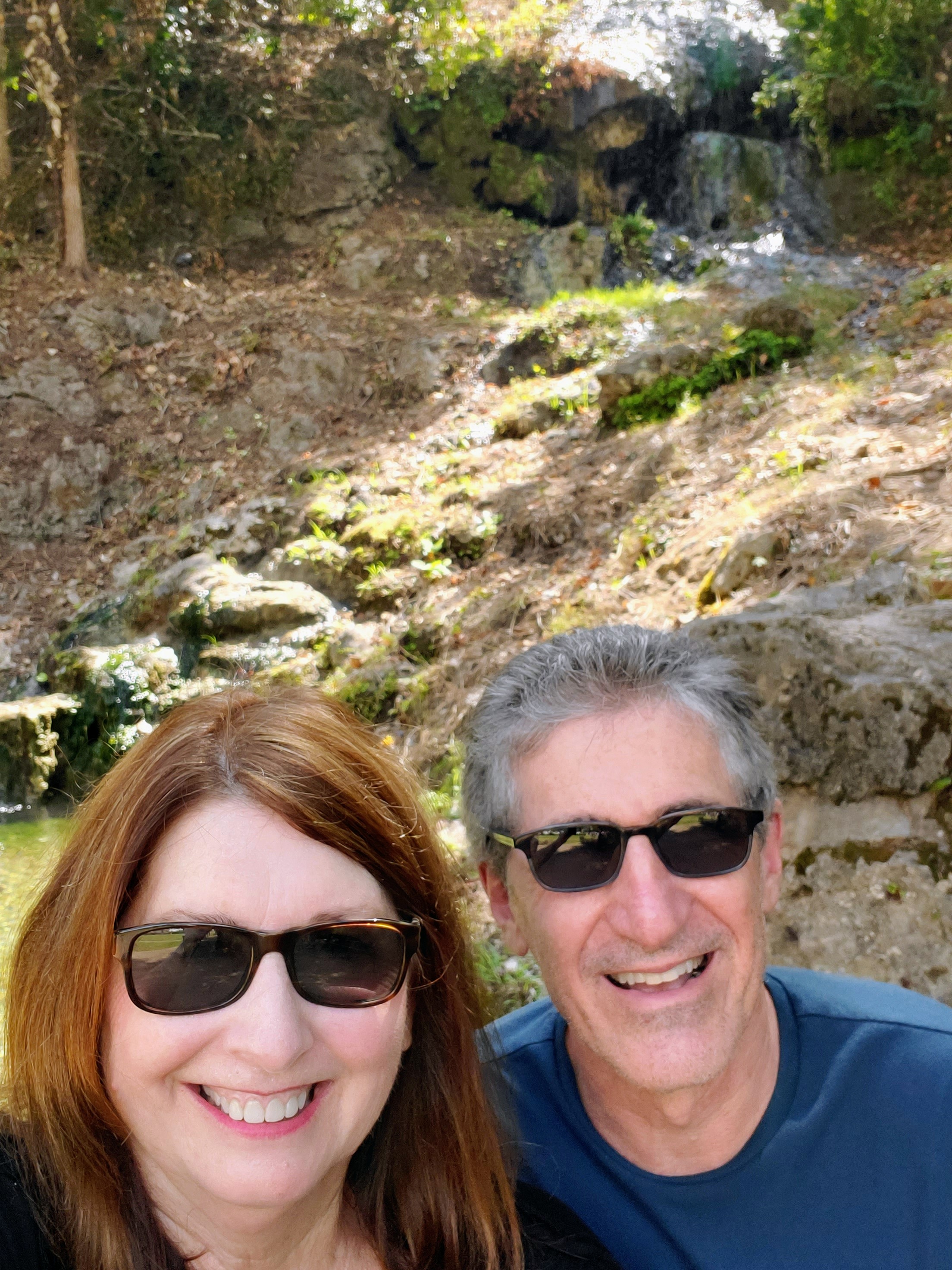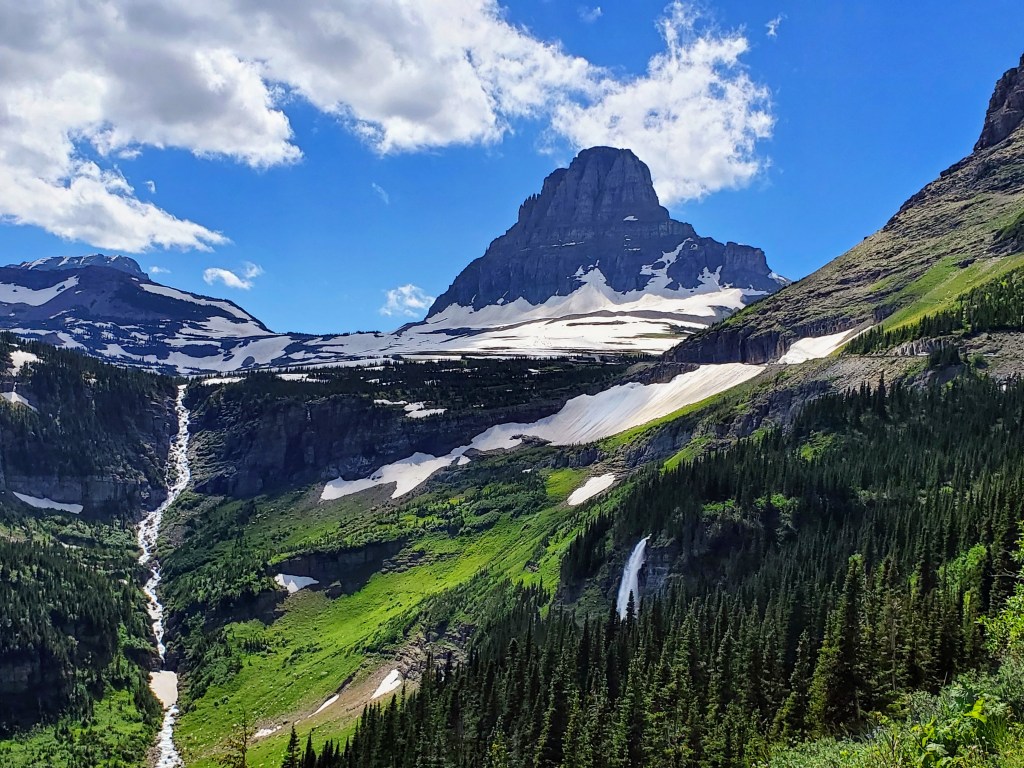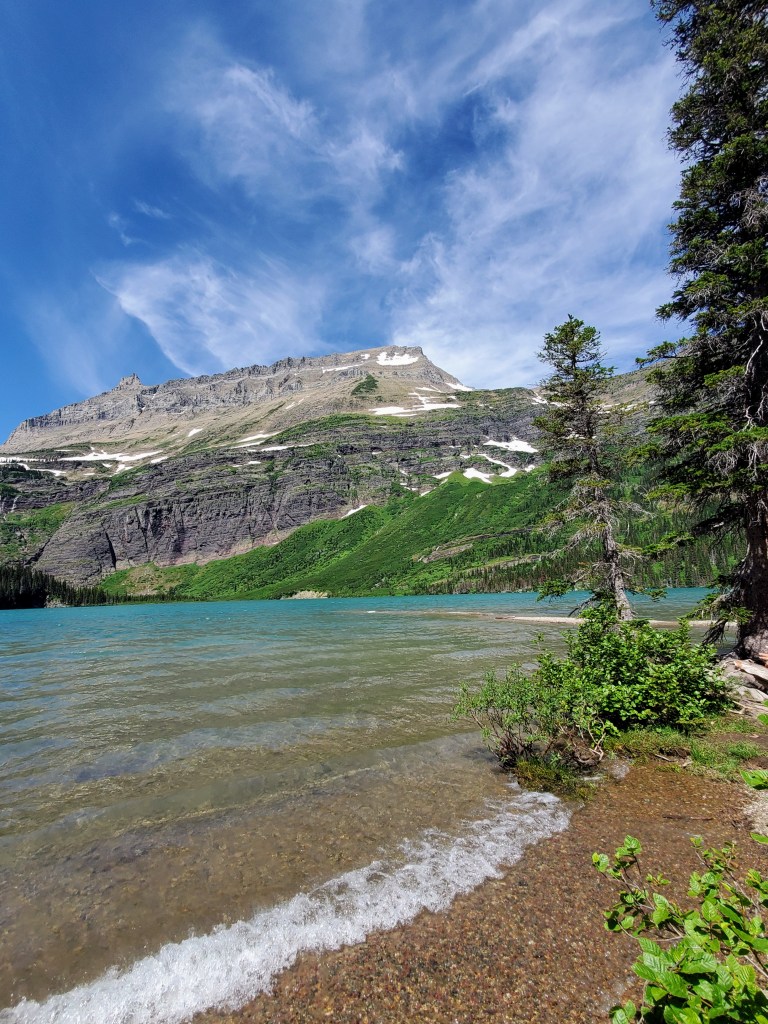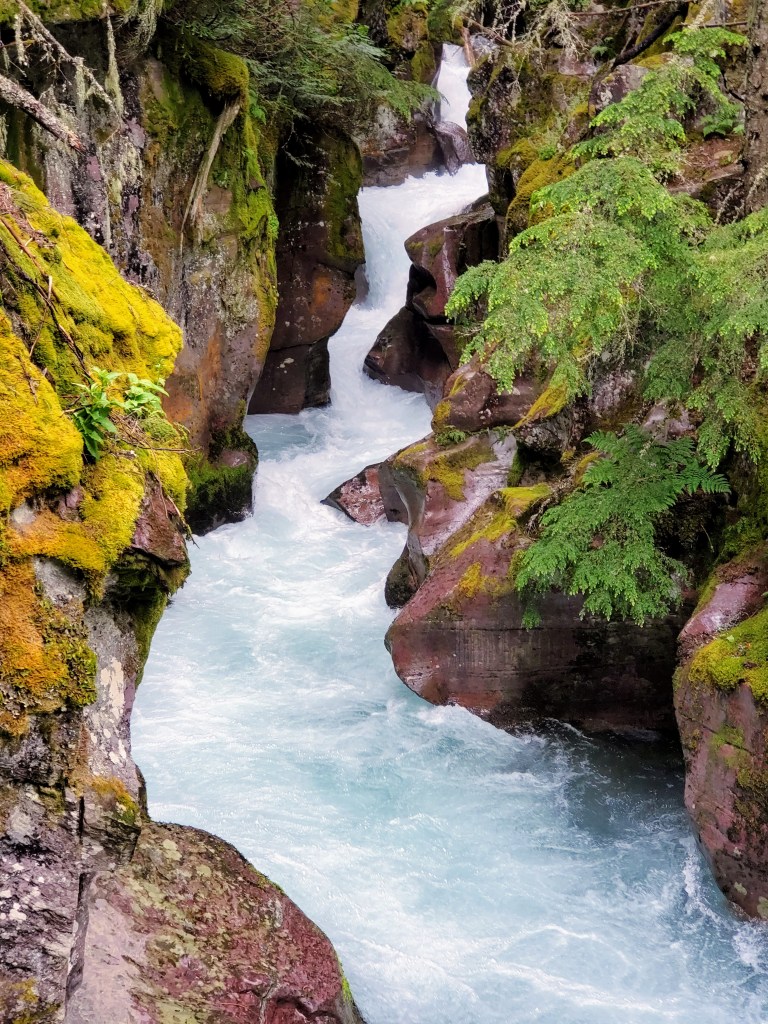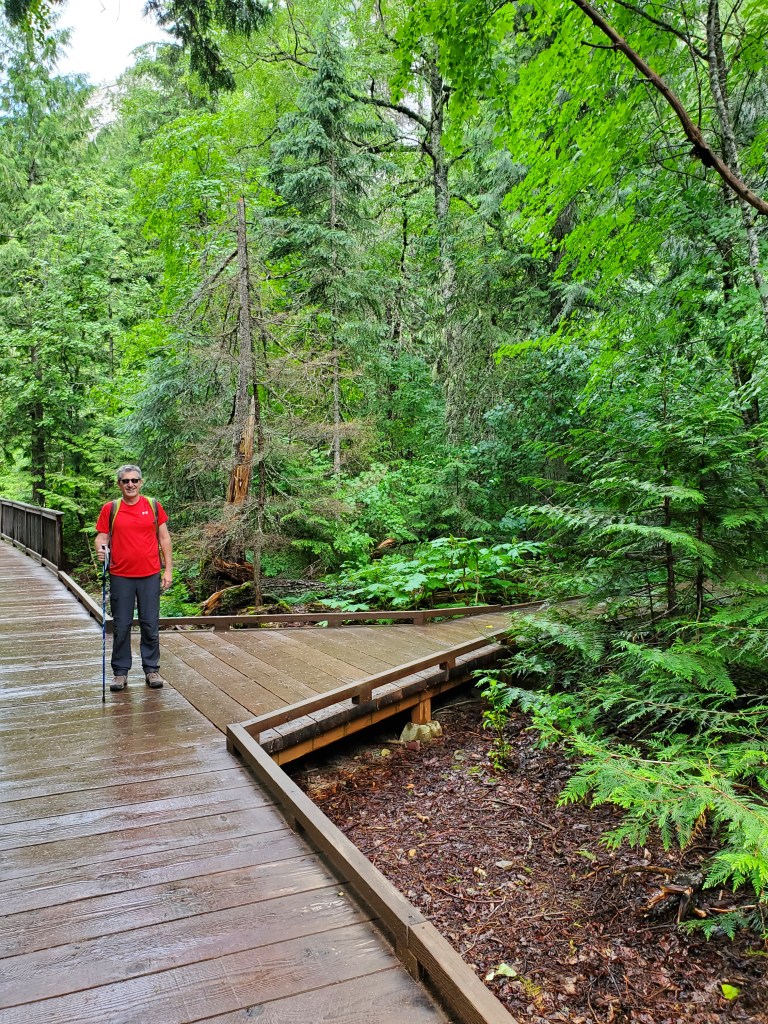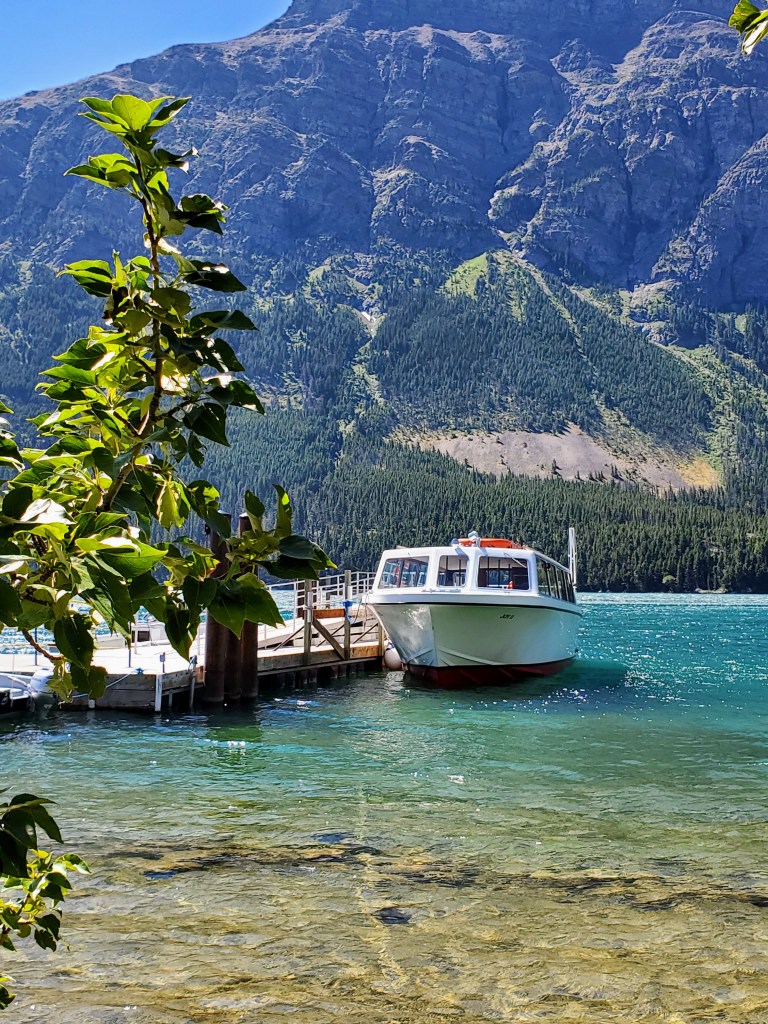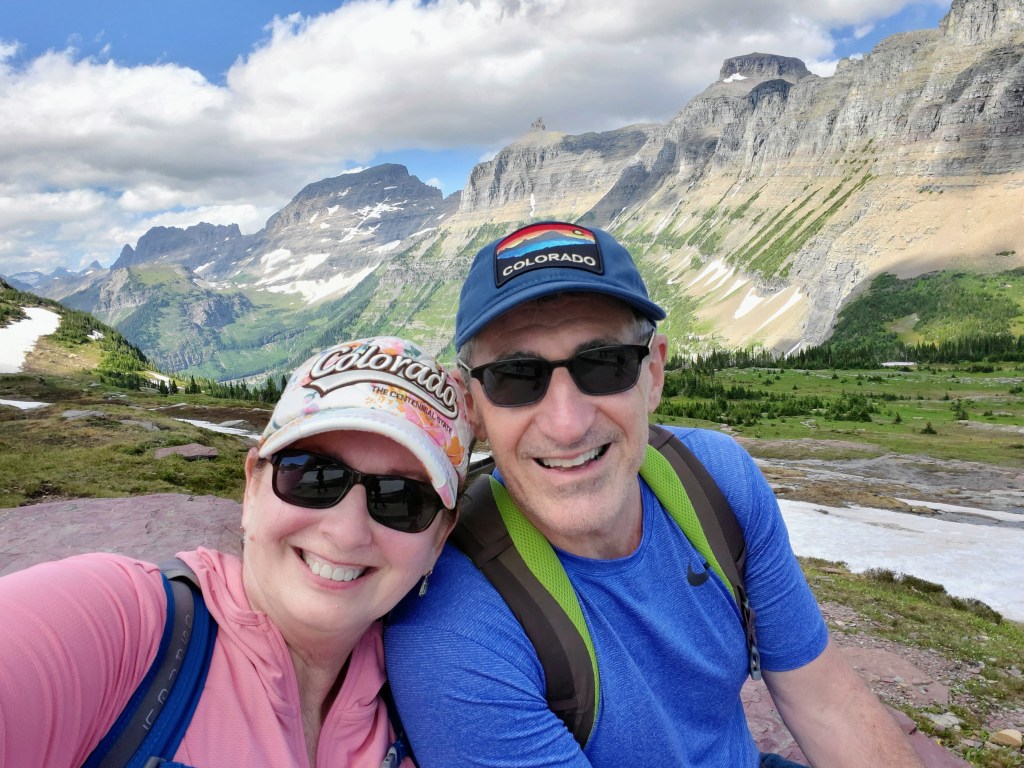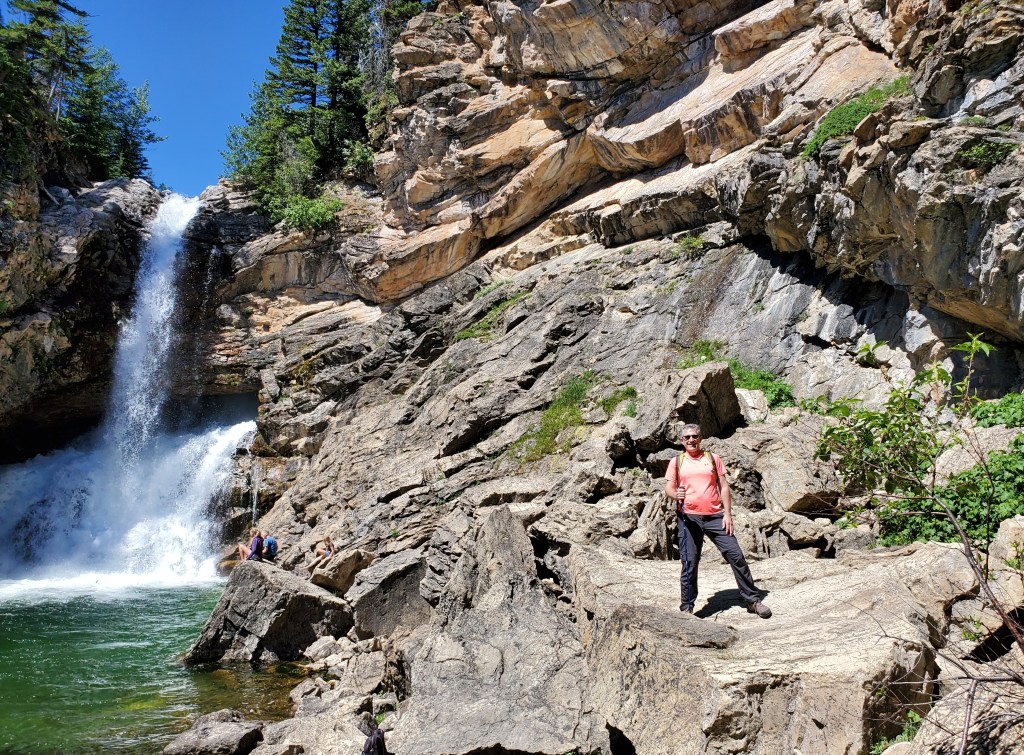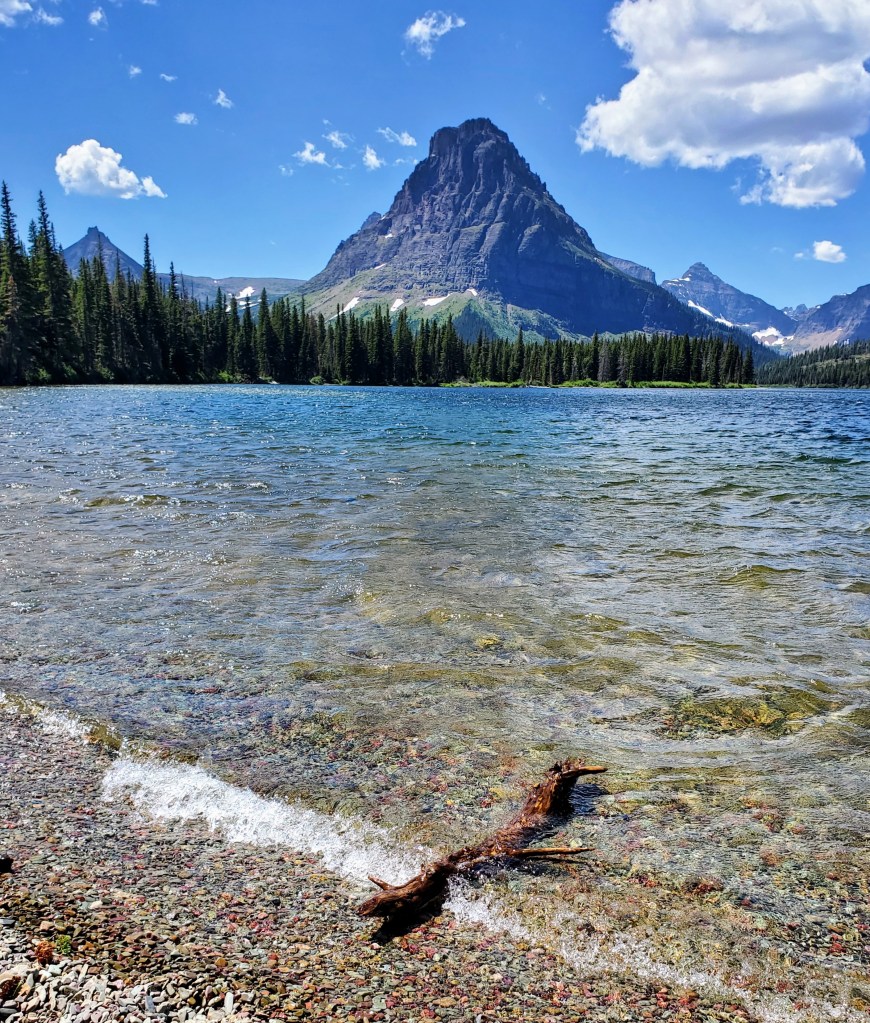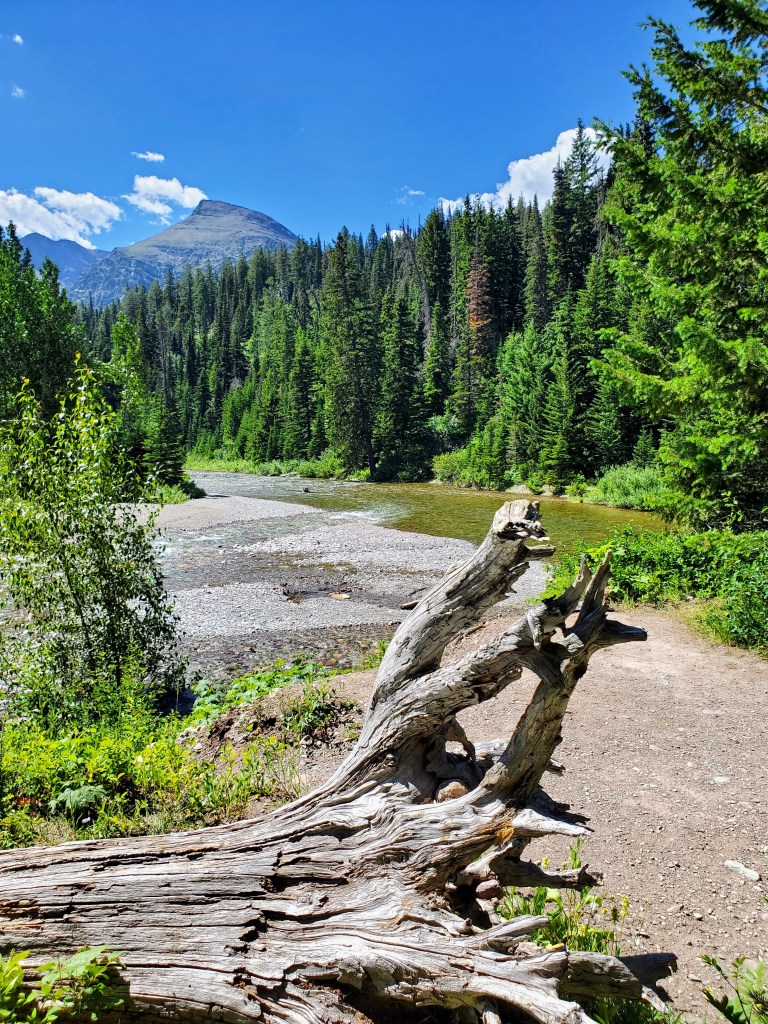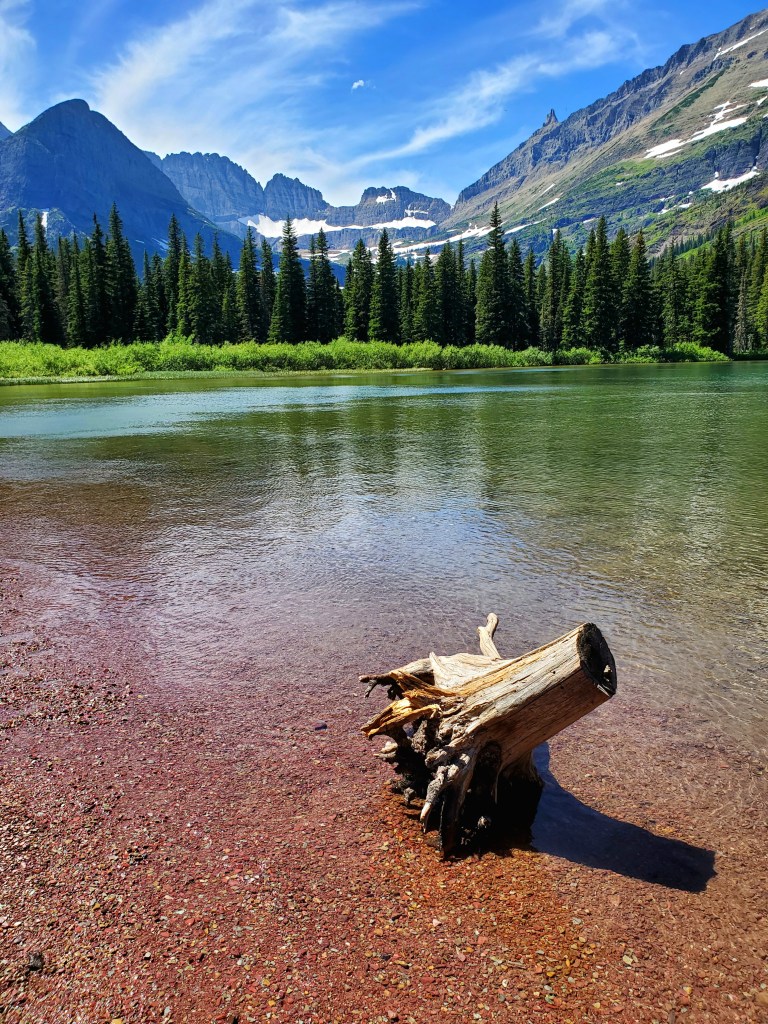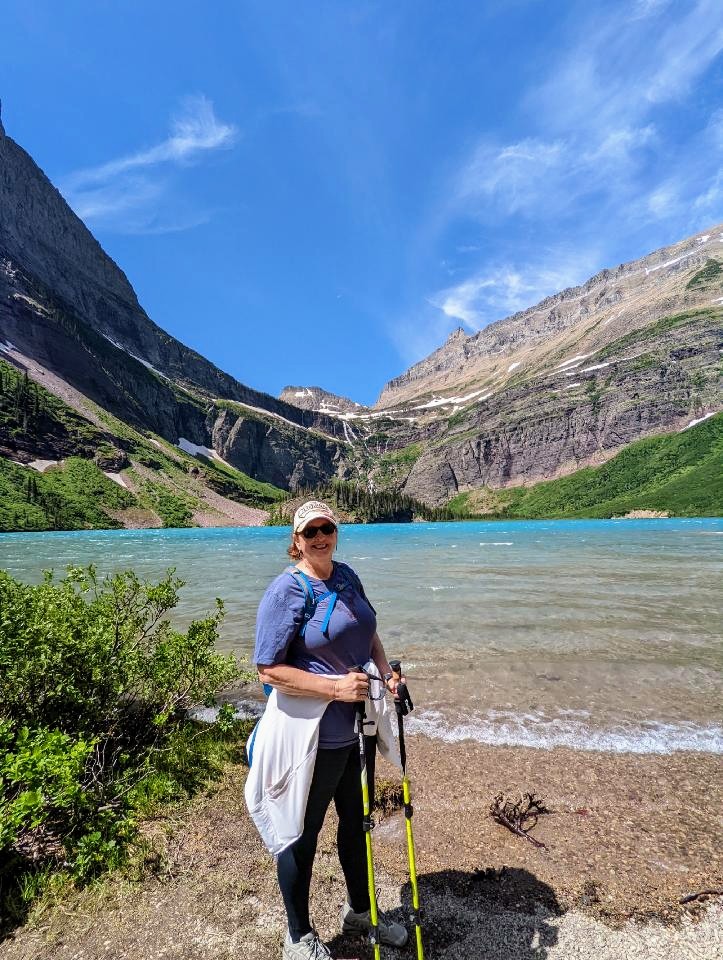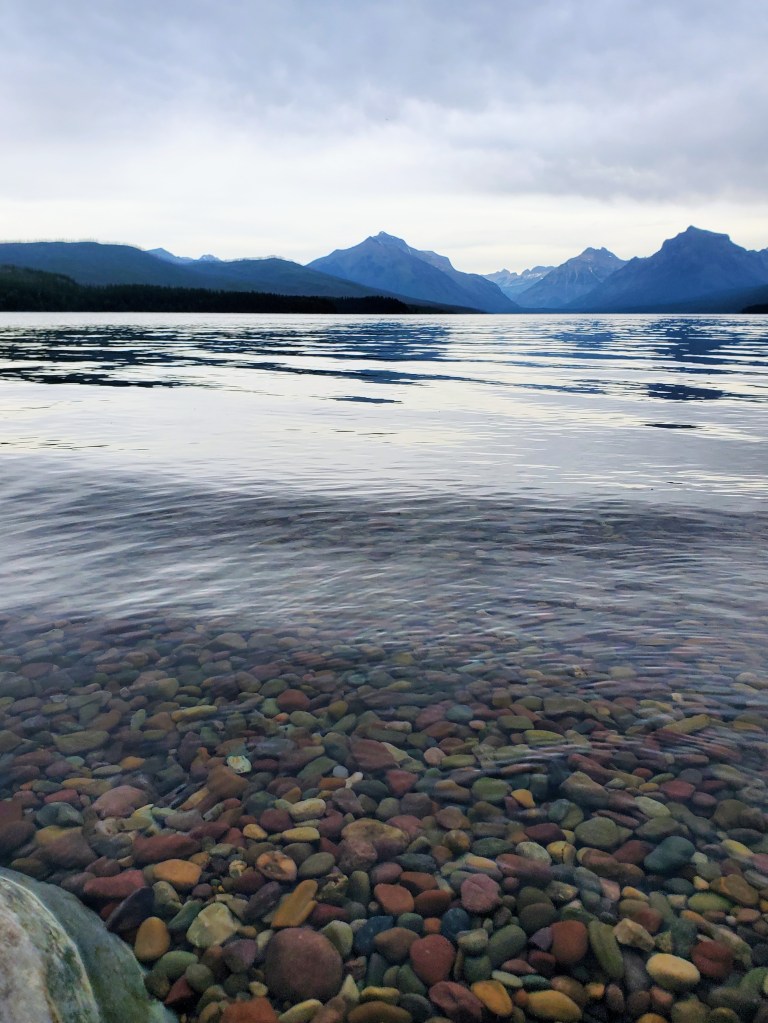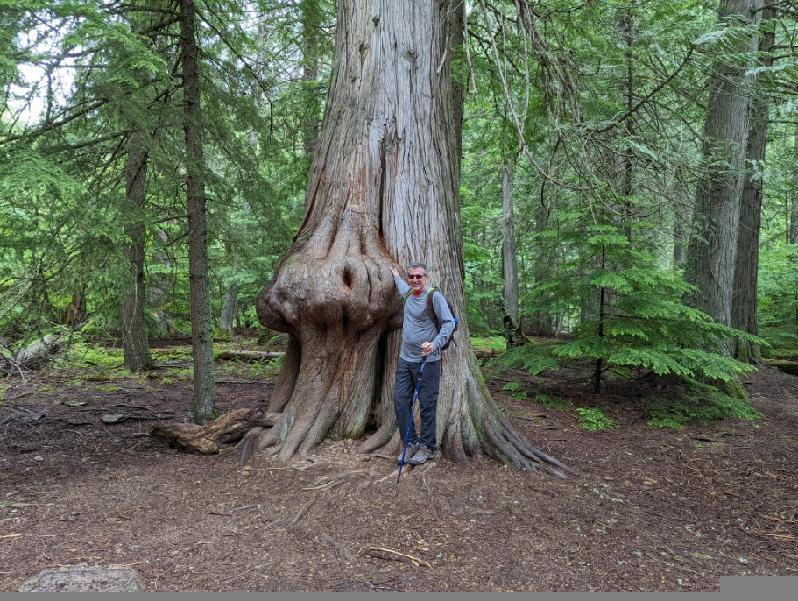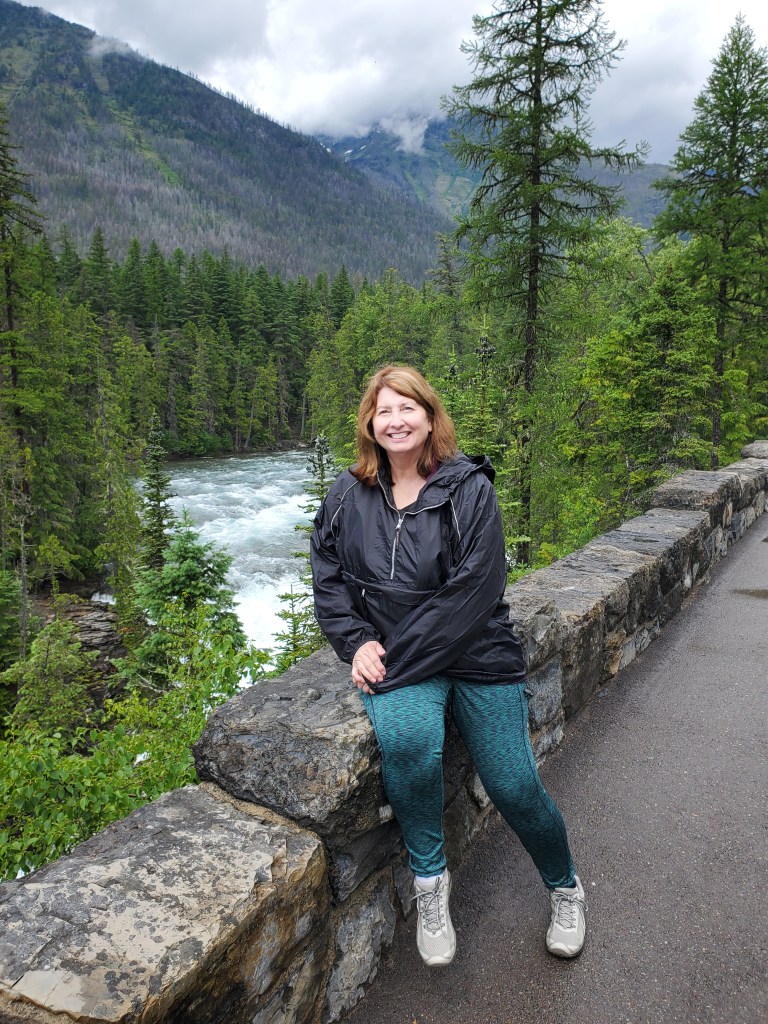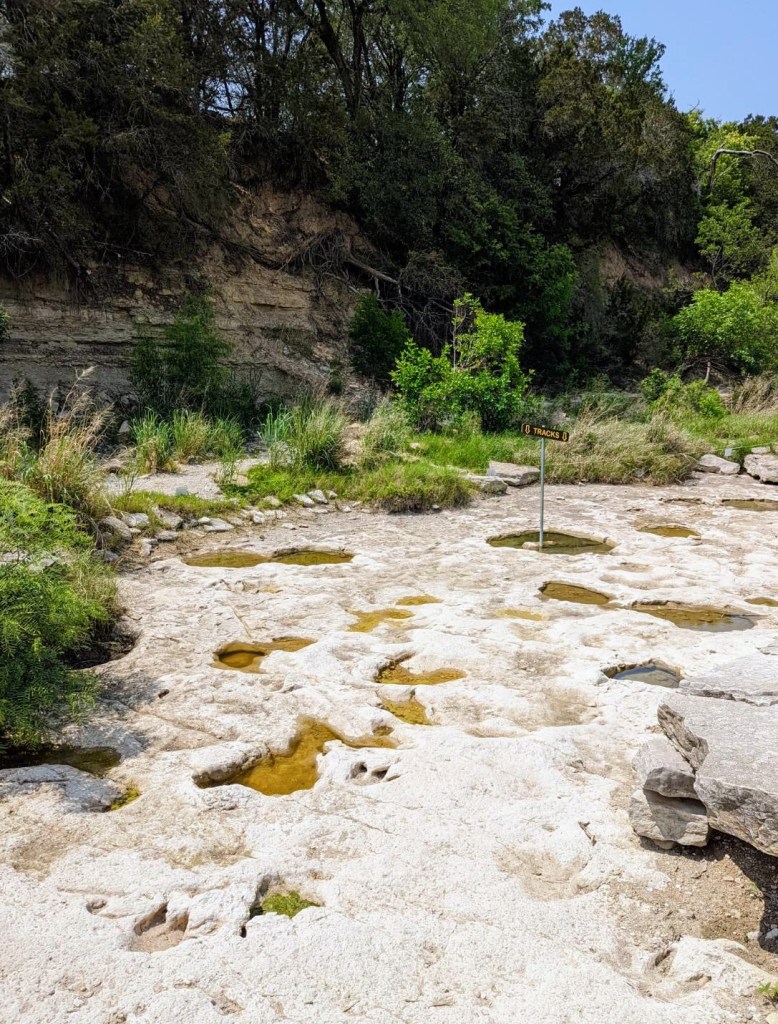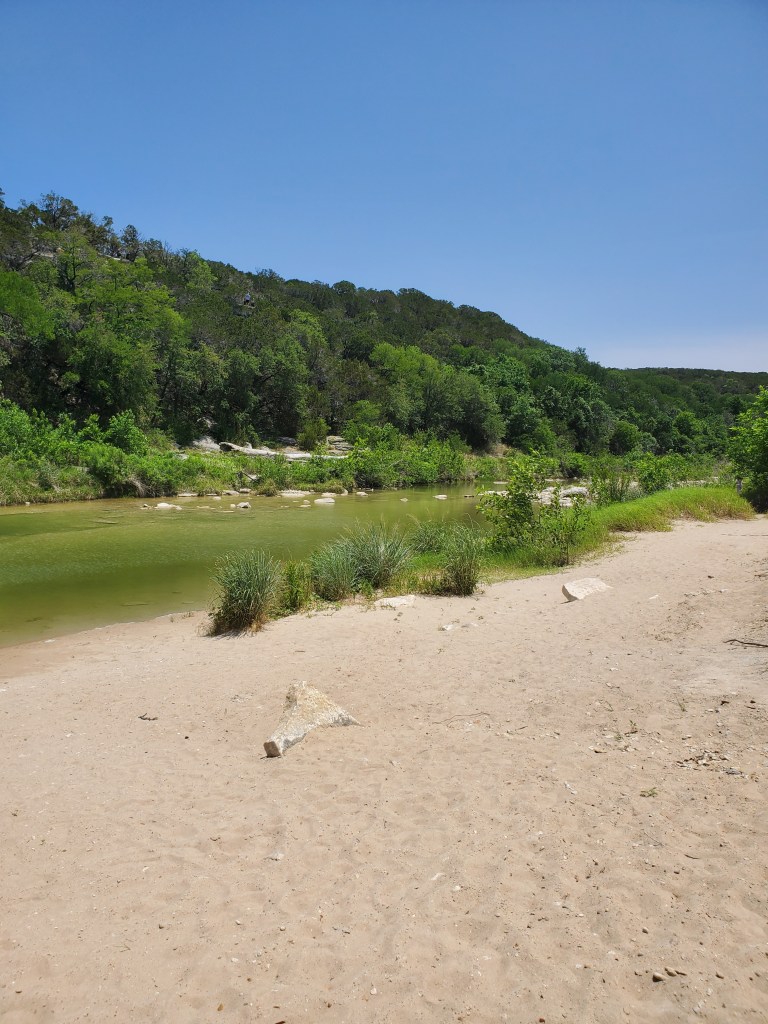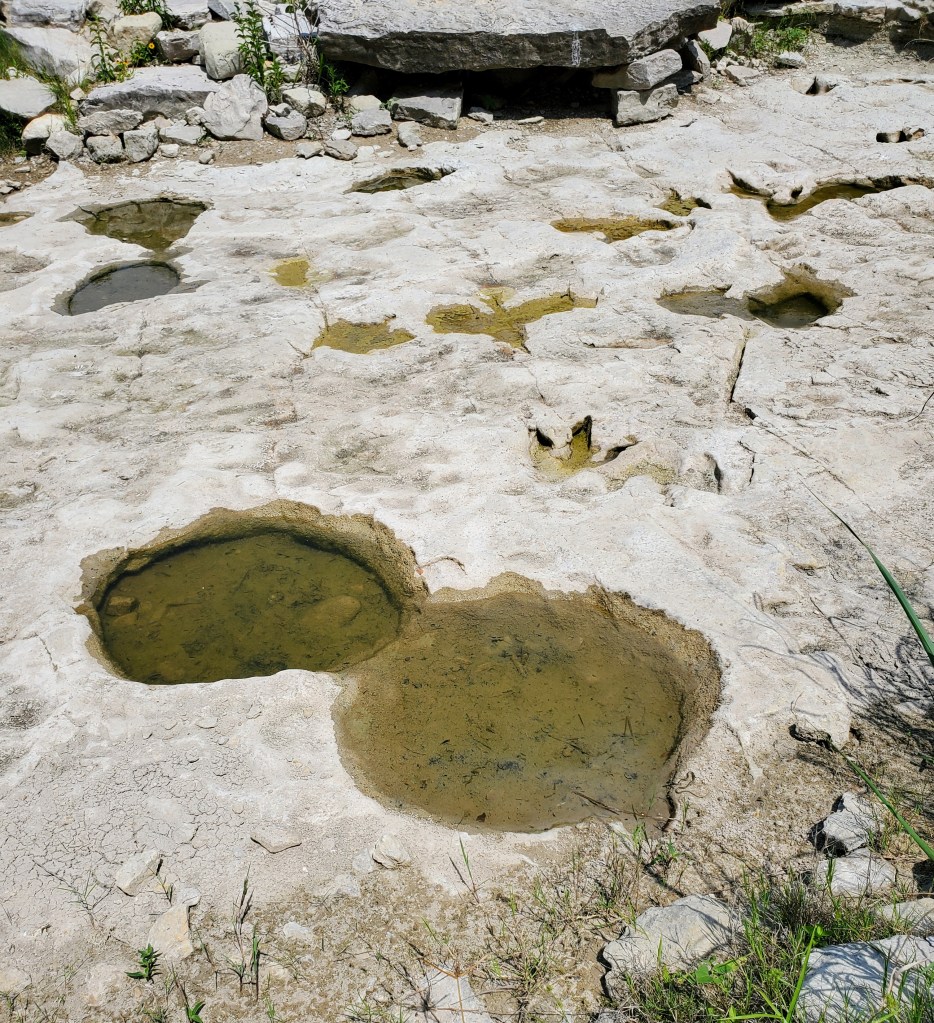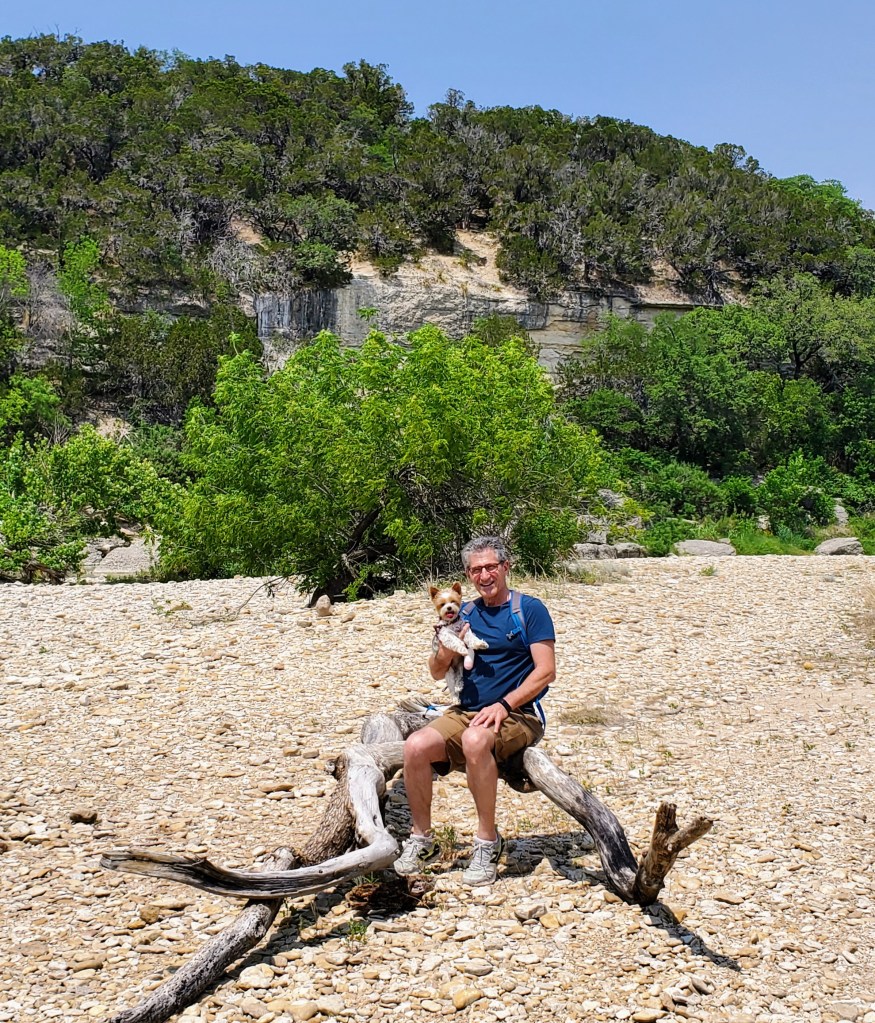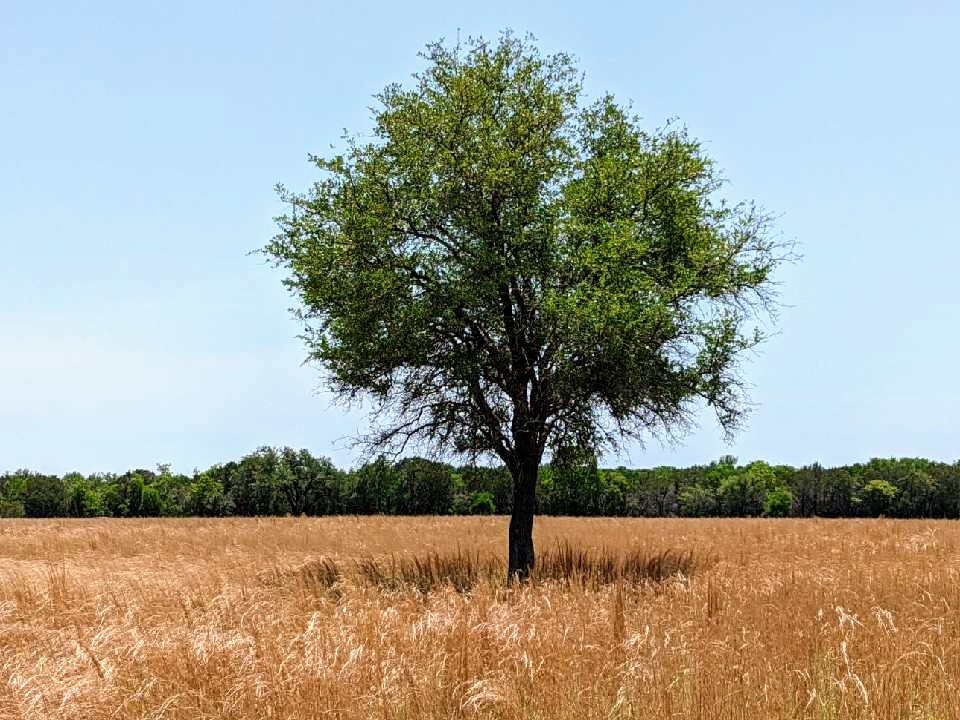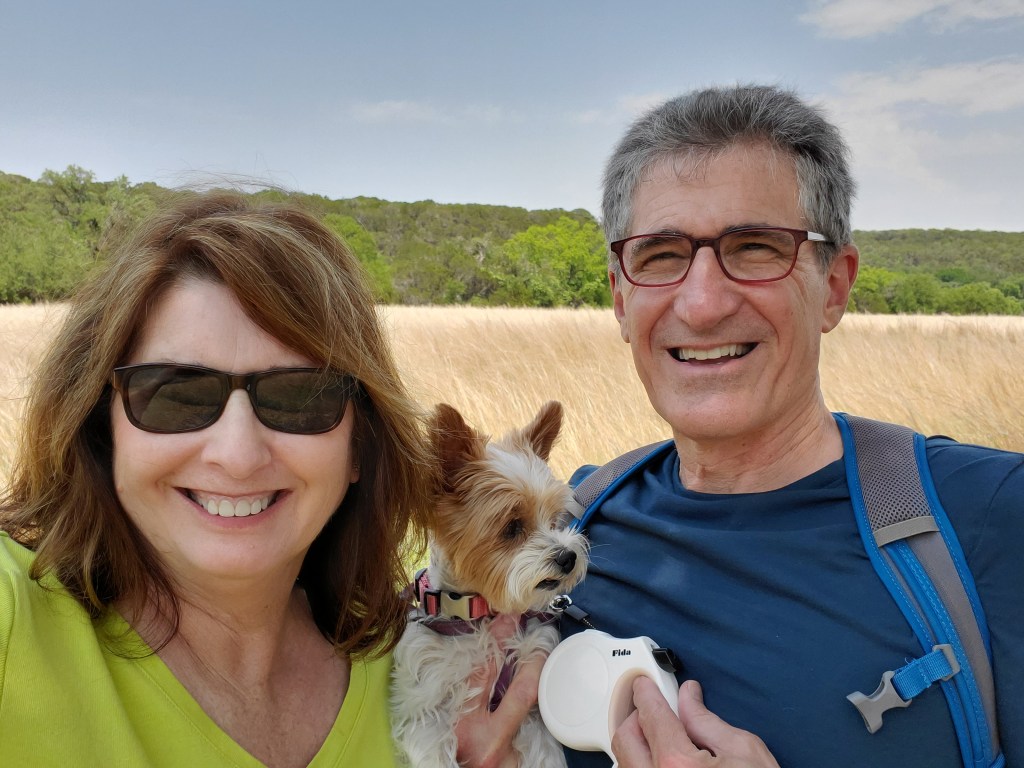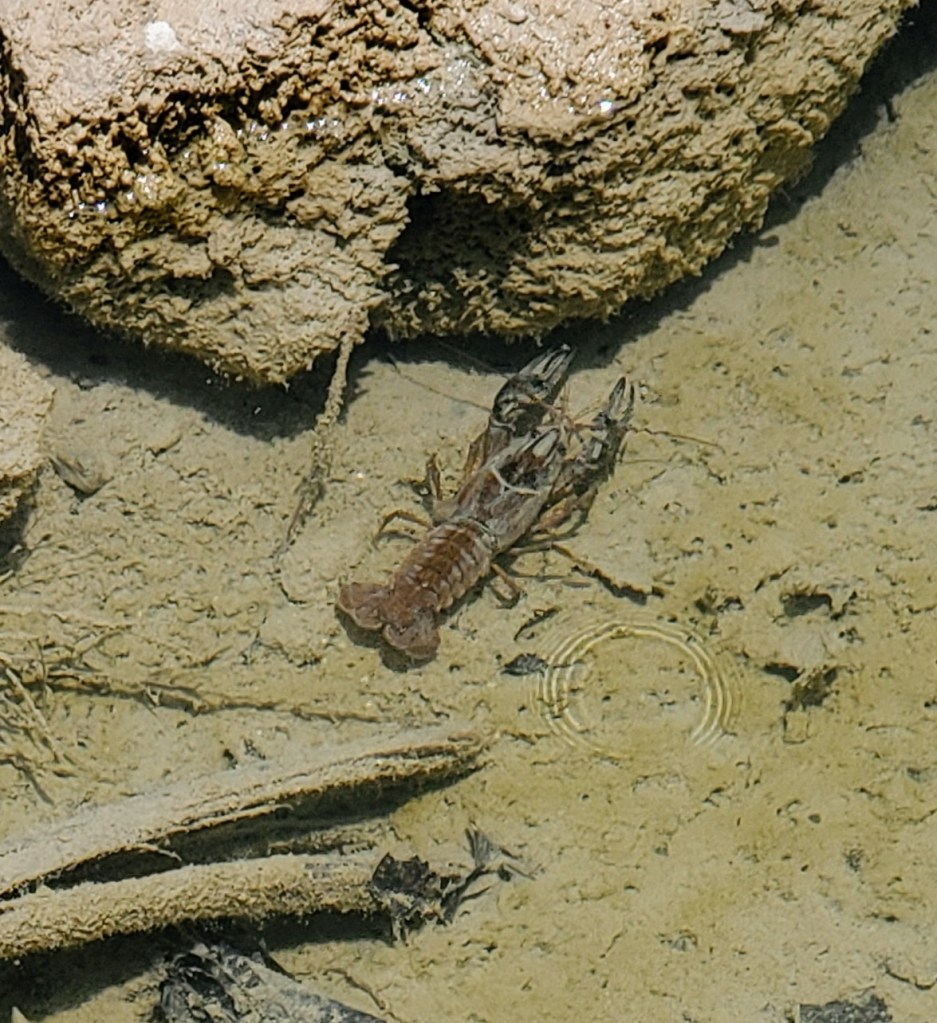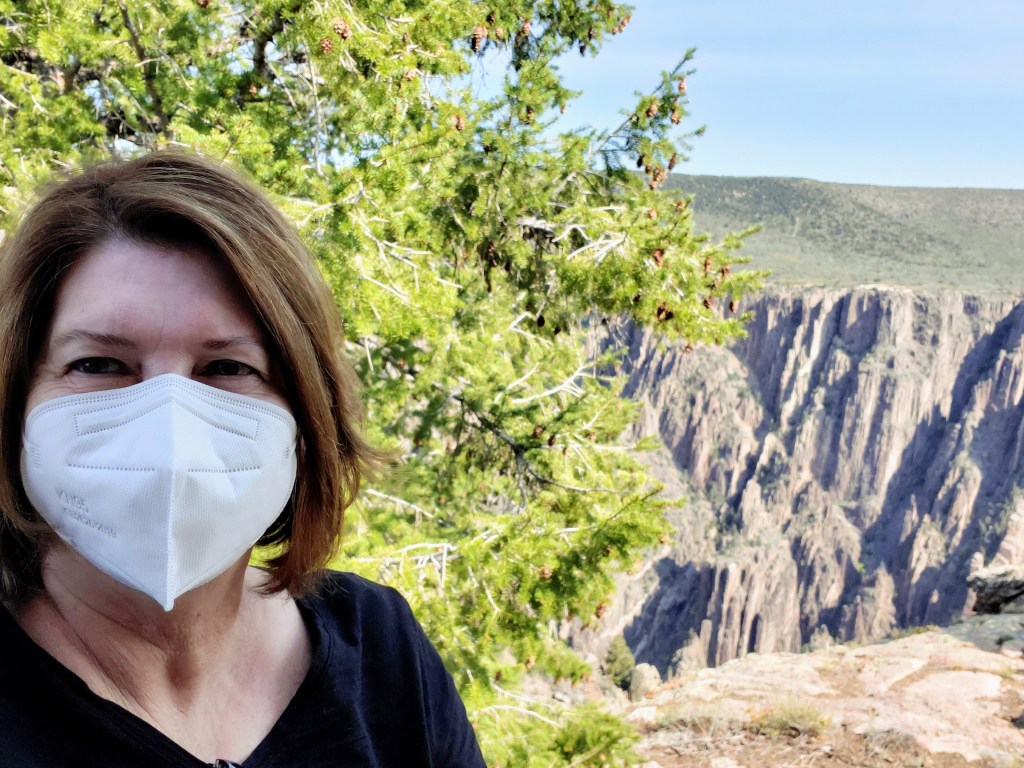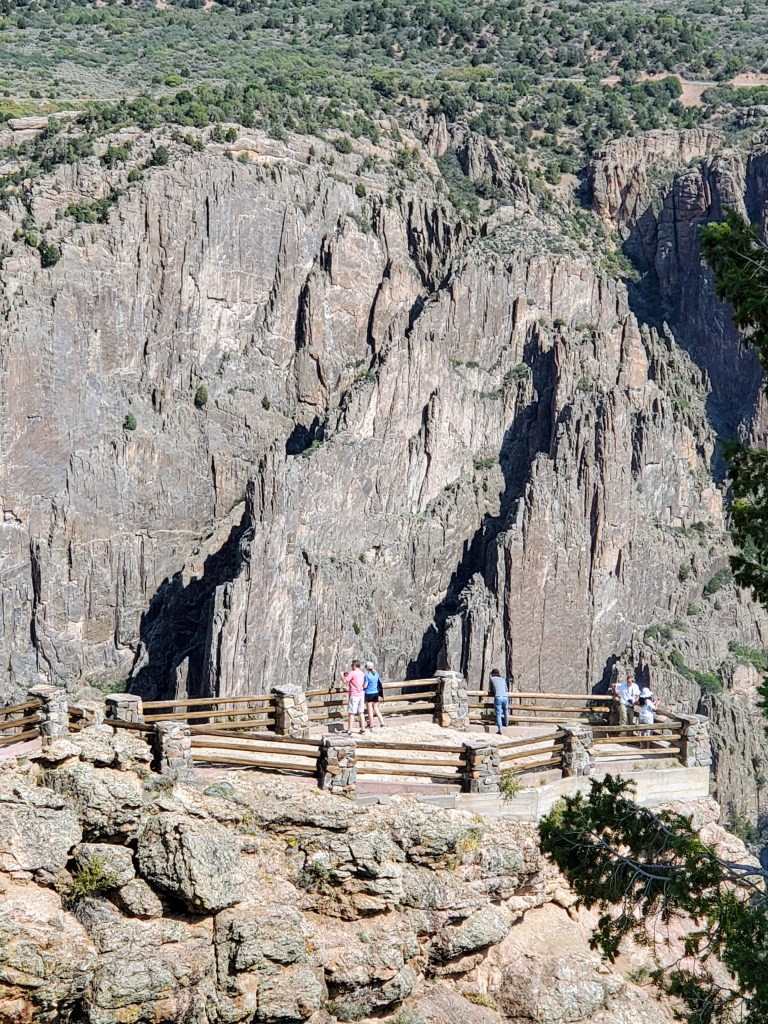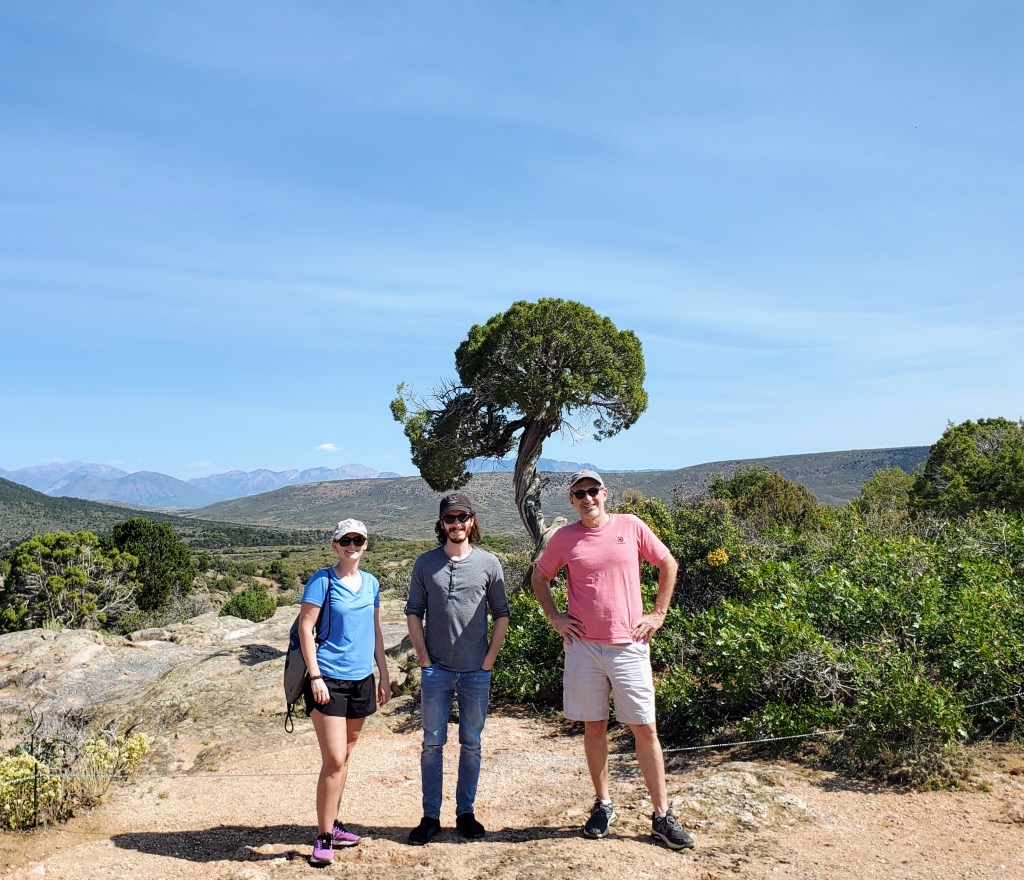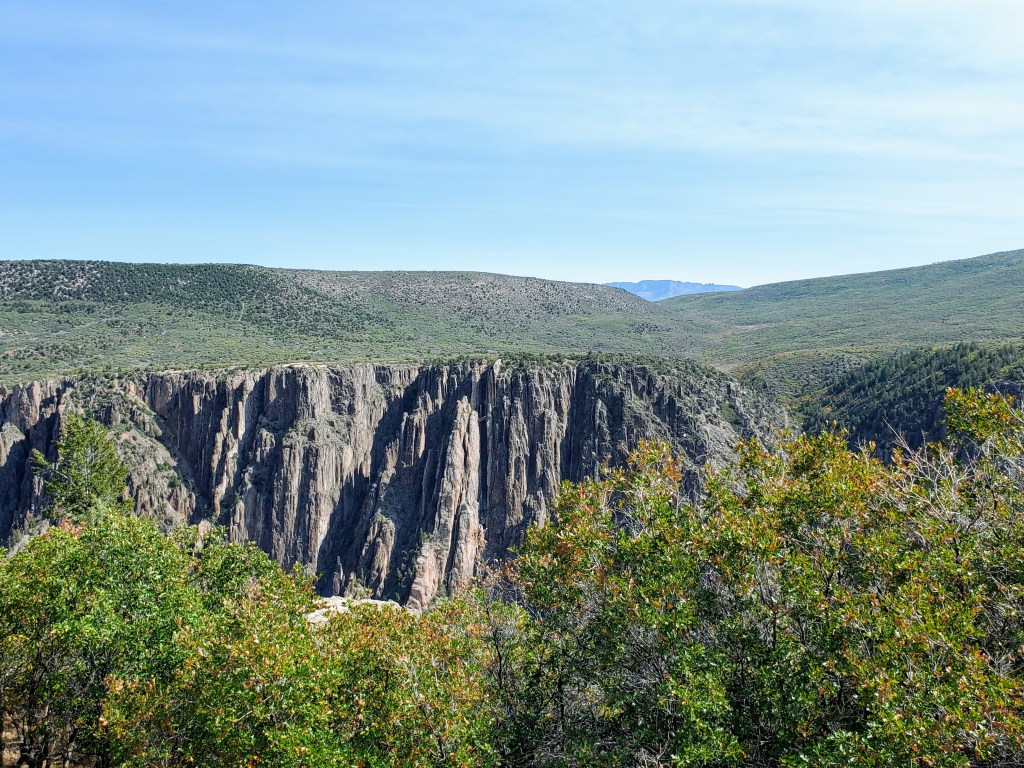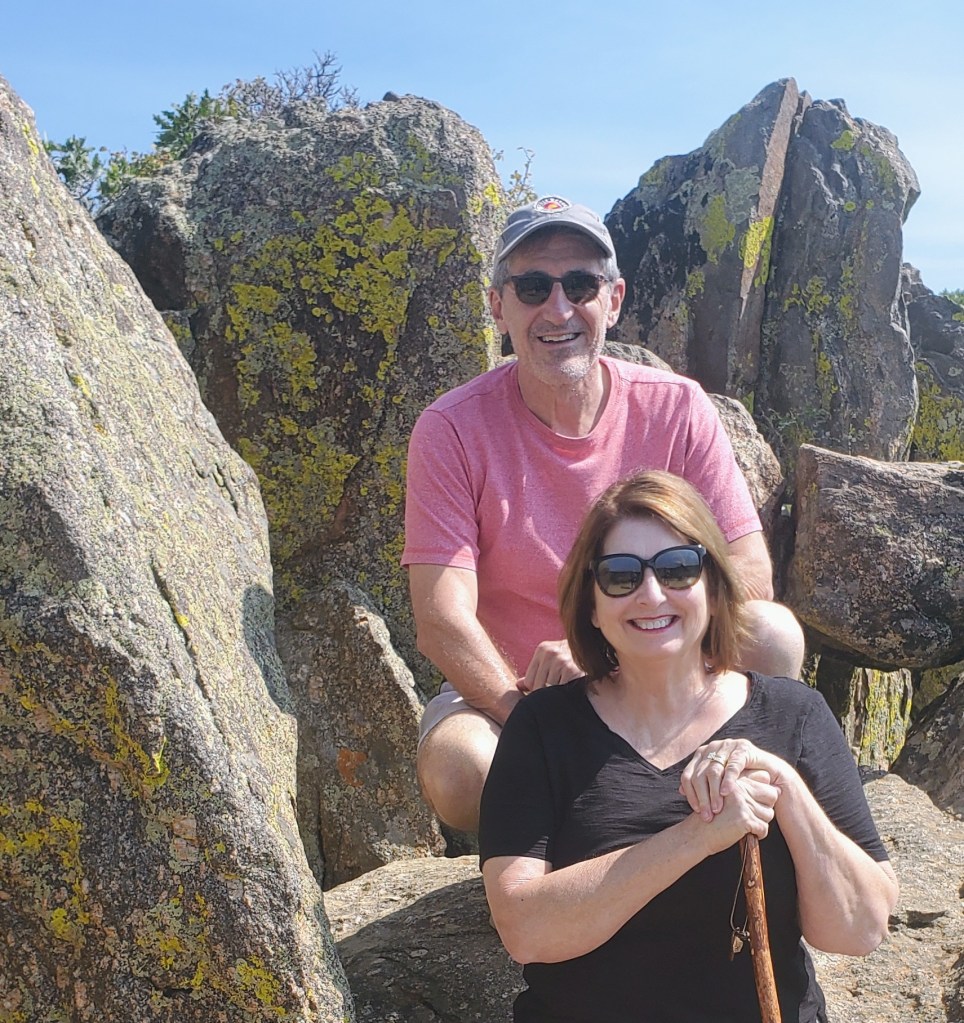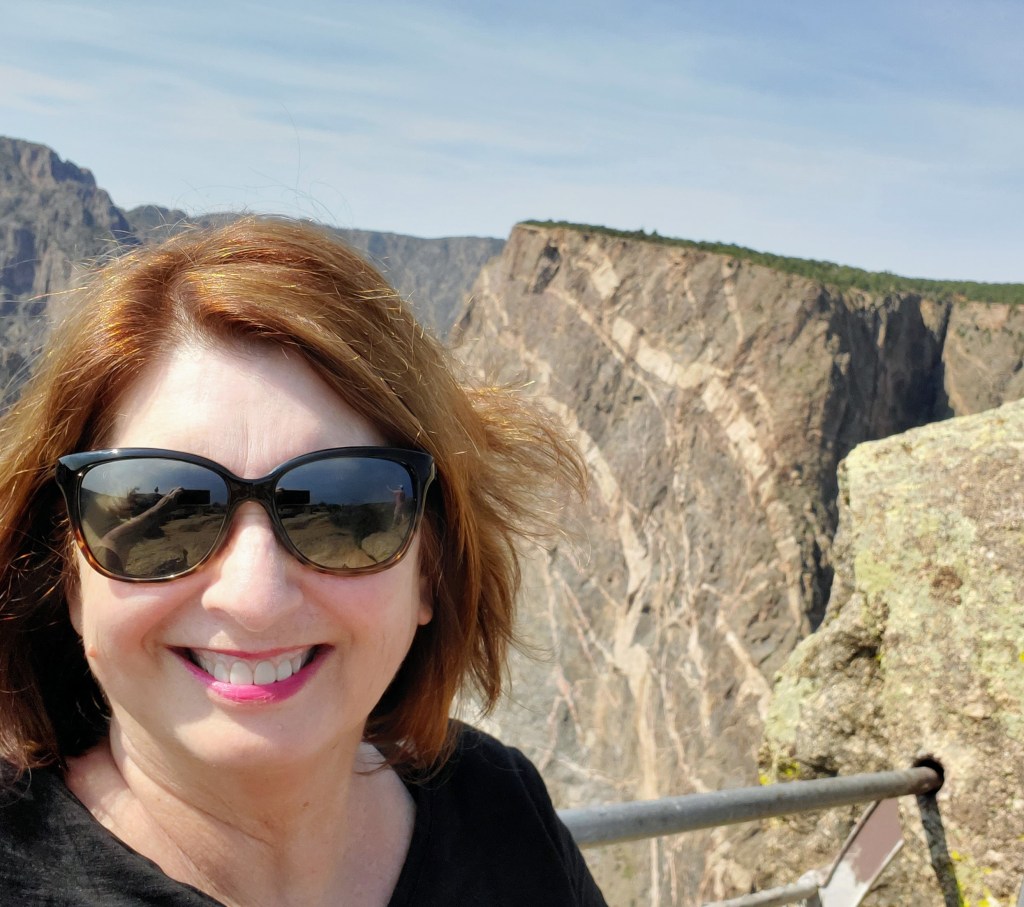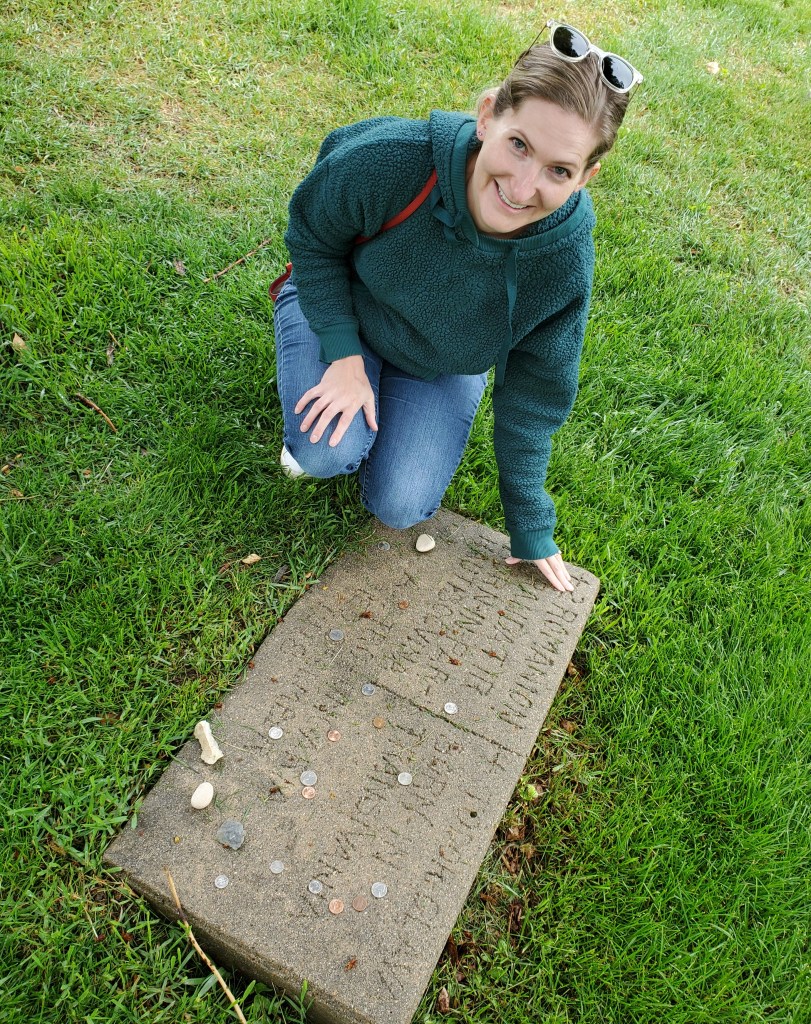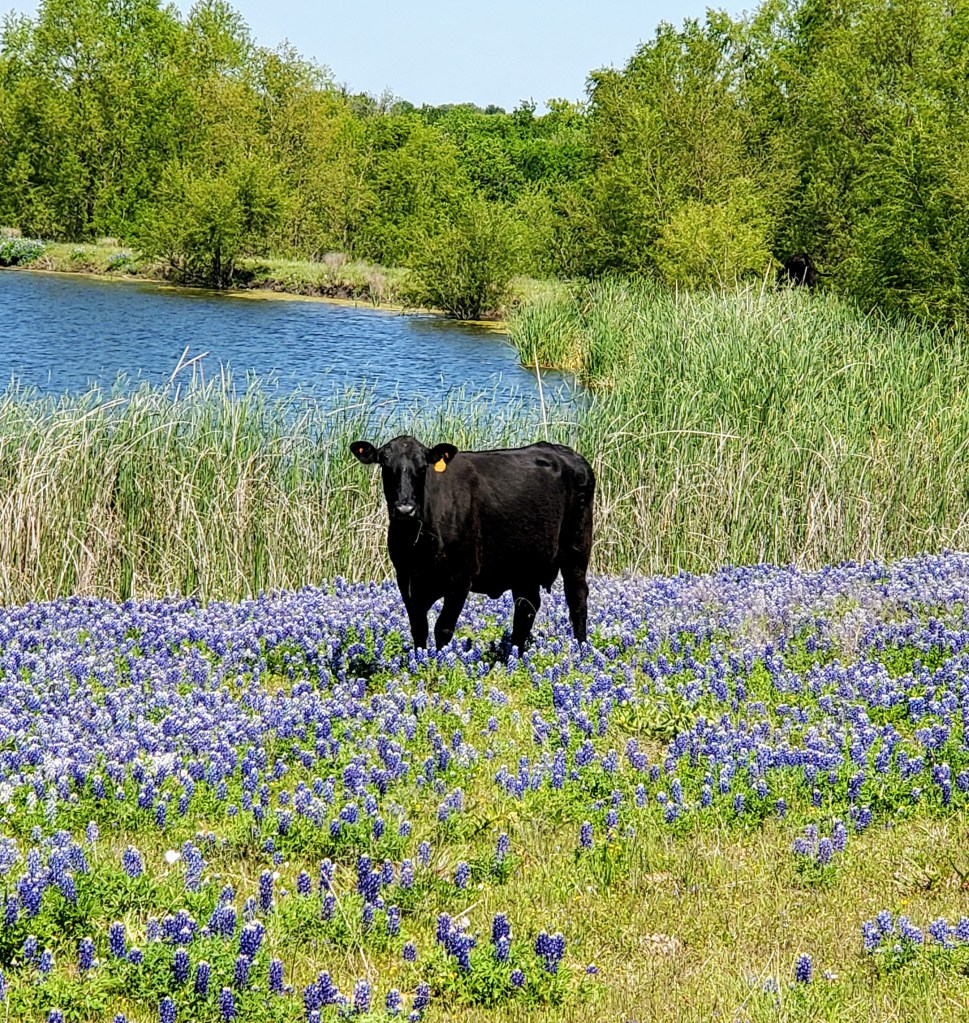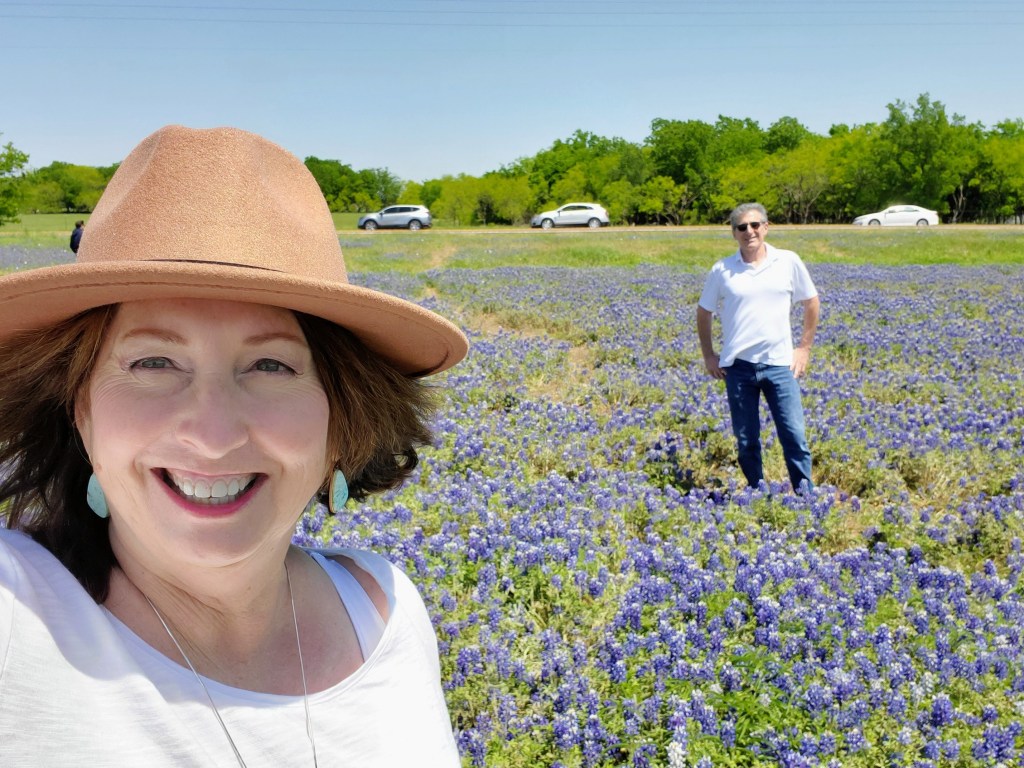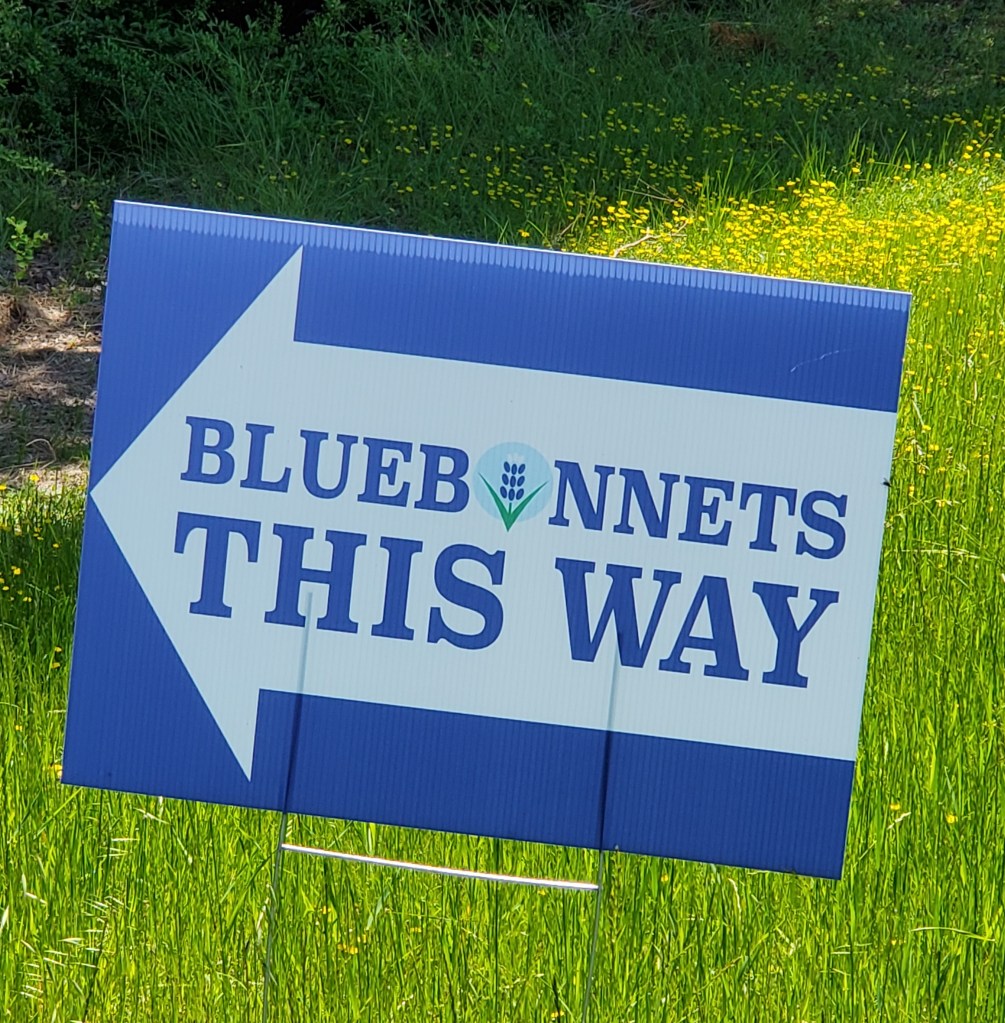Maine

I will be honest here. I had never heard of Acadia National Park until some friends attended a family wedding there a couple of years ago and their photos blew me away. Lighthouses, rocky coasts, hiking trails, granite cliffs, tidepools, evergreen forests and tons of seafood? Sign me up!
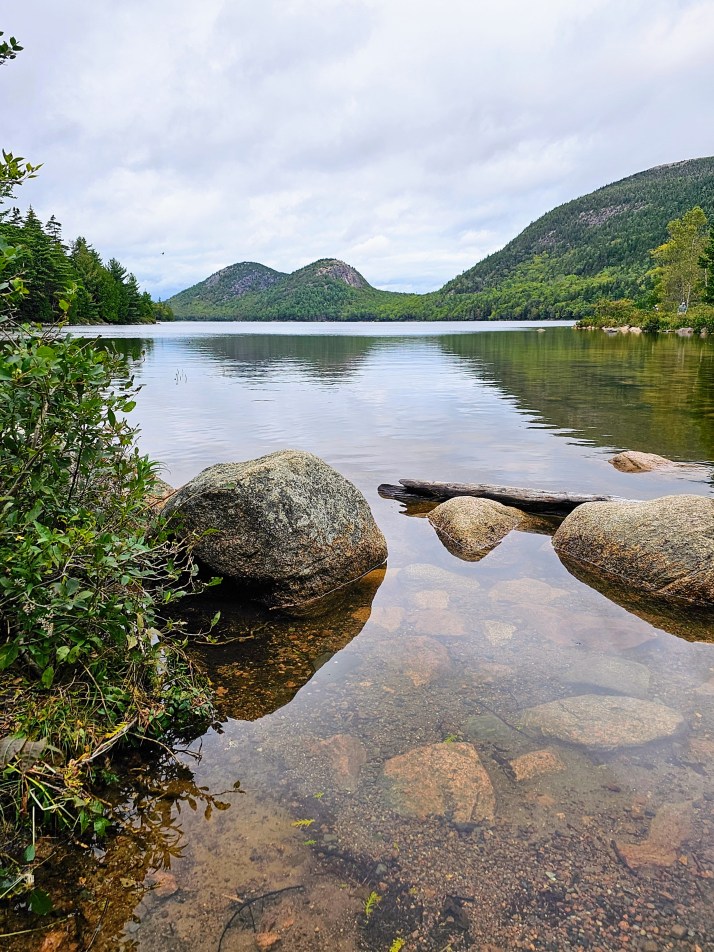
As with so many other top-tier parks we have visited throughout the years, Acadia was not necessarily “easy” to get to. Located on the North Atlantic Seaboard in Maine, it is a five-hour drive from Boston or a three-hour drive from Portland, Maine. In other words, direct flights don’t get you very close. My husband and I flew from Dallas to Philadelphia, then Philly to Bangor. Our rental in Southwest Harbor was then a 90-minute drive from the small Bangor airport. Our adult kids from Denver flew non-stop to Boston, spent the night, then drove five-hours up the coast to Acadia National Park the following day. In other words, unless you live in New England, getting to Acadia takes a little bit of planning and time. With that said, it is well worth it!
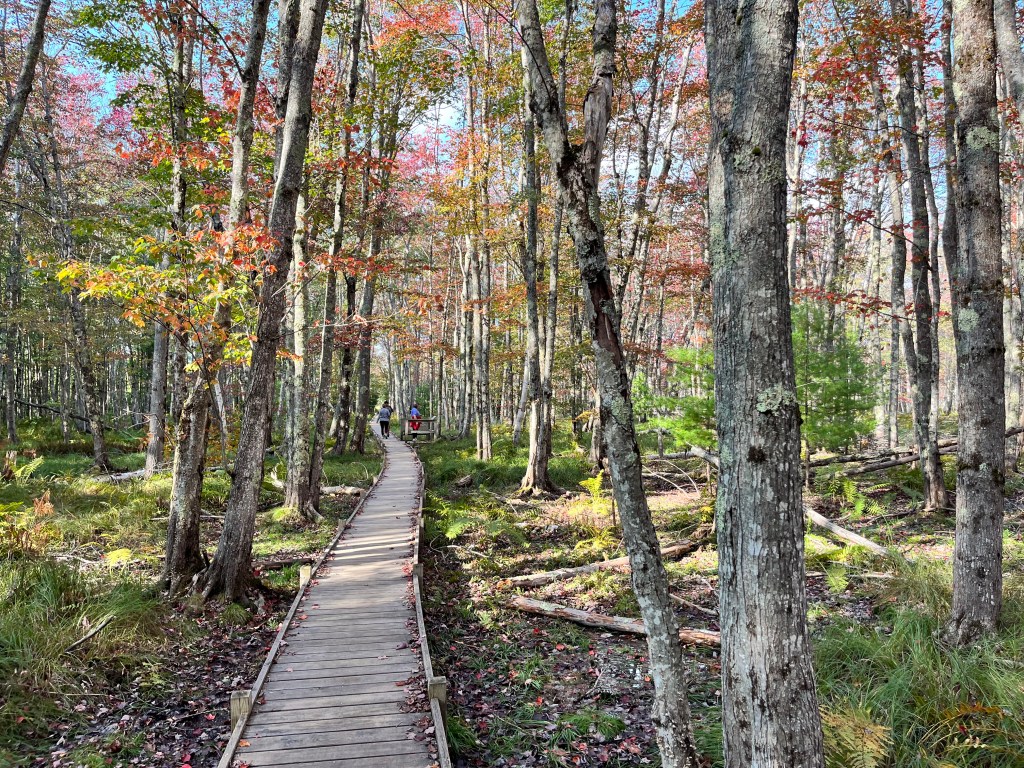
Here are a few facts that I learned while visiting. Acadia National Park is the oldest designated national park east of the Mississippi River. The park gets almost 4 million visitors per year making it one of the most popular parks in the National Park Service. Acadia National Park is located on an 108 square mile island (Mount Desert Island) and also on the Schoodic Peninsula, which is actually on the mainland.


Bear with me here. I am a visual learner and will be speaking to my peeps. To fully visualize Acadia National Park, picture a set of lop-sided lungs. The smaller, left (west) “lung” is made up of Southwest Harbor and Bass Harbor. This is the quieter side of the park/island and where we stayed. Loved it! Somes Sound splits the west and east “lobes”. The bigger, right (east) “lung” is home to Bar Harbor, Seal Harbor, Northeast Harbor and the more popular parts of the park. Bar Harbor is the largest town in this area and offers most of the dining and lodging options in the park.

My family (husband and 3 adult kids) stayed in a wonderful little rental in Southwest Harbor. It was quiet. It was peaceful. We could see the Milky Way from the front yard and listened to owls and coyotes at night. Deer frequented the yard. We had a 10-minute drive to the Bass Harbor Lighthouse and hiking trails. We had a 30-minute drive to Bar Harbor and the park’s main trails and sights. We had a 45-minute drive to the beginning of Schoodic Peninsula. This location was perfect for our plans and we preferred dining in the tiny town of Southwest Harbor, far away from the cruise ships and crowds in Bar Harbor.
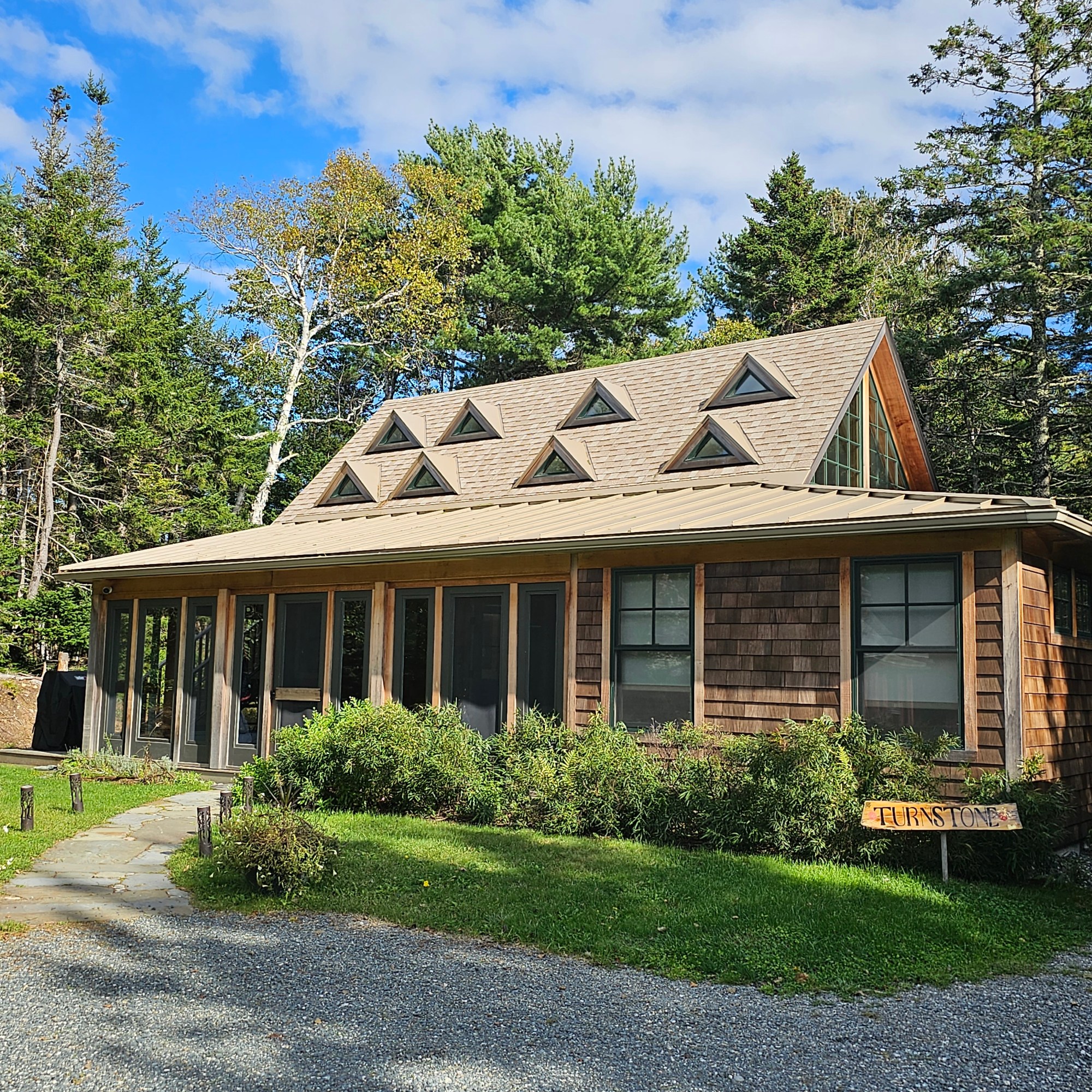
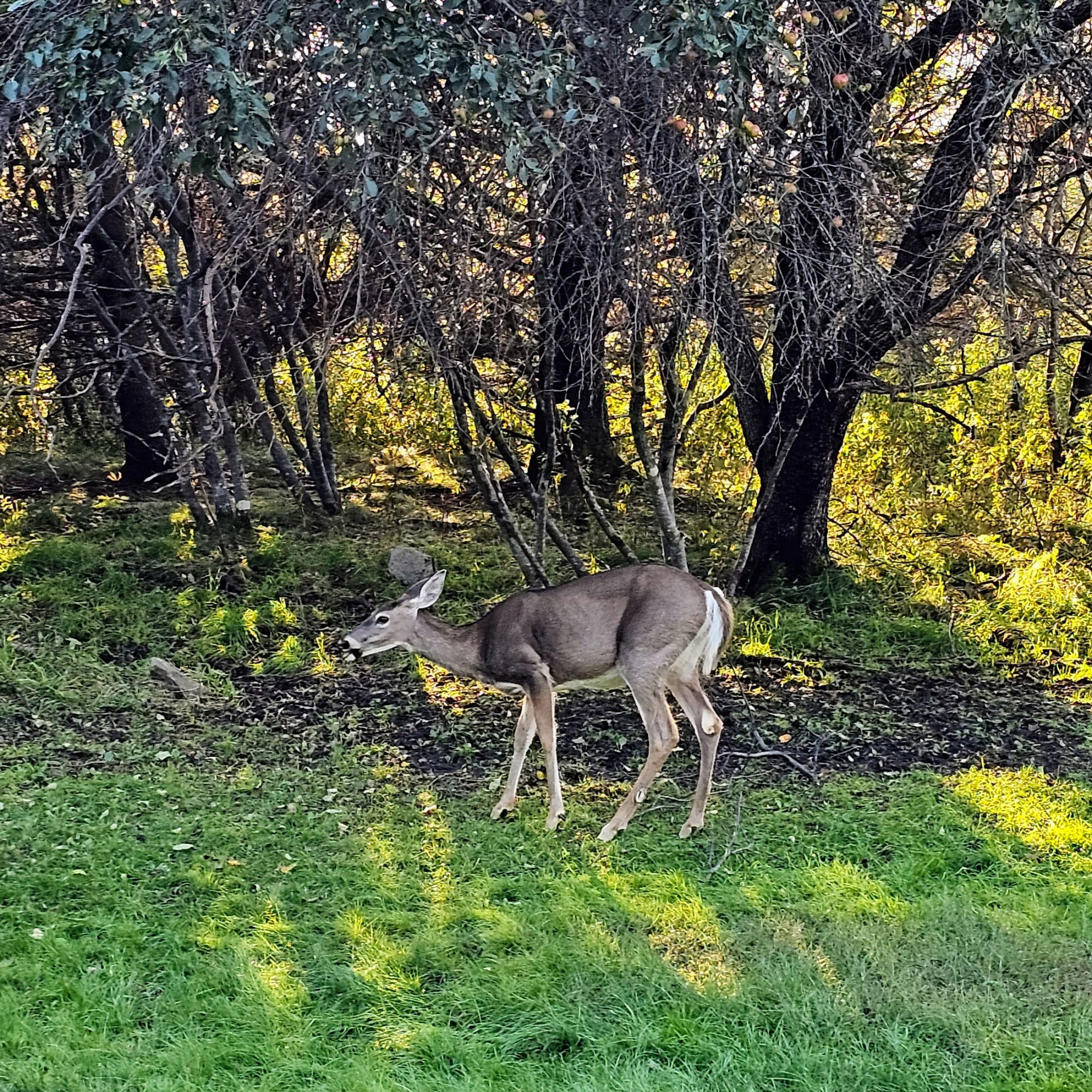
We had four full days to explore the park. It would take weeks to see and do everything within Acadia’s boundaries. Me being me, I had an itinerary planned for each day (insert “of course she did” family eye roll here!). I wanted us to see and do as much as we could (weather permitting). Fortunately, and unfortunately, we arrived the day after Hurricane Lee blew through Maine. It was fortunate because our trip could have easily been canceled due to weather, flooding and power outages. Luckily, that never came to fruition. Unfortunately, we had misty rain and strong ocean breezes the first full day as the storm moved on north into Canada. The weather didn’t stop us and we did what we could that first day – enjoying a taste of “real” Maine weather.
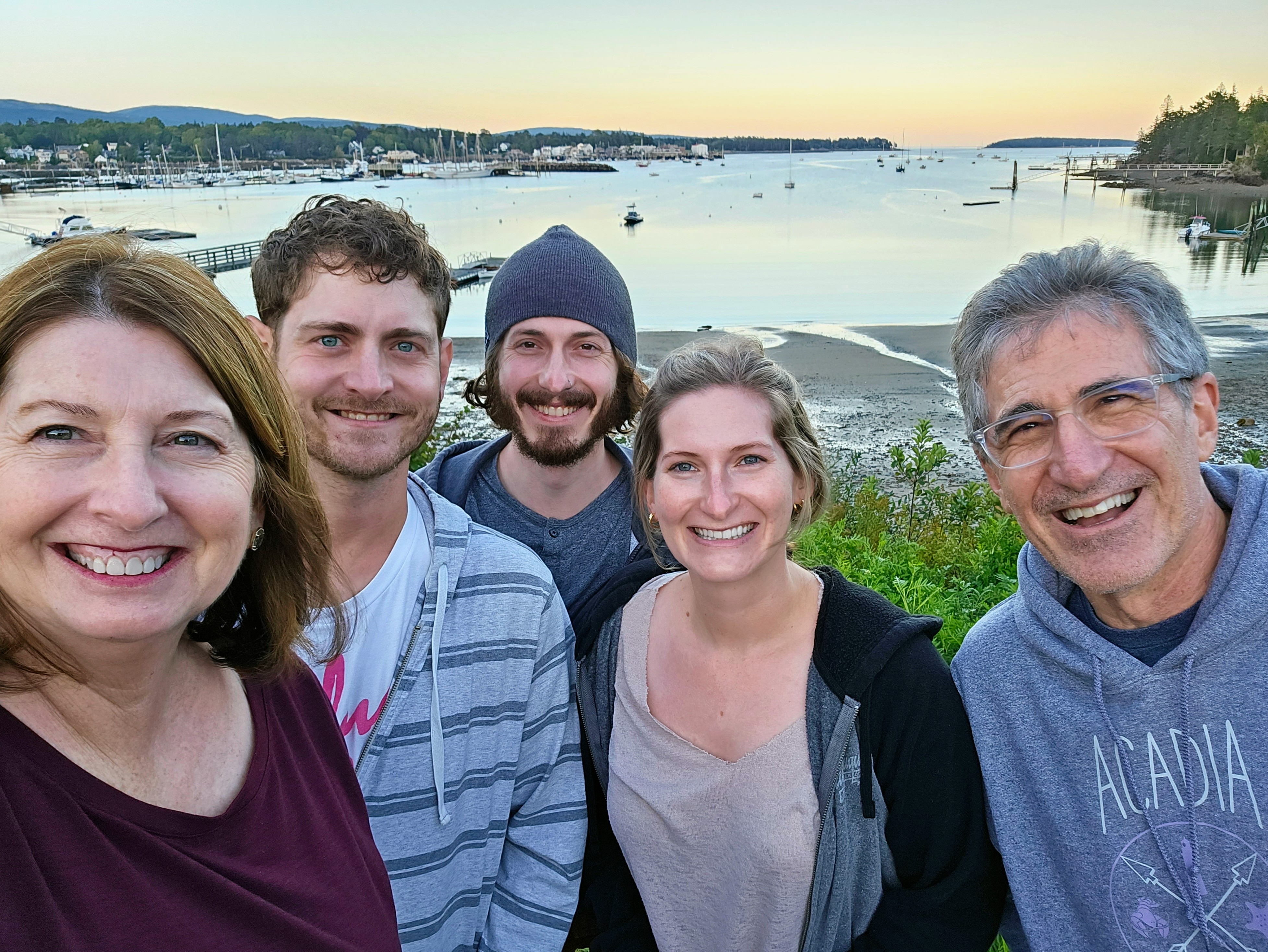

Day One – We began our day at Hulls Cove Visitor Center to grab park maps, check for any closures or storm issues, and buy T-shirts. From there, we began our drive on the Park Loop Road, a 27-mile scenic loop around the park. Most of the must-see attractions are along this loop and I highly recommend exploring by car, bicycle or on the park’s shuttle bus the first day in the park. We stopped at Schooner Head Overlook for a photo op for nice views of the ocean. Sand Beach was our next stop and was definitely a favorite. Sand Beach is a very scenic, narrow stretch of sandy beach surrounded by cliffs and tucked between two headlands. This beach is very popular for good reasons. It was absolutely beautiful! Continuing down Park Loop Road, we stopped at Thunder Hole. This is a “hole” in the granite rock shoreline where ocean waves come crashing in with a thunderous boom! There is also a paved trail, the Ocean Path, where you can stroll along the coastline from Sand Beach to Thunder Hole and on to Otter Cliff if you would rather walk than drive.


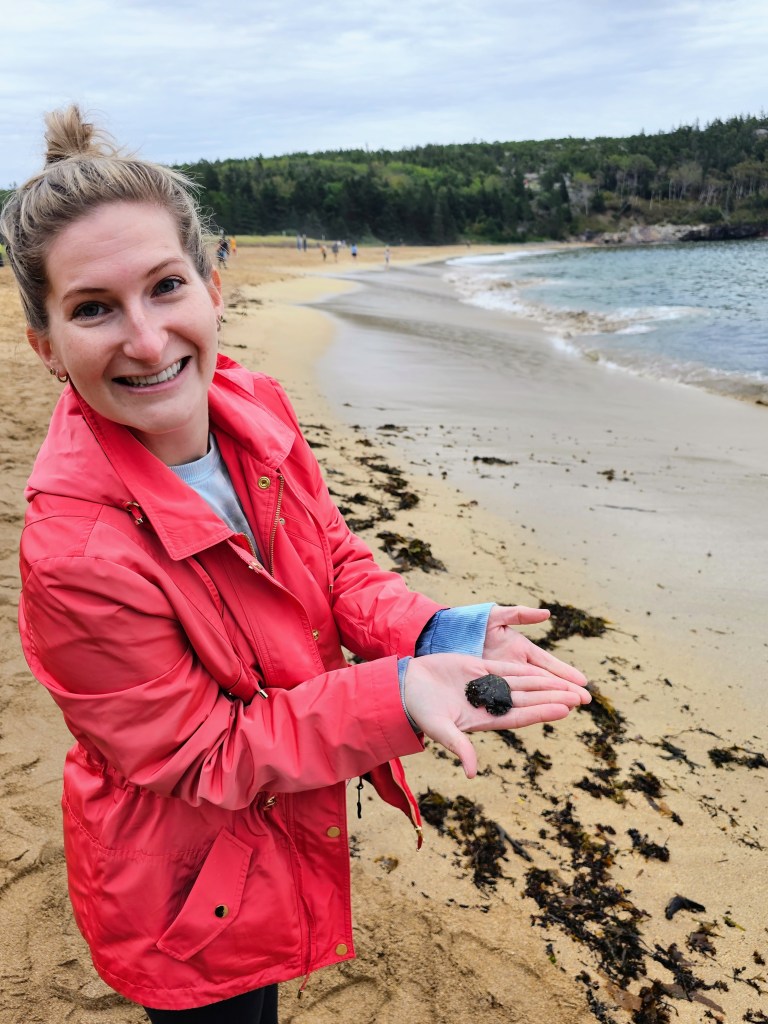

At this point in the afternoon, the weather was worsening, so we decided to head into Bar Harbor for a late lunch. After a delicious meal of lobster rolls and blueberry pie, we did a little shopping and visited the Abbe Museum. This museum (a Smithsonian affiliate) shares the history of the indigenous people of the area and was quite interesting and informative. Our afternoon spent in Bar Harbor was most enjoyable, not crowded and a perfect rainy day activity. Little did we know that cruise ships were not docking due to the hurricane. That quickly changed a couple of days later when Bar Harbor was overrun with thousands of tourists! Yikes!!

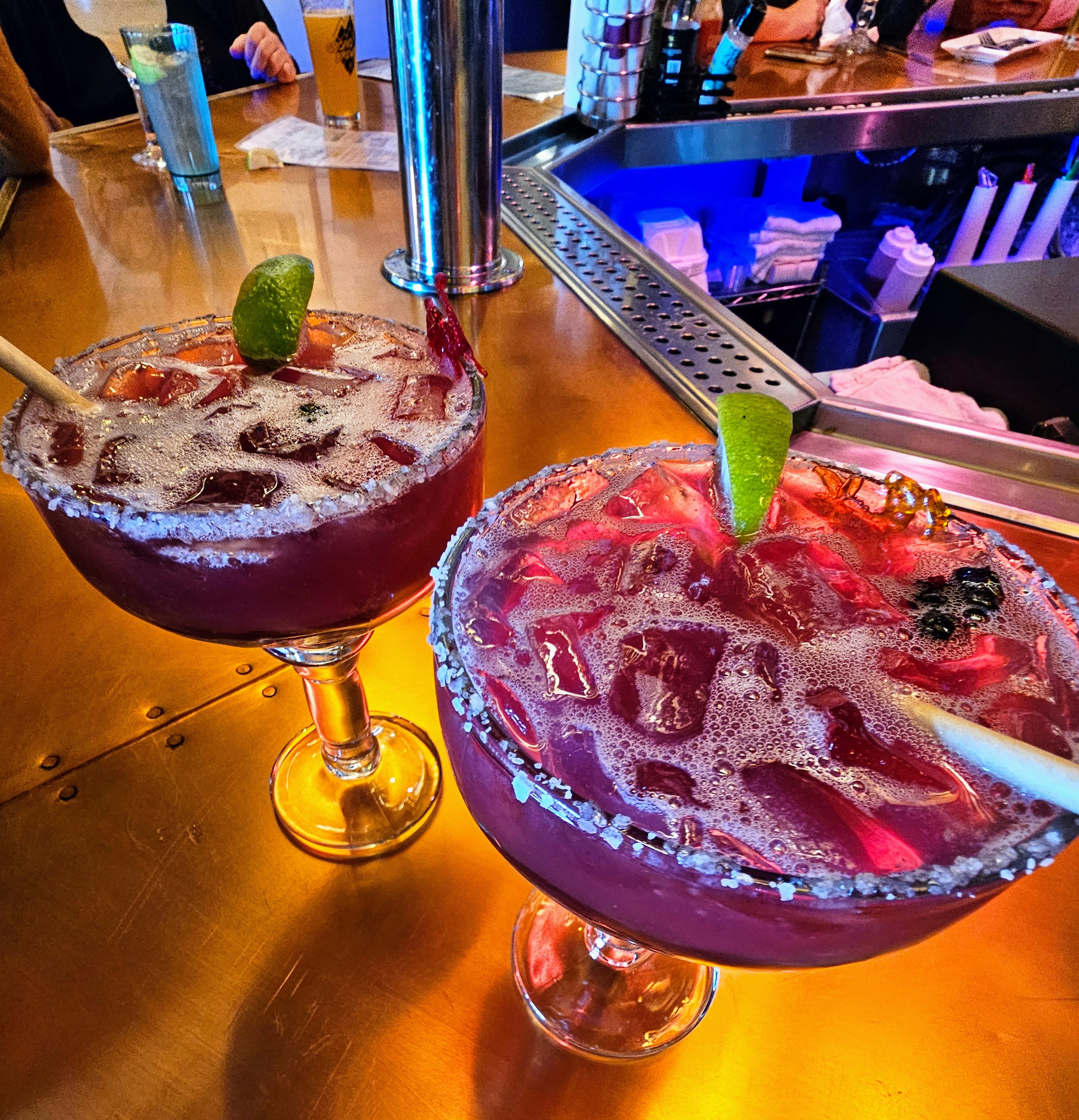

Day Two – We had purchased a $6 pass for our timed entry to drive up to the summit of Cadillac Mountain, one of the most well-known sights in Acadia. Standing at 1530 feet tall, Cadillac Mountain is the highest point along the North Atlantic Seaboard and is the first place to view sunrise in the U.S. One may choose to do the 7.7 mile challenging hike to the summit or drive the 3.5 mile road like we did. On this particular day after the rain had moved out, the view from the summit was cloudy and foggy with limited visibility. Honestly, it was quite beautiful and made the landscape appear ethereal. We didn’t get the famous panoramic views we had expected. Instead, we strolled the misty trails and enjoyed the sparse crowds, ample parking, and total peace and quiet.
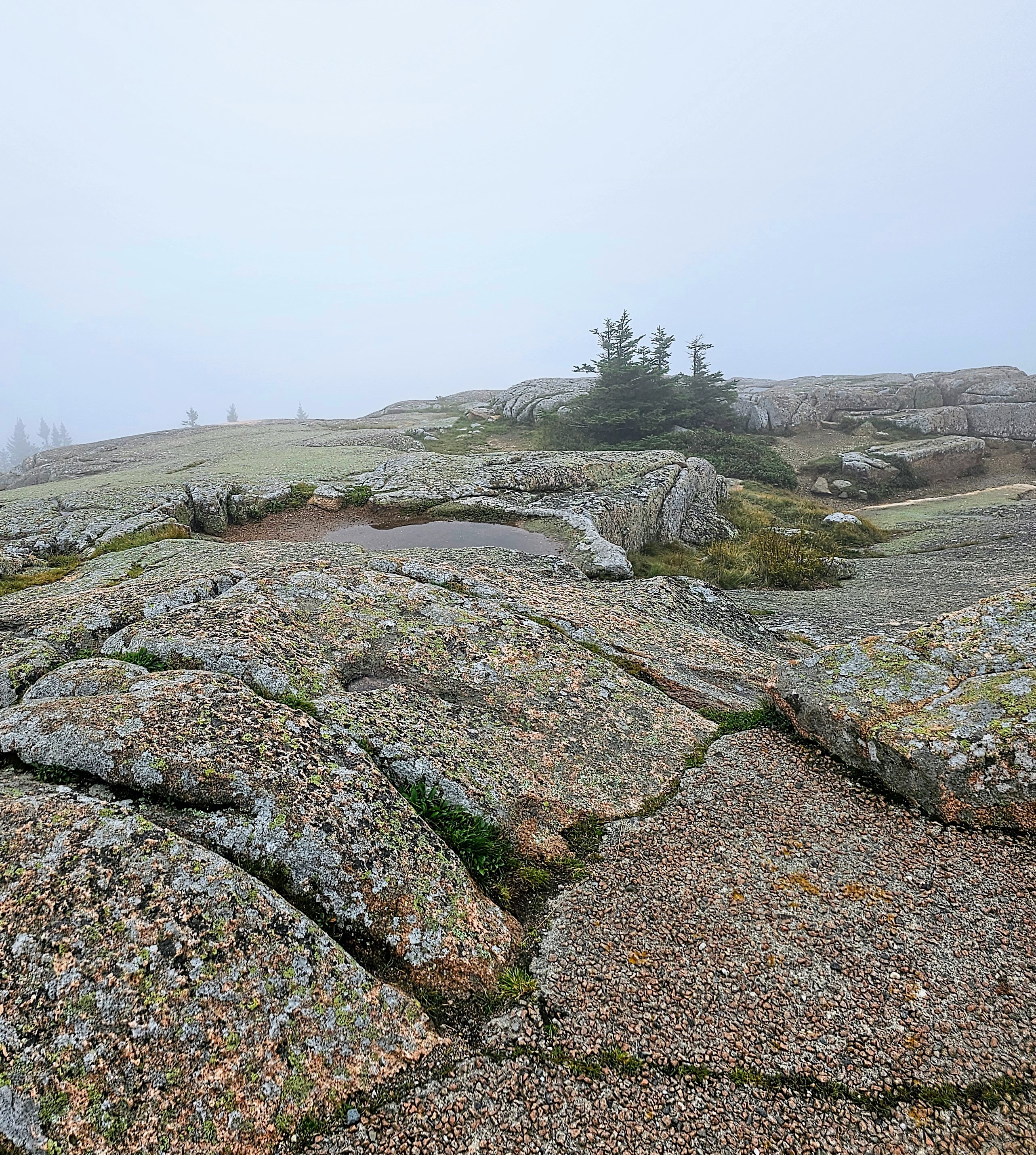
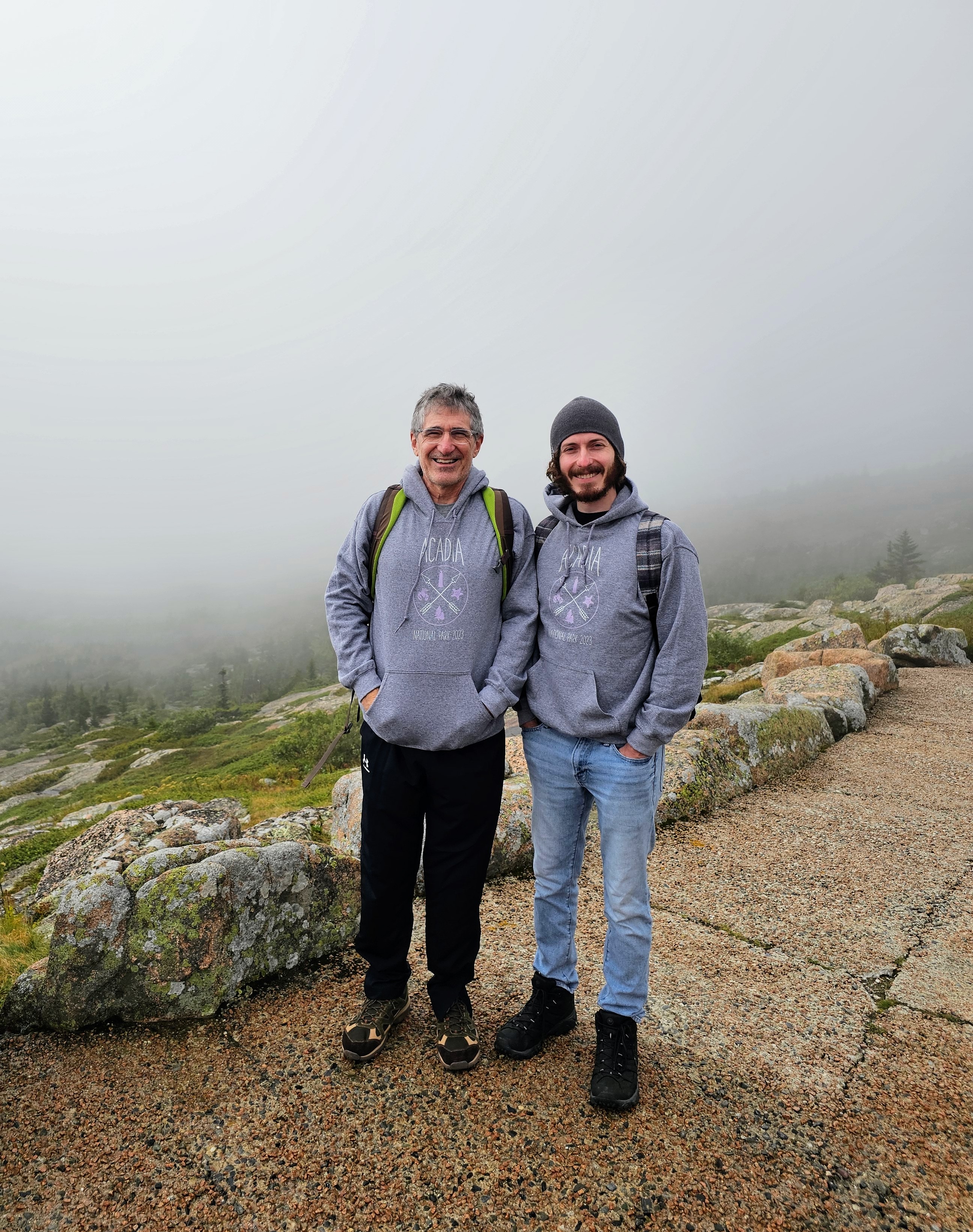
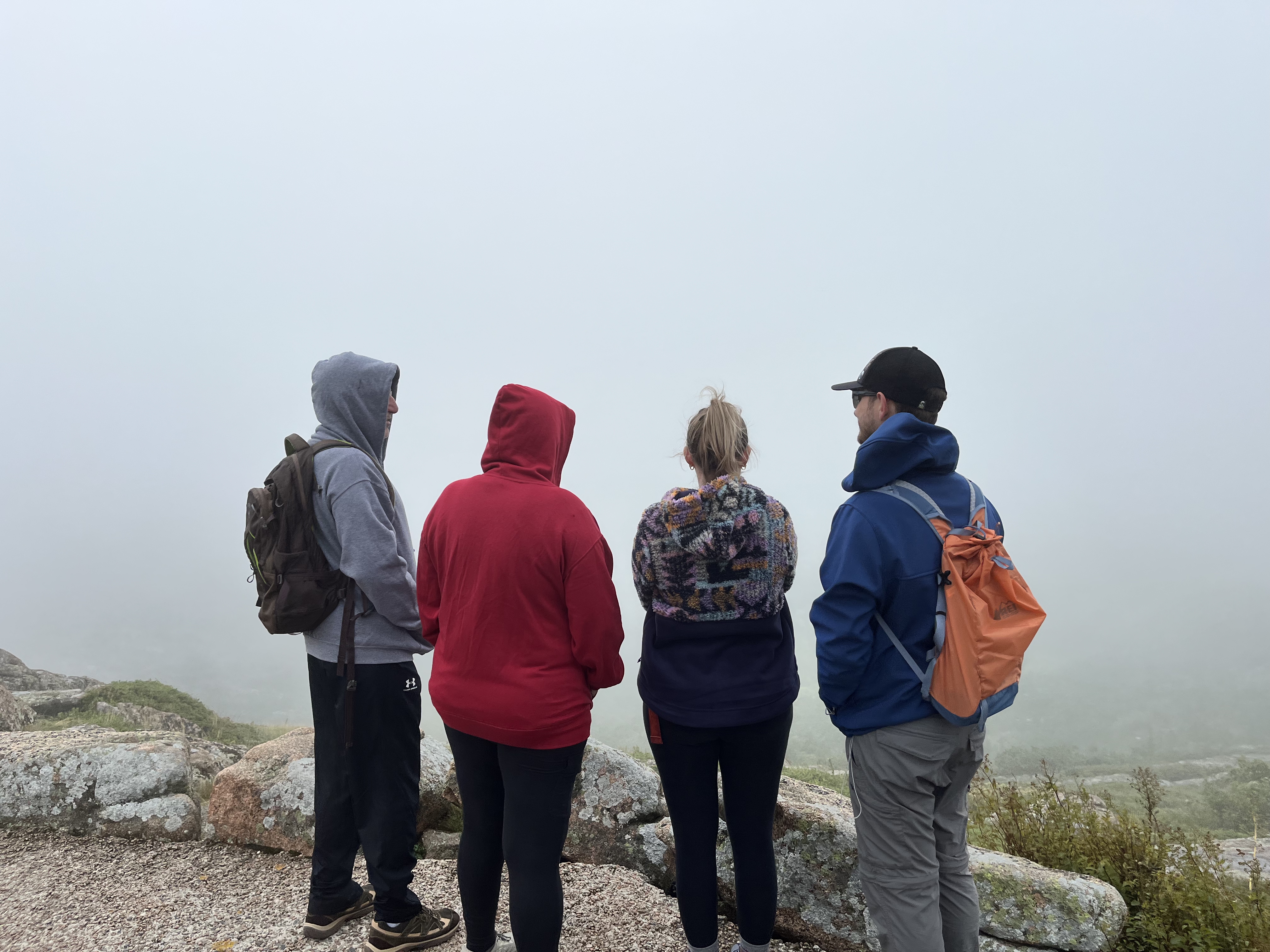
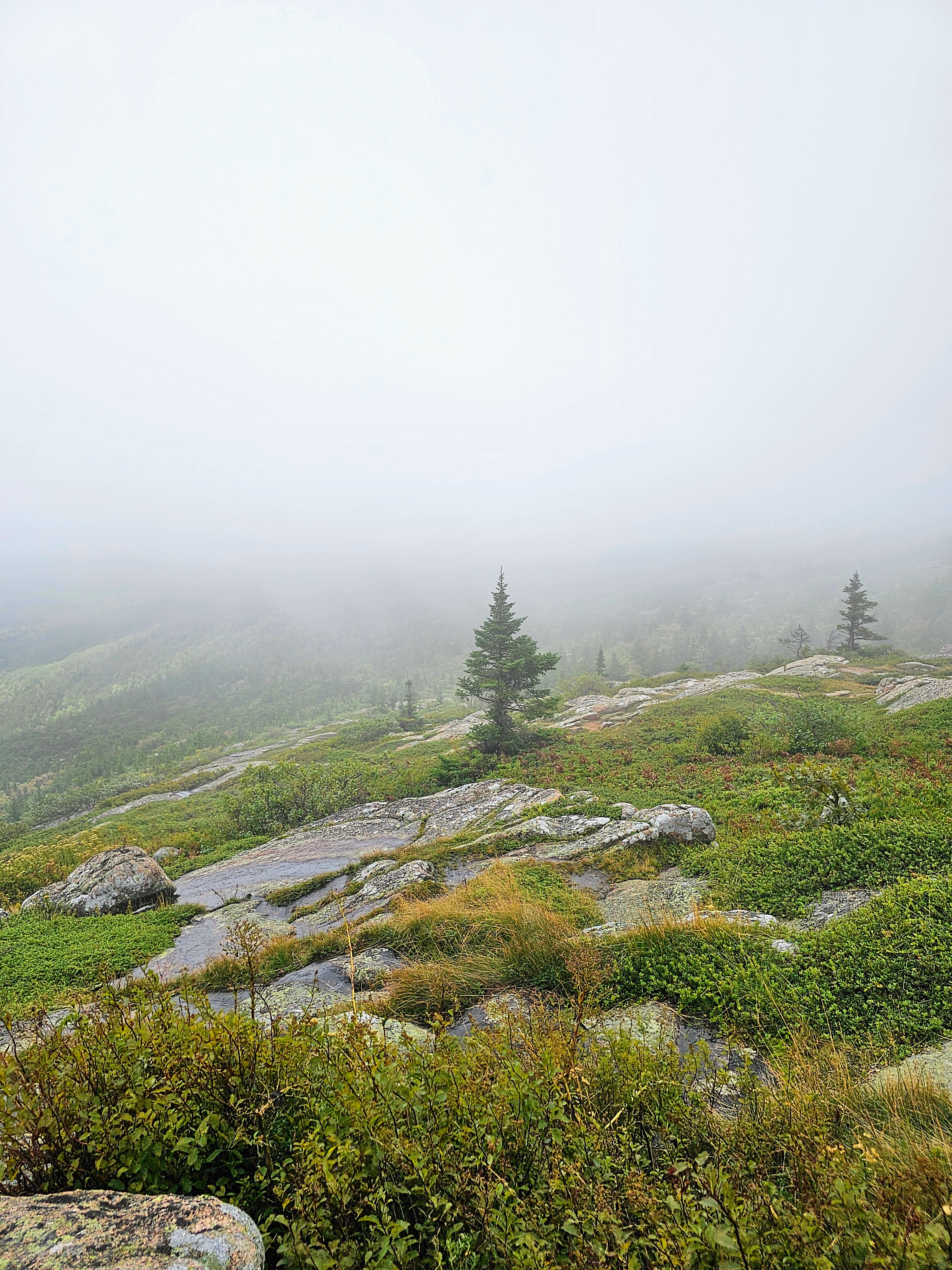

As we drove down from Cadillac Mountain, the weather began to clear at the lower altitude. Our next stop was just a few miles away, the Jordan Pond House. Parking was tough here due to the popularity, but our patience paid off. I had not been able to get dining reservations at the famous Jordan Pond House Restaurant (I tried!) since they book months in advance, but we popped into Jordan Pond’s “carry out” cafe and enjoyed snacks and drinks on an upper deck overlooking the pond. We then headed to the Jordan Pond Path, stopping off to take the iconic photo seen in every Acadia National Park ad – Jordan Pond, rocks in the foreground, North Bubble and South Bubble (twin mountains) in the background. This trail was one of my favorites. The path follows the shoreline of Jordan Pond, has little vertical gain, and is mostly a raised, two-plank boardwalk. Lush forests, ferns, shore birds, colorful mushrooms and twisty tree roots kept our interest along the entire hike. The weather was really nice by the time we completed our hike so we were ready for more adventures!


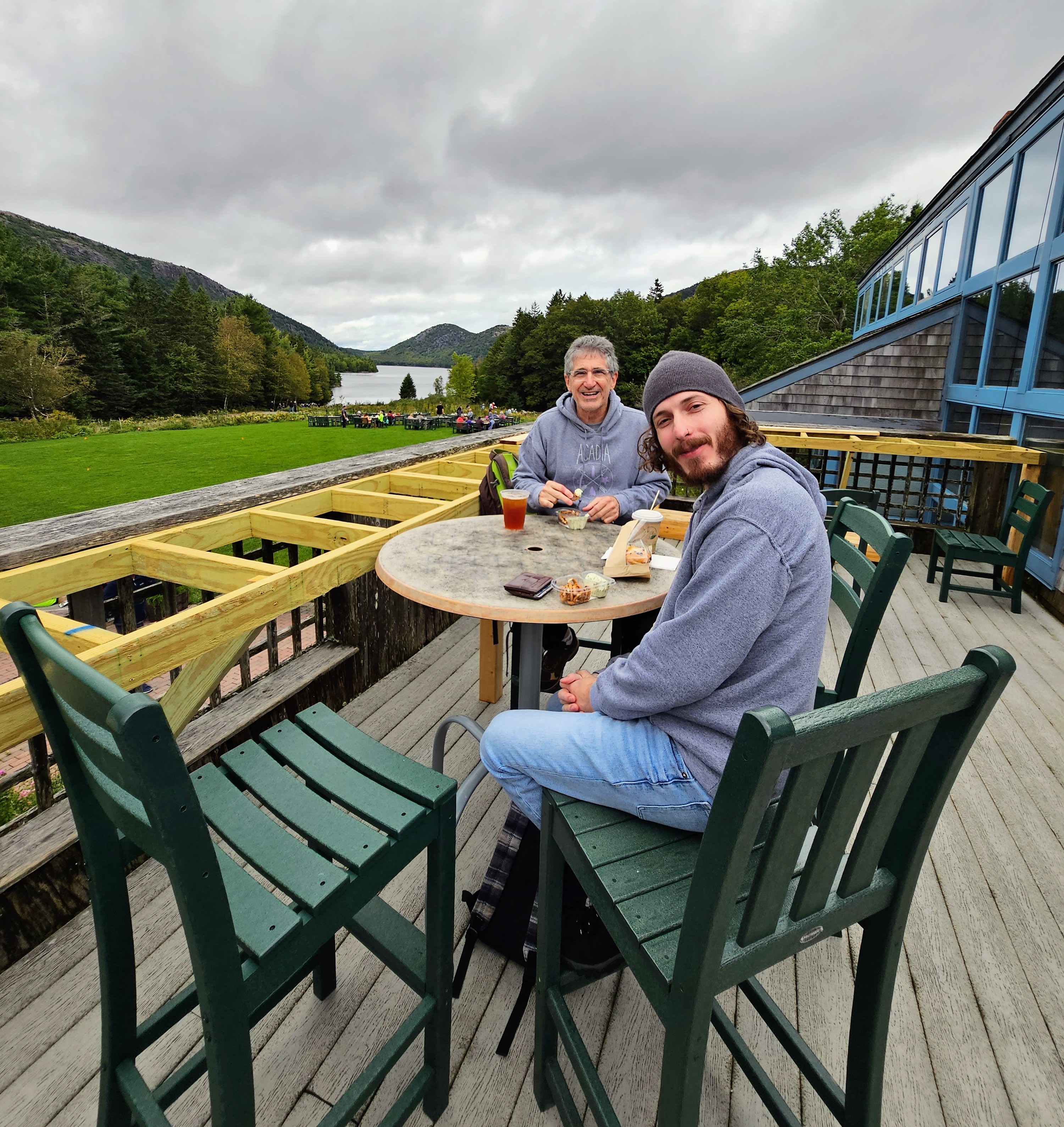
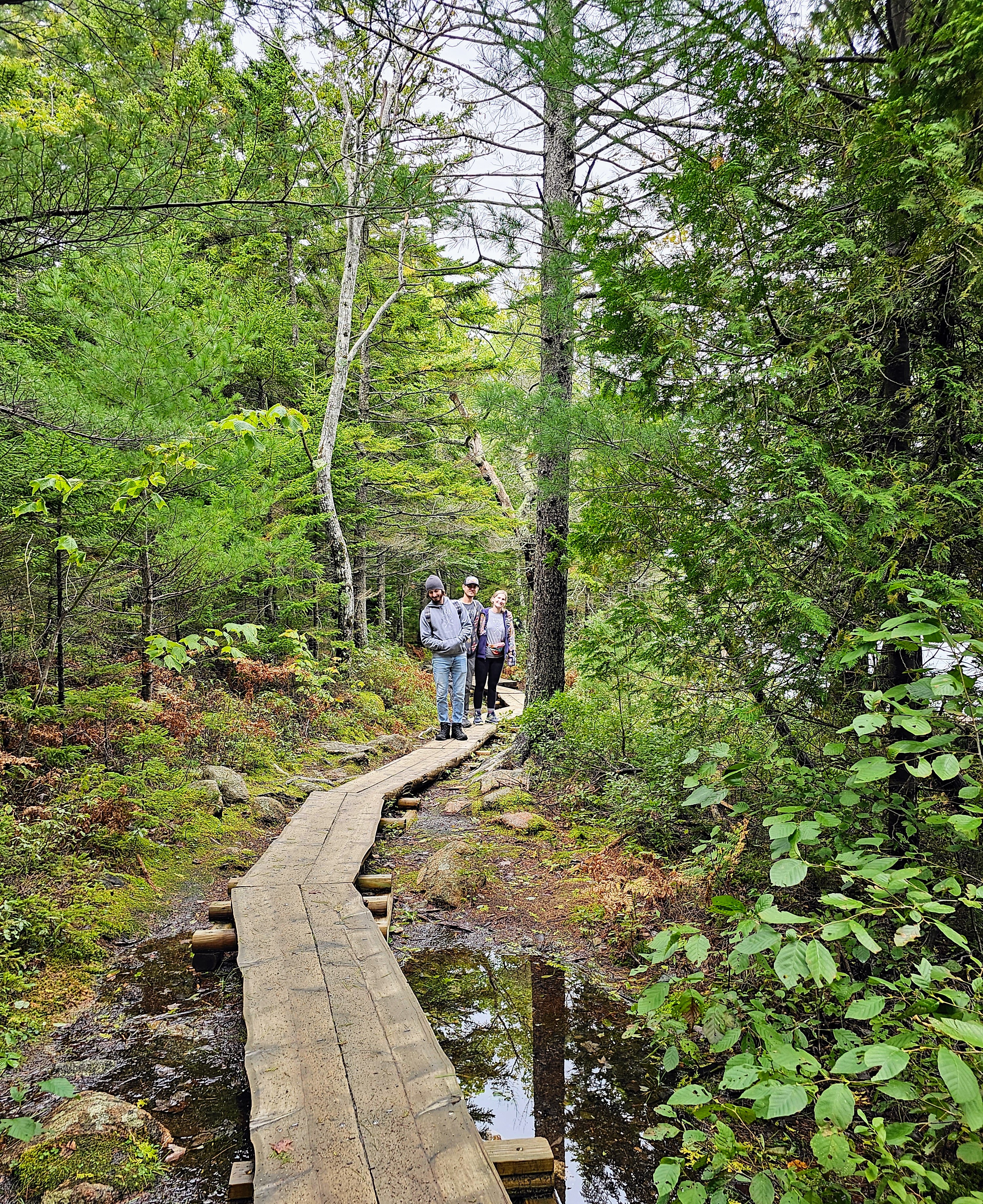
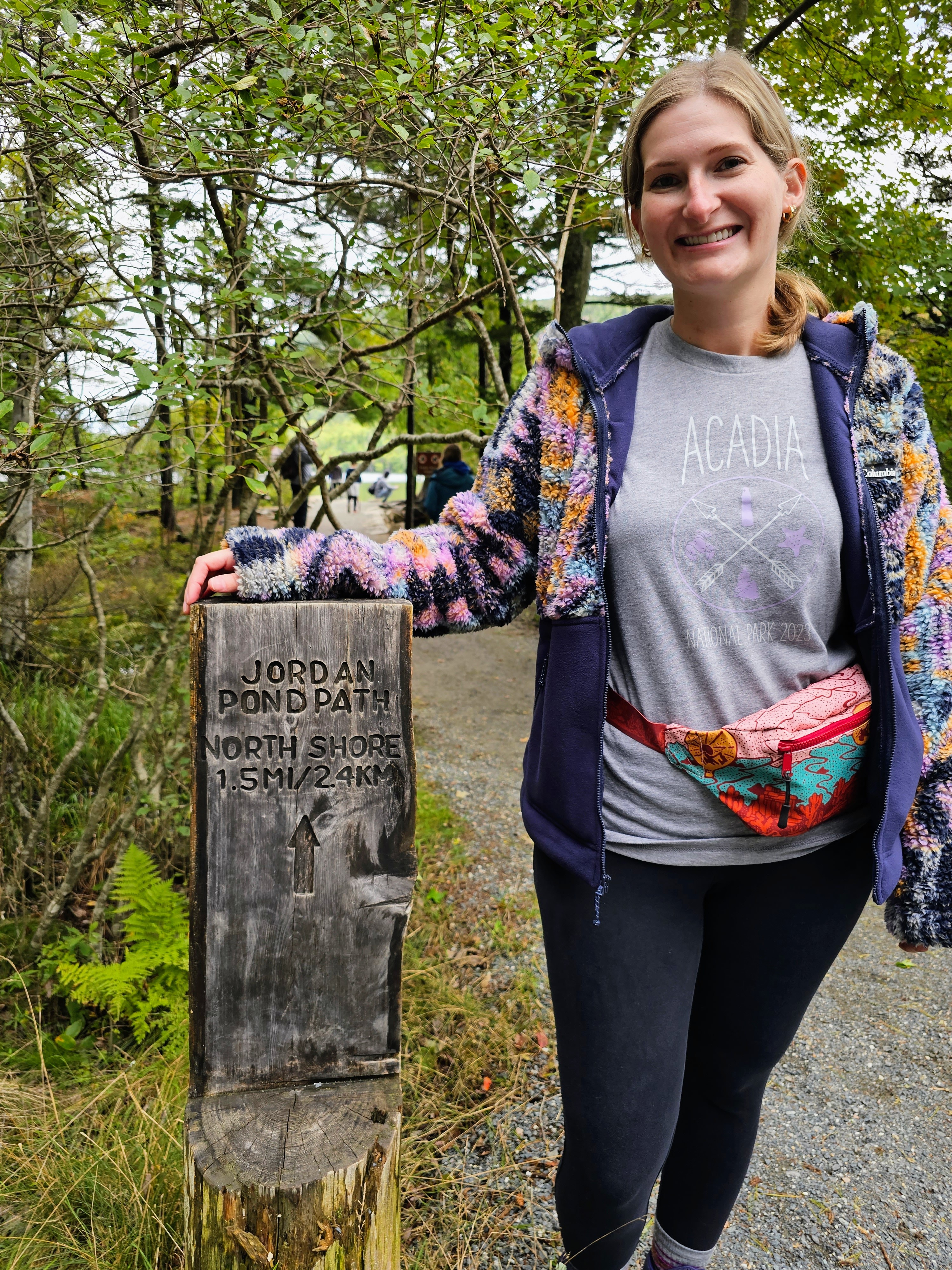
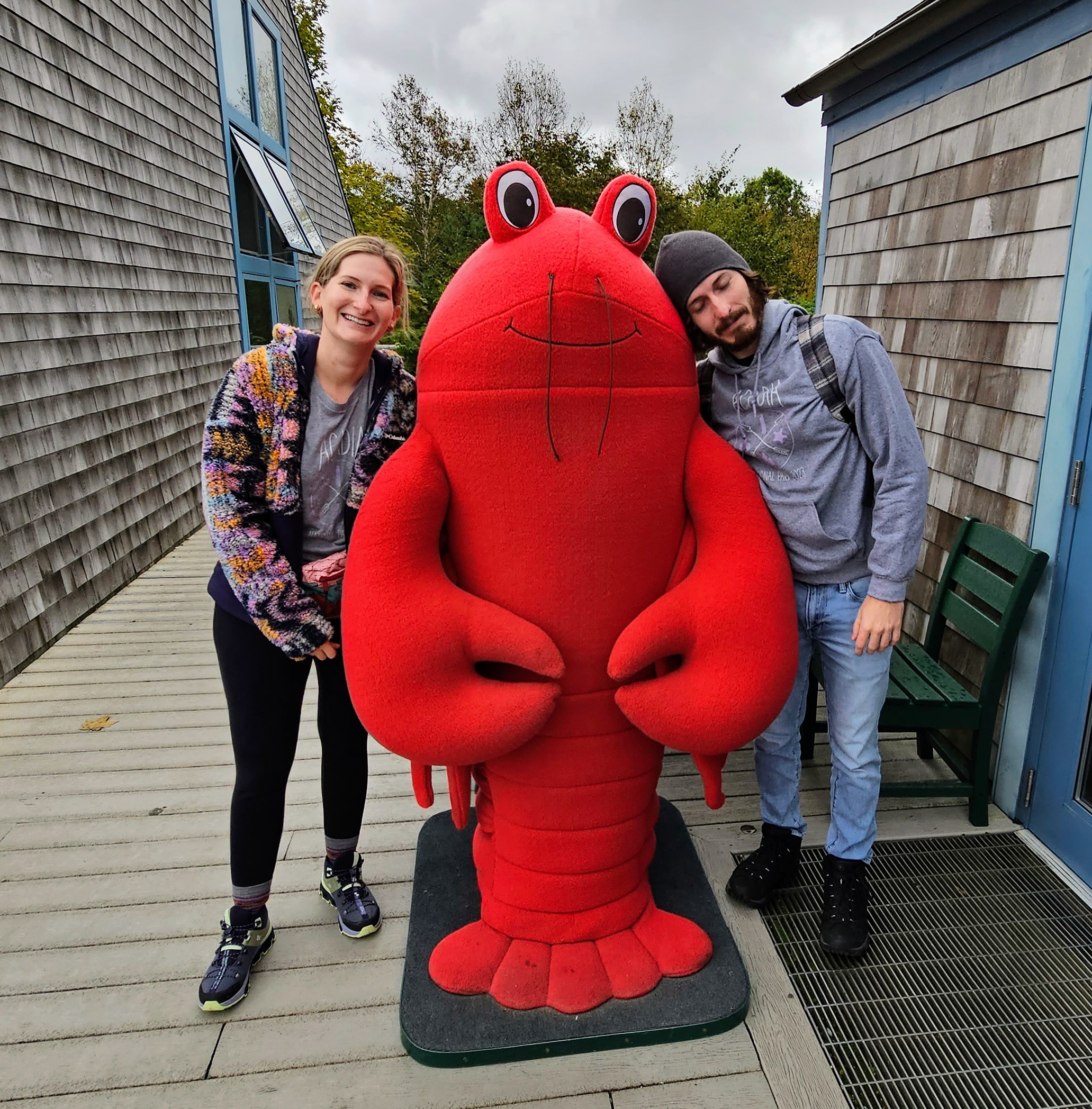

After a wonderful dockside lunch in Northeast Harbor, we headed back to Southwest Harbor. The kids went off on one of the more difficult hikes in our area and my husband and I drove to the Ship Harbor Trail. This was a lovely forested trail that treks to the rocky coast. The 2-mile trail tested my ability (3 months post-knee replacement) with rock scrambling, tree root scrambling, jumping over rocky crevices, traversing deep mud puddles and avoiding slippery granite boulders. Luckily, I lived to tell the tale! We finished the hike and met up with the young ones at Seawall, which was nearby. We did some rock and shell hunting on the shore and headed back to the rental, What a wonderful day it had been. I had hiked almost 7 miles with my new titanium knee! It was an exhausting day – but well-worth the experience.
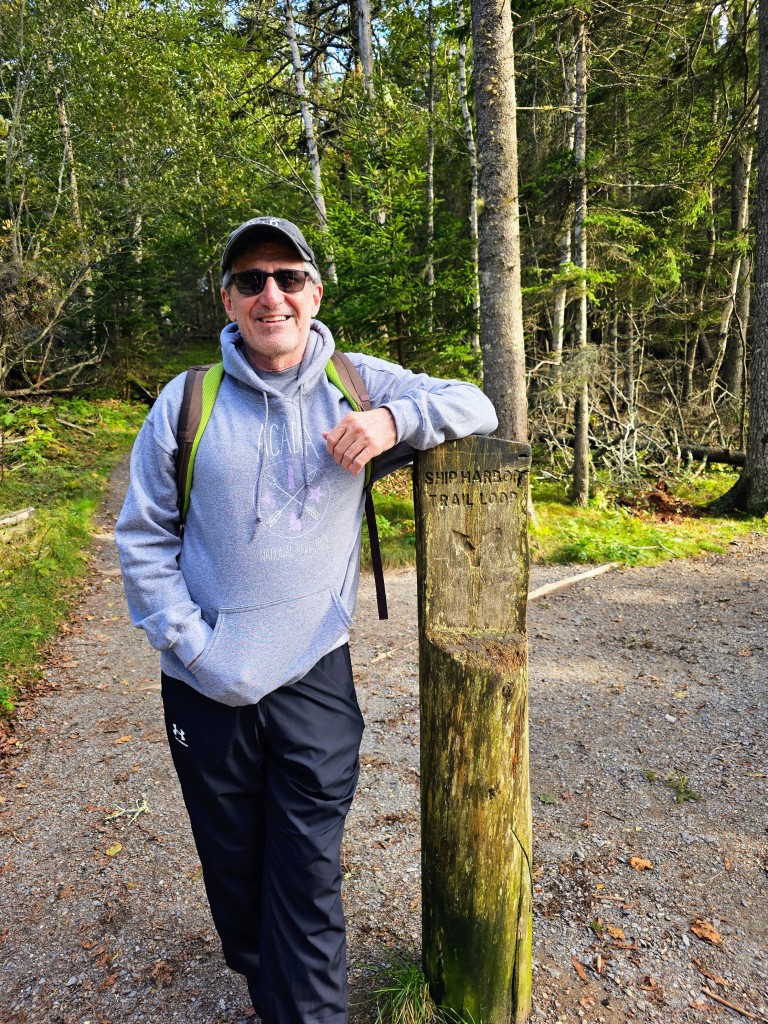

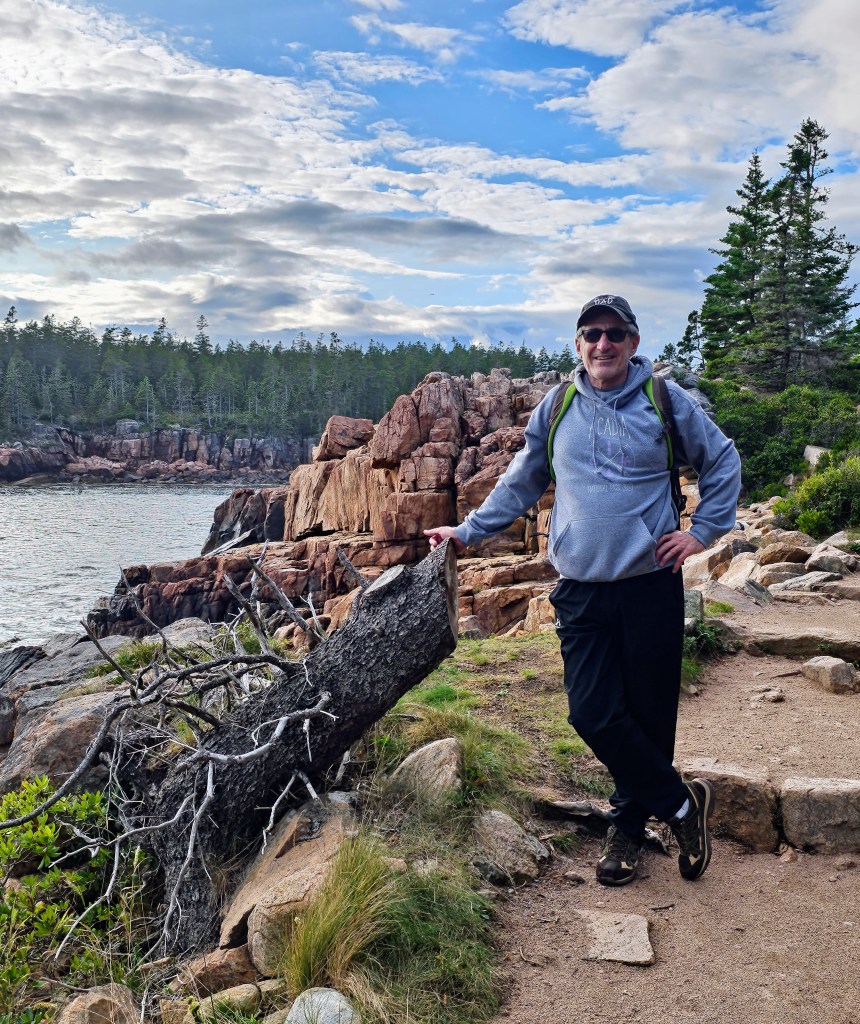

Day Three – This day might have been our family’s favorite day, although each and every day in Acadia was pretty dang great. We got up, ate breakfast and drove northeast towards the Schoodic Peninsula. Our first stop was the Tidal Falls Preserve in Hancock, Maine where (prior to the hurricane) tidal pools were full of colorful sea stars, starfish and crabs during low tide. We only found a few lavender-colored mussels and sea snails before watching a poor crab get disassembled on a rock for a seagull’s snack. We were disappointed not to find much else in the tide pools and went on our merry way. We stopped in a little town on the way for lunch and then drove the Schoodic Loop Road. This area of the park was far less crowded than Bar Harbor and had hiking trails, cobblestone beaches, spectacular rocky coasts, meadows full of wildflowers, and dense forests and hills. The name is a Native American word meaning “the end”. When you stand there on high granite cliffs with crashing waves far below and nothing but ocean ahead, you understand the name. It was breathtakingly beautiful and photos don’t do it justice.

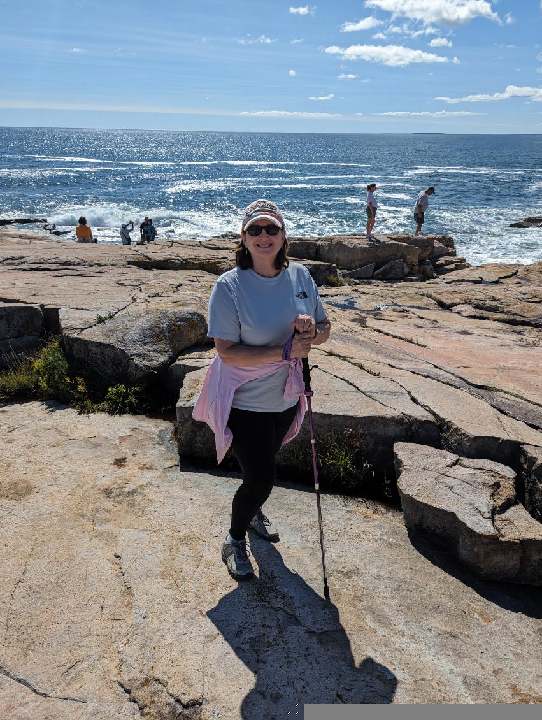
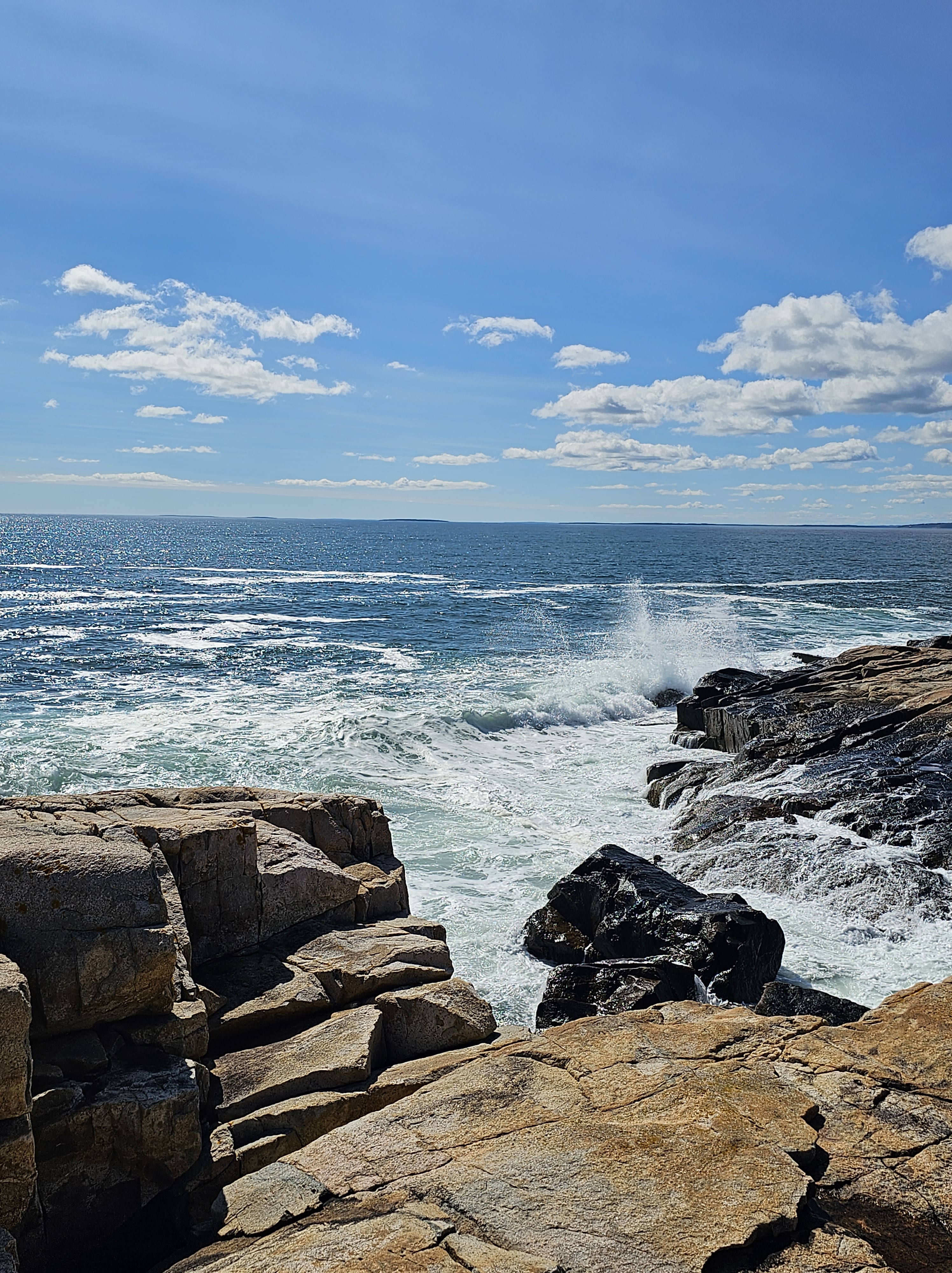


After an afternoon spent relaxing on the rocky shoreline and exploring a couple of beaches, we headed back to Southwest Harbor. After a brief stop at our rental for refreshments, we drove to the Bass Harbor Lighthouse to check it out and get a sunset view photo op. We hiked the short trail and descended a set of stairs before scrambling across granite boulders for the best view. This lighthouse was built in 1858 and is actually more visible from sea than from land. We were lucky enough to see a majestic sunset and got some great pics before heading back to our little home away from home.

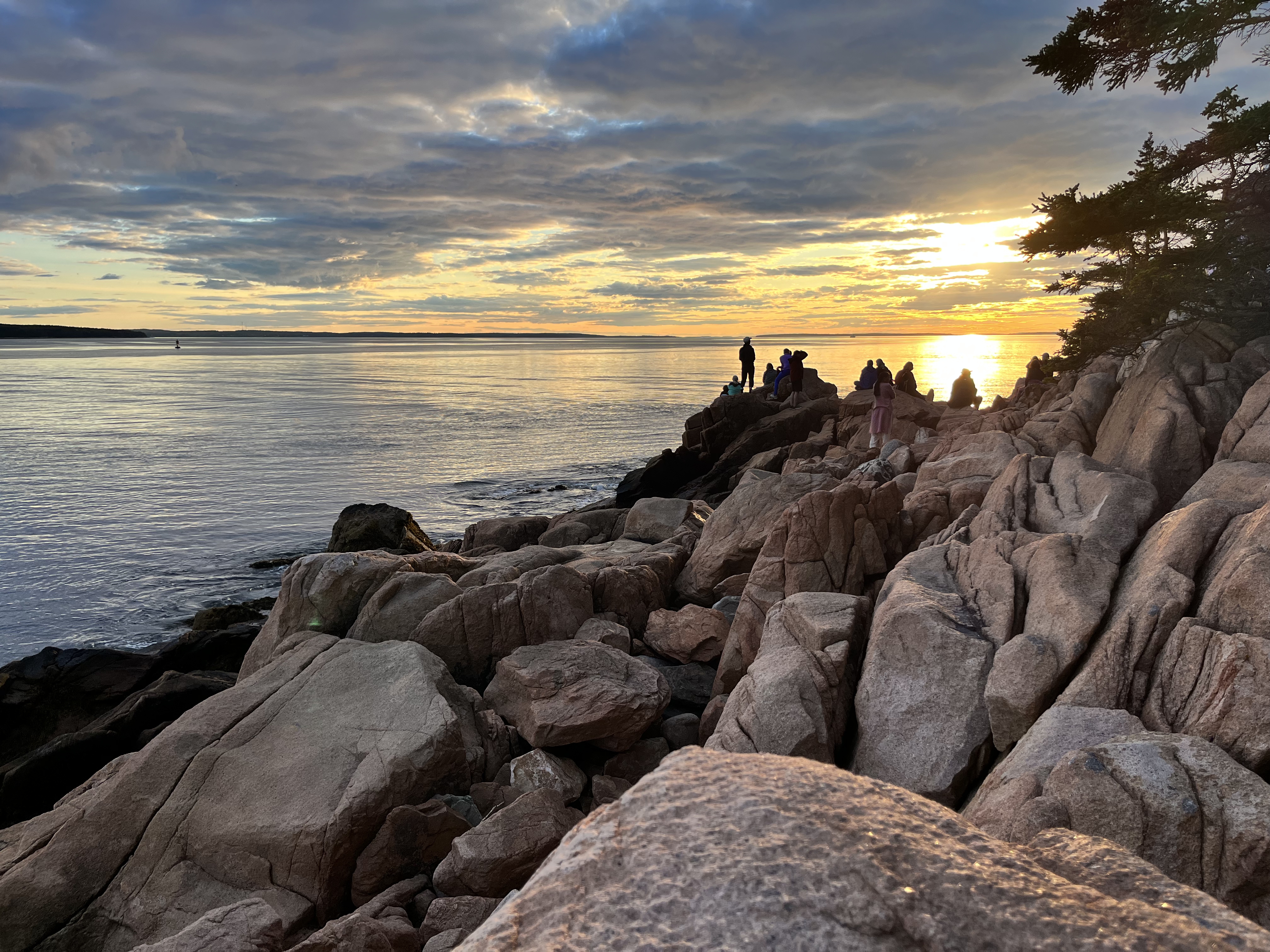

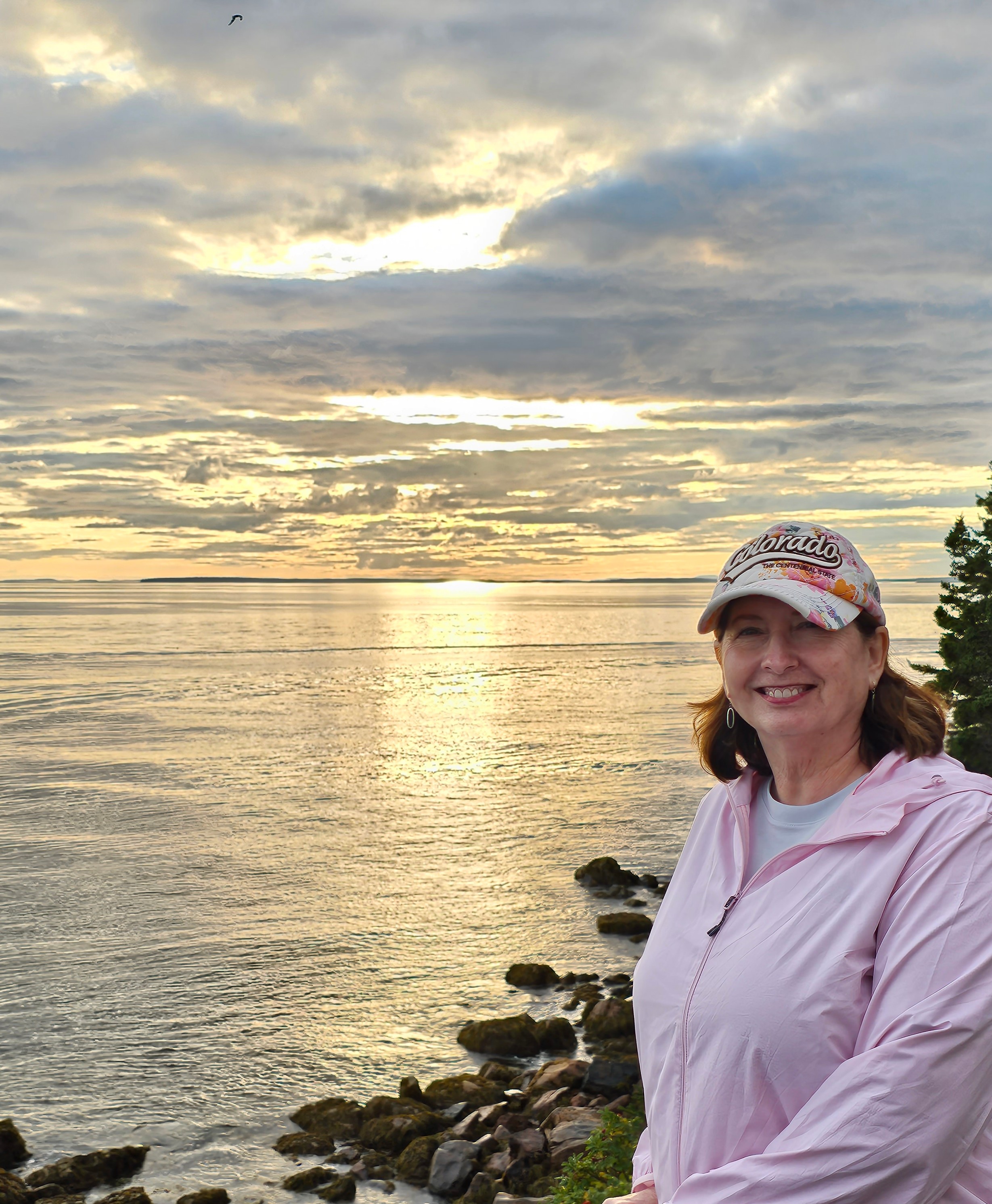
Day Four – This was our final day before travel. I always save this last day for things that we want to redo or things we didn’t get to do for whatever reason. Our Cadillac Mountain Summit view didn’t turn out we way we planned so I had purchased another entry ticket “just in case.” This particular morning was crisp, clear and sunny. We took in the panoramic views that we had expected, but weren’t afforded, on our first visit. The views of Bar Harbor, the Porcupine Islands, the Cranberry Islands, Eagle Lake and all the hills and valleys were amazing. We easily spotted several cruise ships docked in Bar Harbor far below, so it was no surprise where all the people had come from. The entire summit and parking lots were extremely crowded! There is a lot to be said for rainy, cloudy days.
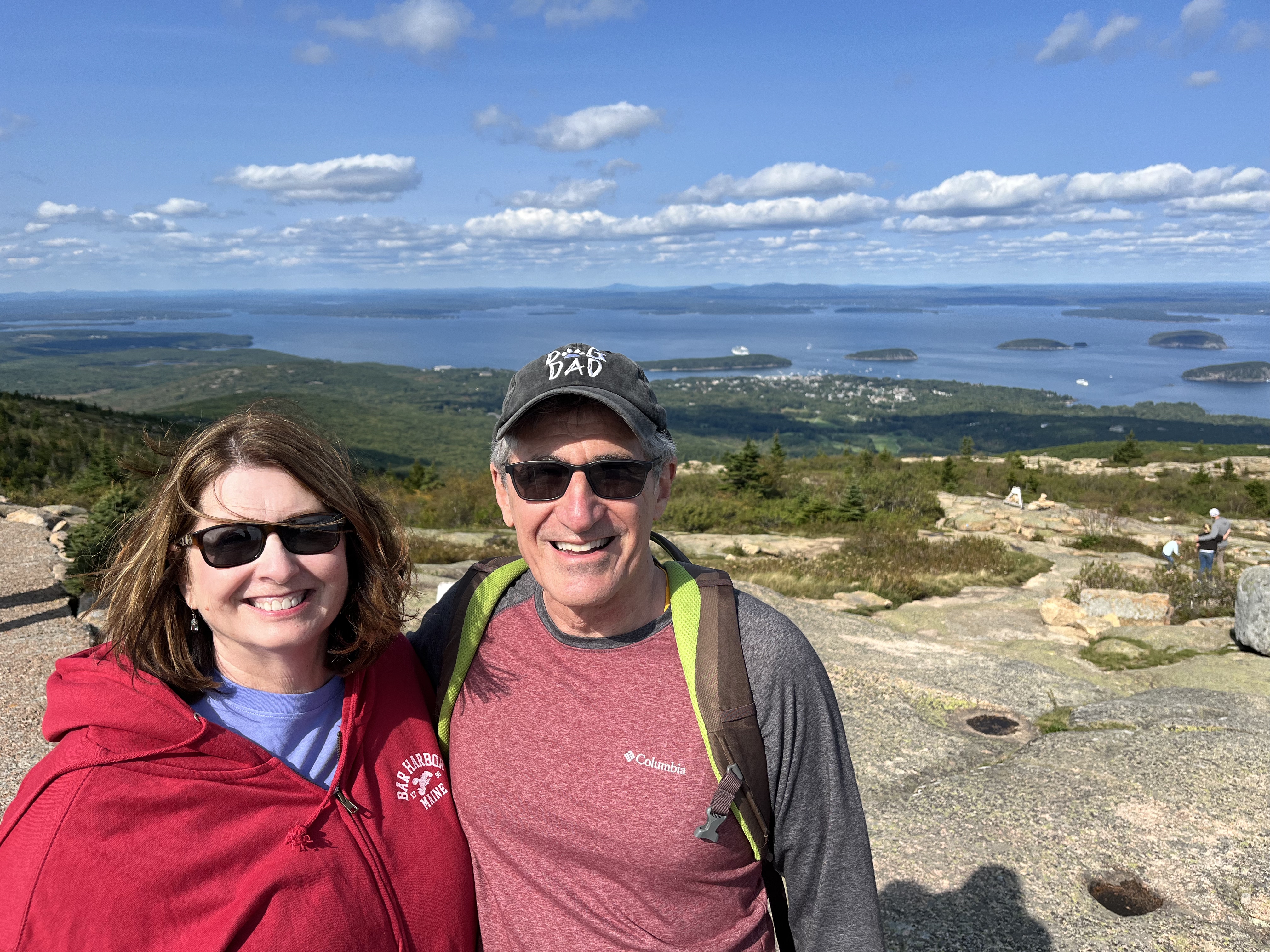


From Cadillac Mountain, we drove to Otter Cliffs along the Park Loop Road and continued where we left off the first day, due to inclement weather. This area has a very dramatic landscape with rugged, steep cliffs and strong ocean surf. We drove the loop, stopped at a little hidden cobblestone beach, then headed to the “meadow” area of the park. We met our kids (after they had completed another treacherous hike that the old people couldn’t/wouldn’t do!) and began our hike on the Jesup Path and looped back on the Hemlock Path. The meadows, wildflowers and trees along these paths made for quite a scenic hike. It was very peaceful and we only saw one other couple on these trails. Loved it! The Jesup Path was mostly a wide, wooden trail (above ground level) through beautiful trees and marshy areas. Many of the tree leaves were beginning to turn their bright fall colors of red, orange and yellow. We intersected with the Hemlock Path after a while, which was more of a forested trail with large trees, boulders and small waterfalls. This was a leisurely afternoon stroll and the perfect way to wrap up a four-day trip in Acadia.

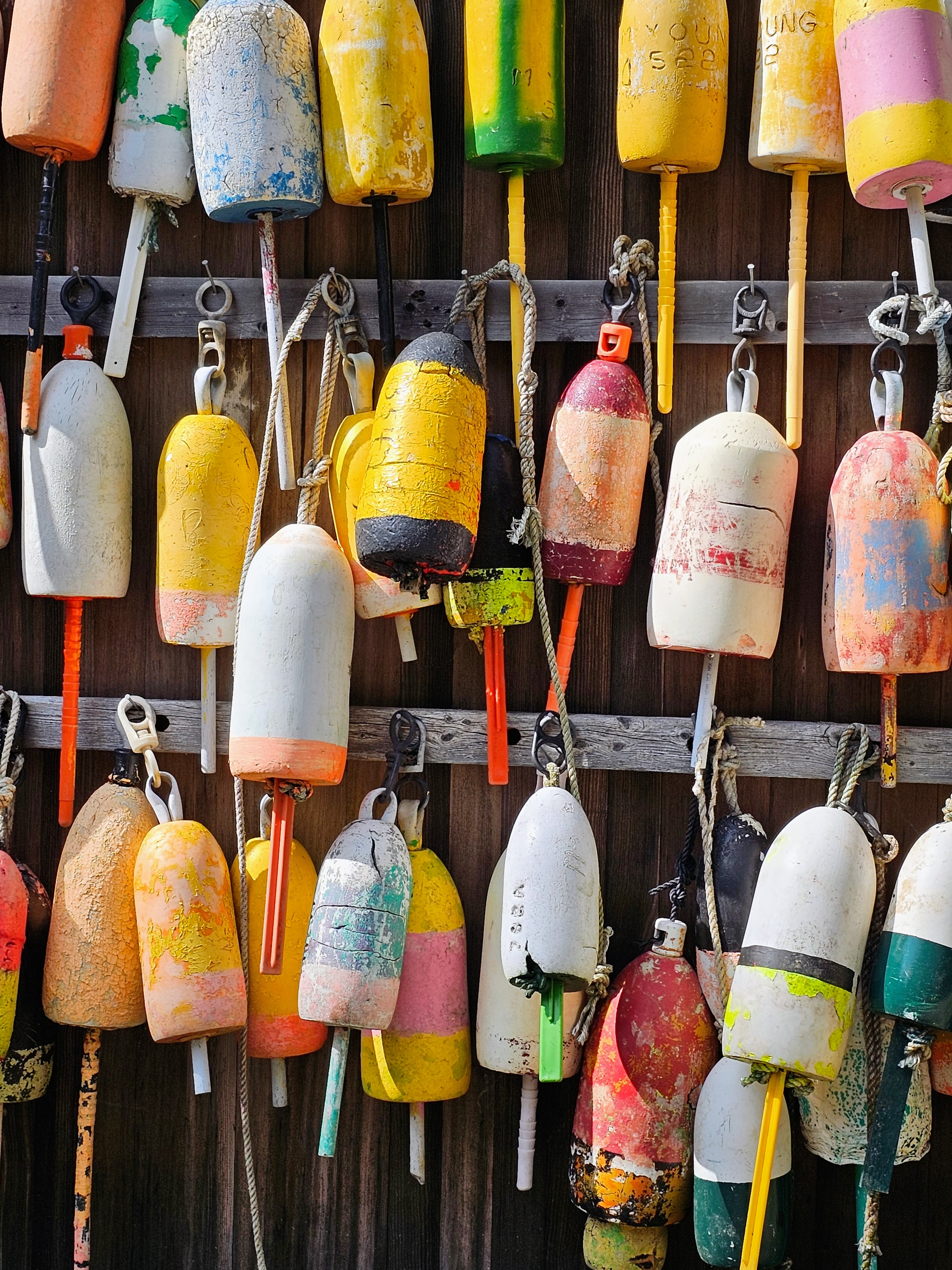

We packed four full days with activities and still didn’t see/do many of the park highlights and tourist faves. There are 158 miles of trails within the park’s boundaries – making hiking the most popular activity. There were many trails that we just didn’t have the time (or guts) to do! Most of the more adventurous trails that our kids hiked involved climbing up/over iron rungs, metal ladders, granite staircases, boulders, exposed cliffs, and steep rock walls. No thank you!
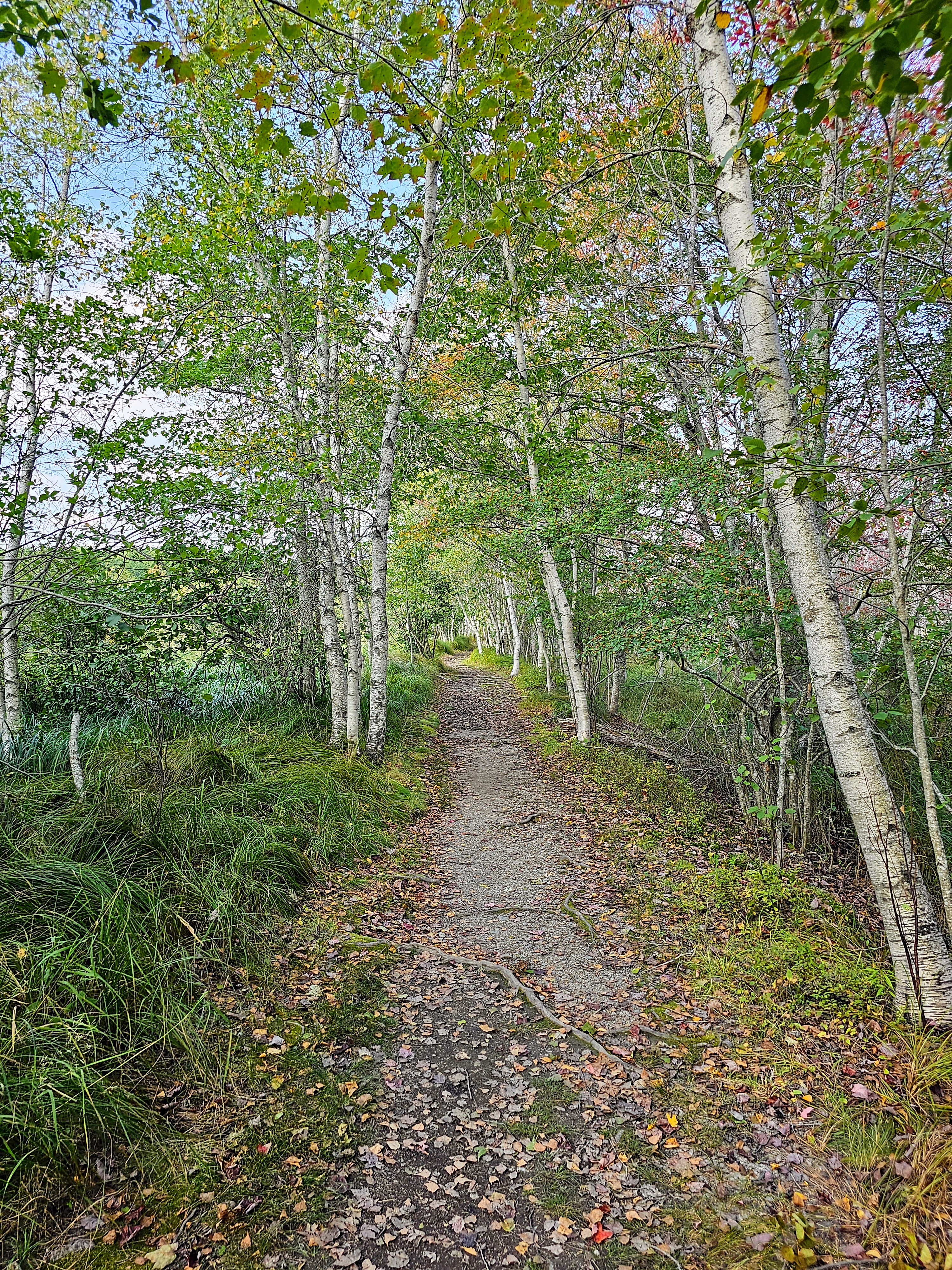
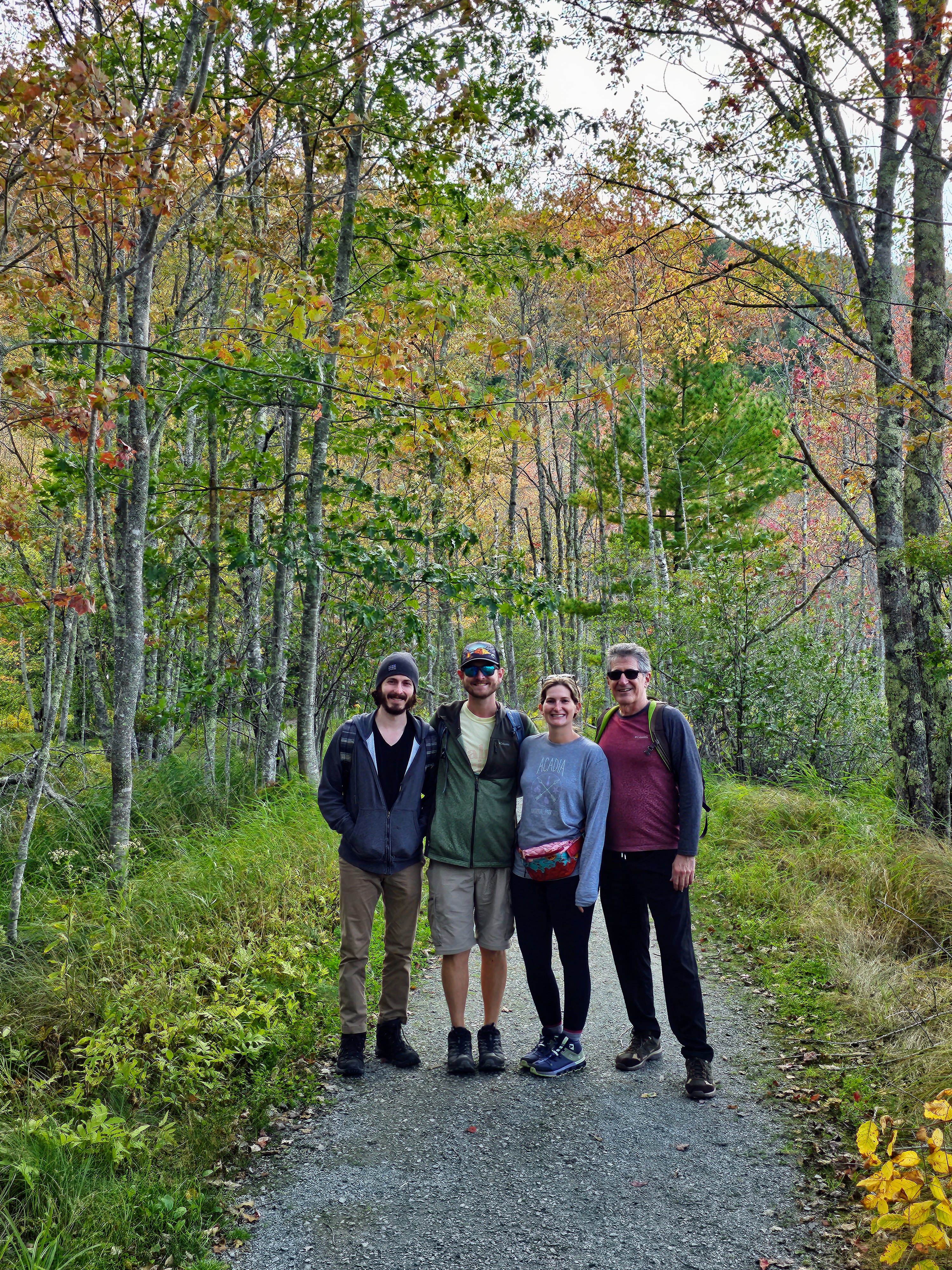
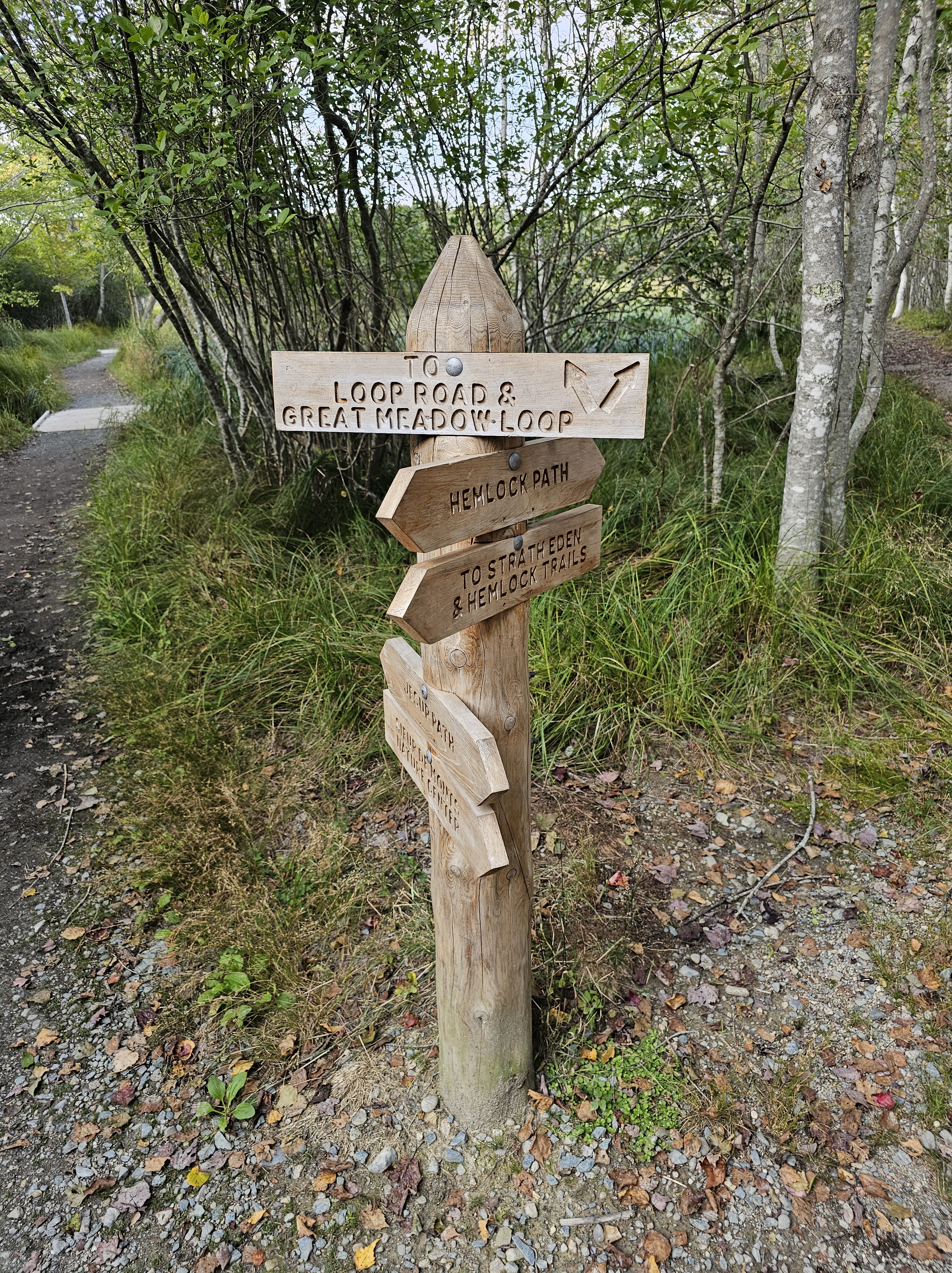
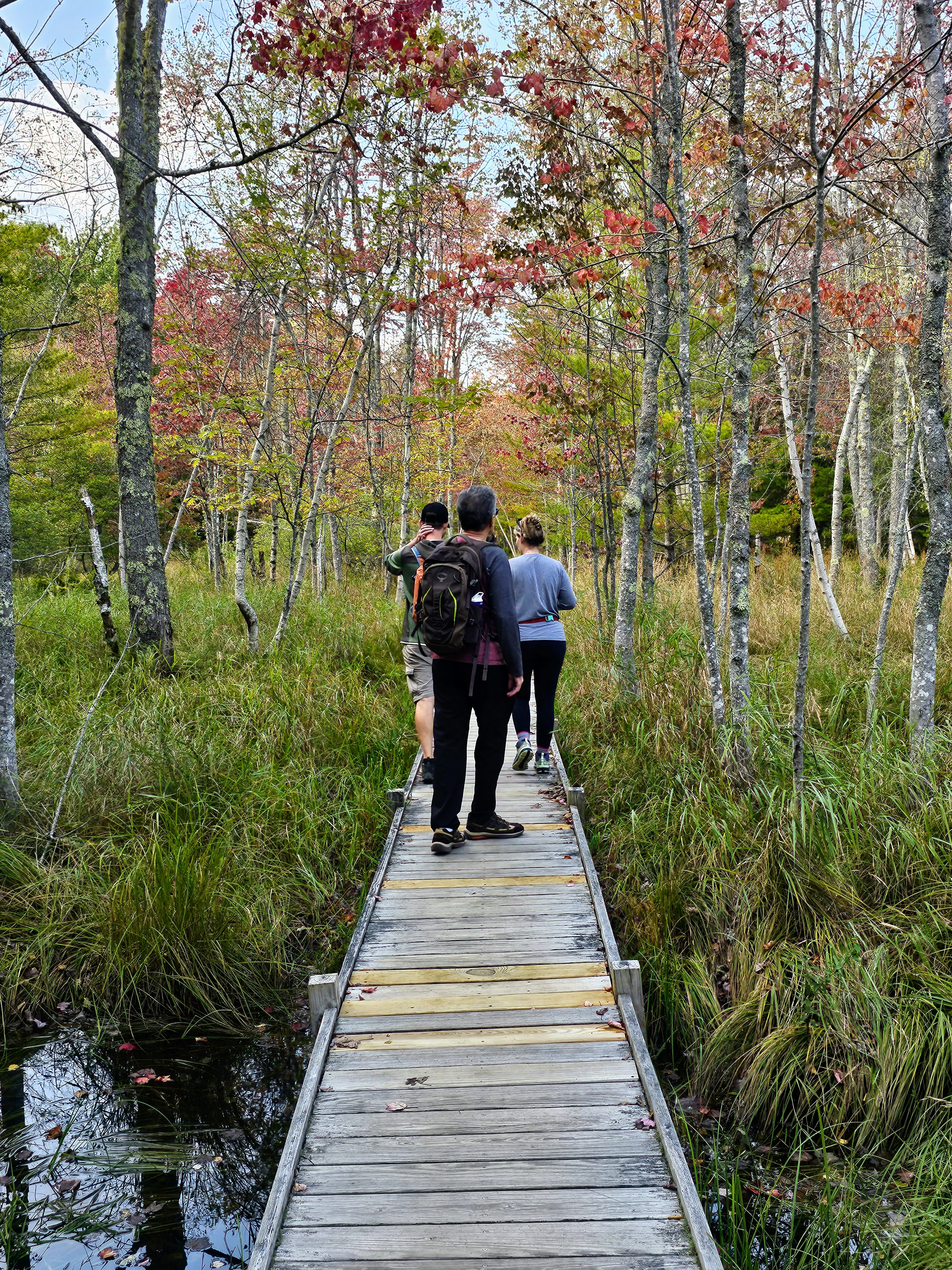
Acadia National Park has miles of Carriage Roads that dissect the park and make perfect trails for hikers, bikers, equestrians, and people with pets (no cars!). Rented E-bikes seem to the “latest & greatest” vehicle of choice along these paved trails. The Carriage Roads were built in the early 20th century as a way to see the park by horse and carriage, which you can still do today (for a nice price). There are 45 miles of these historic roads with 16 old stone bridges. It is not uncommon for people to see owls, frogs, porcupines, tortoises, foxes, turkeys and deer along these trails.
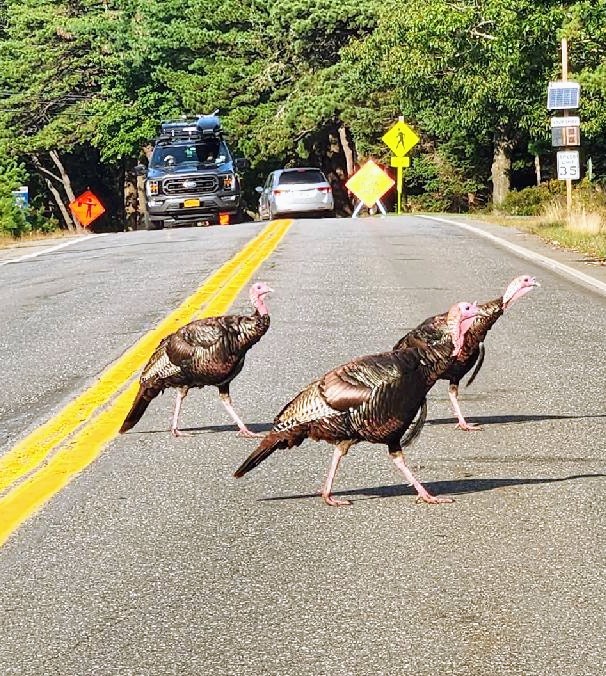





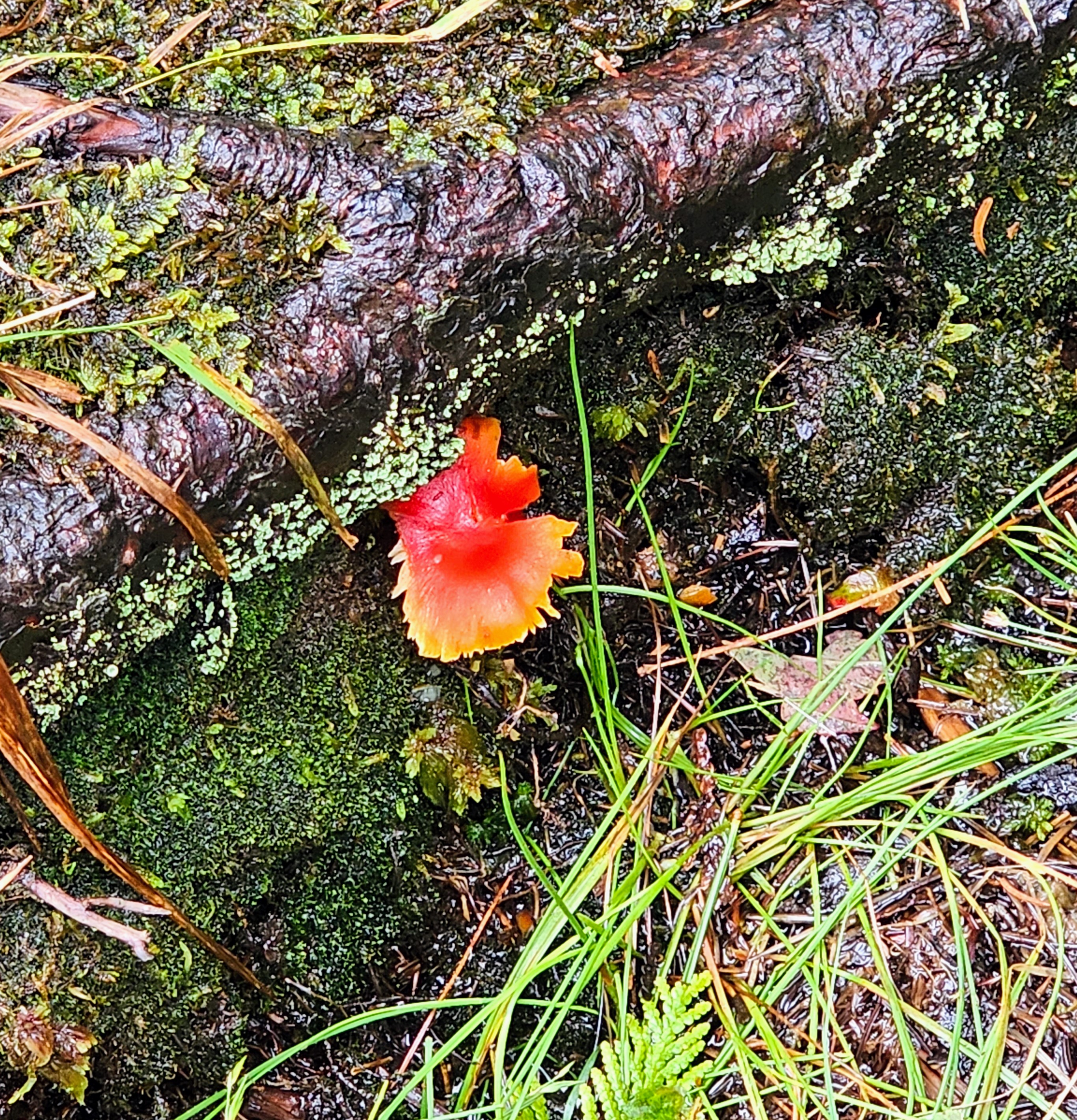

In conclusion, Acadia was a magical place for me and my family. I will always cherish the memories of a week spent in this wonderful national park where the sea meets land, tide pools meet beaches, lakes meet mountains and ponds meet meadows. One can also have fresh lobster three meals a day! What’s not to love?
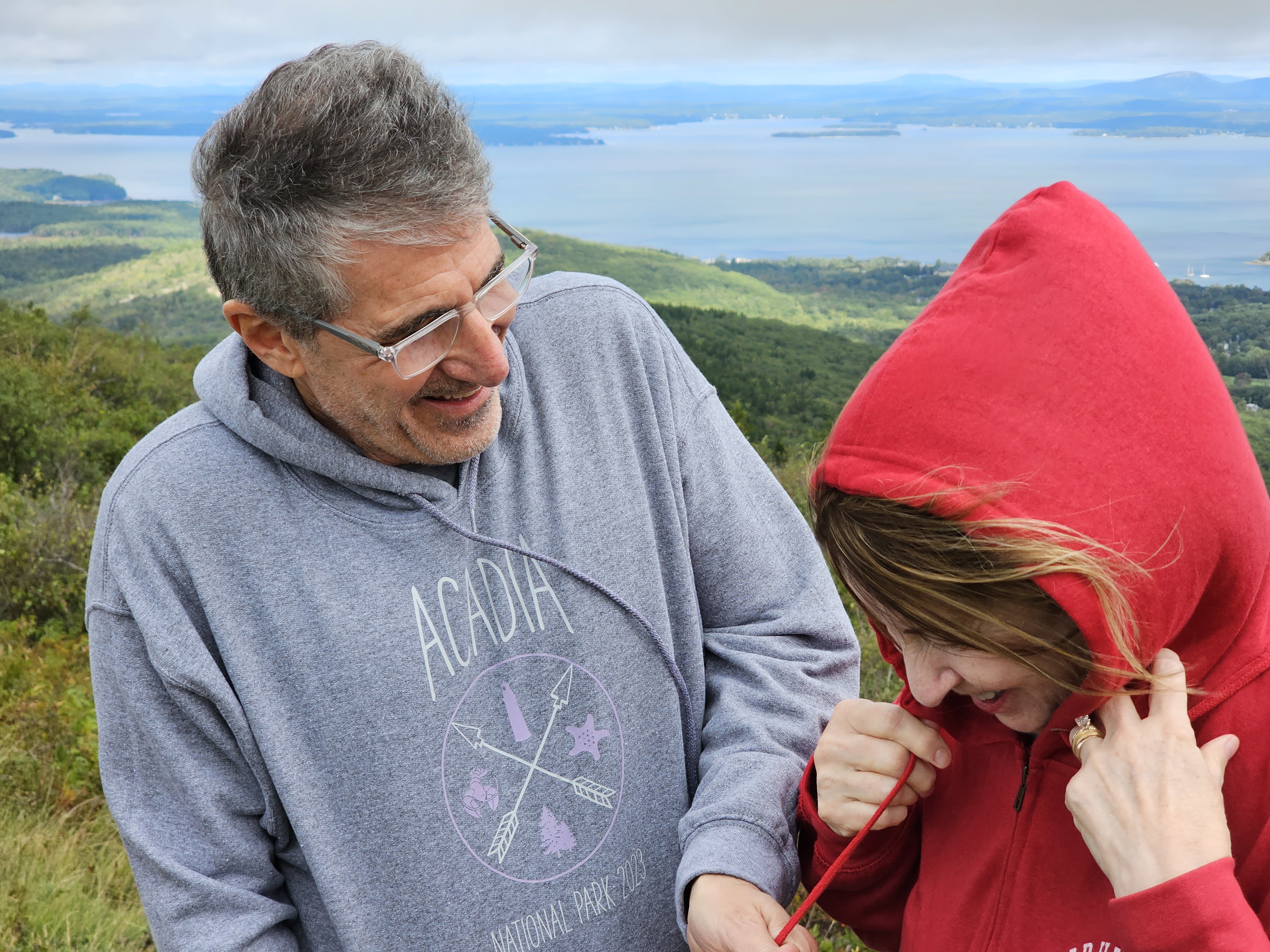



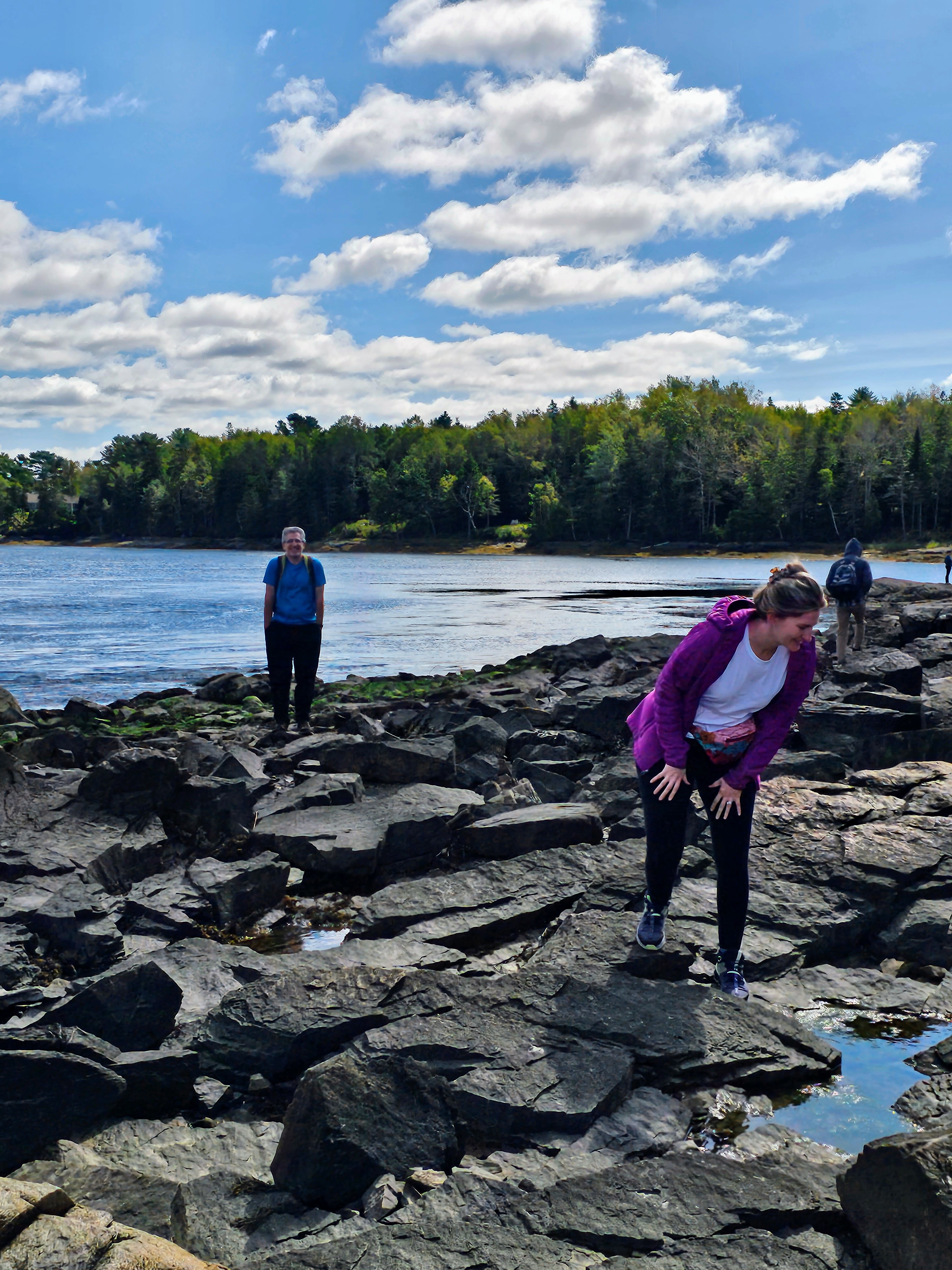

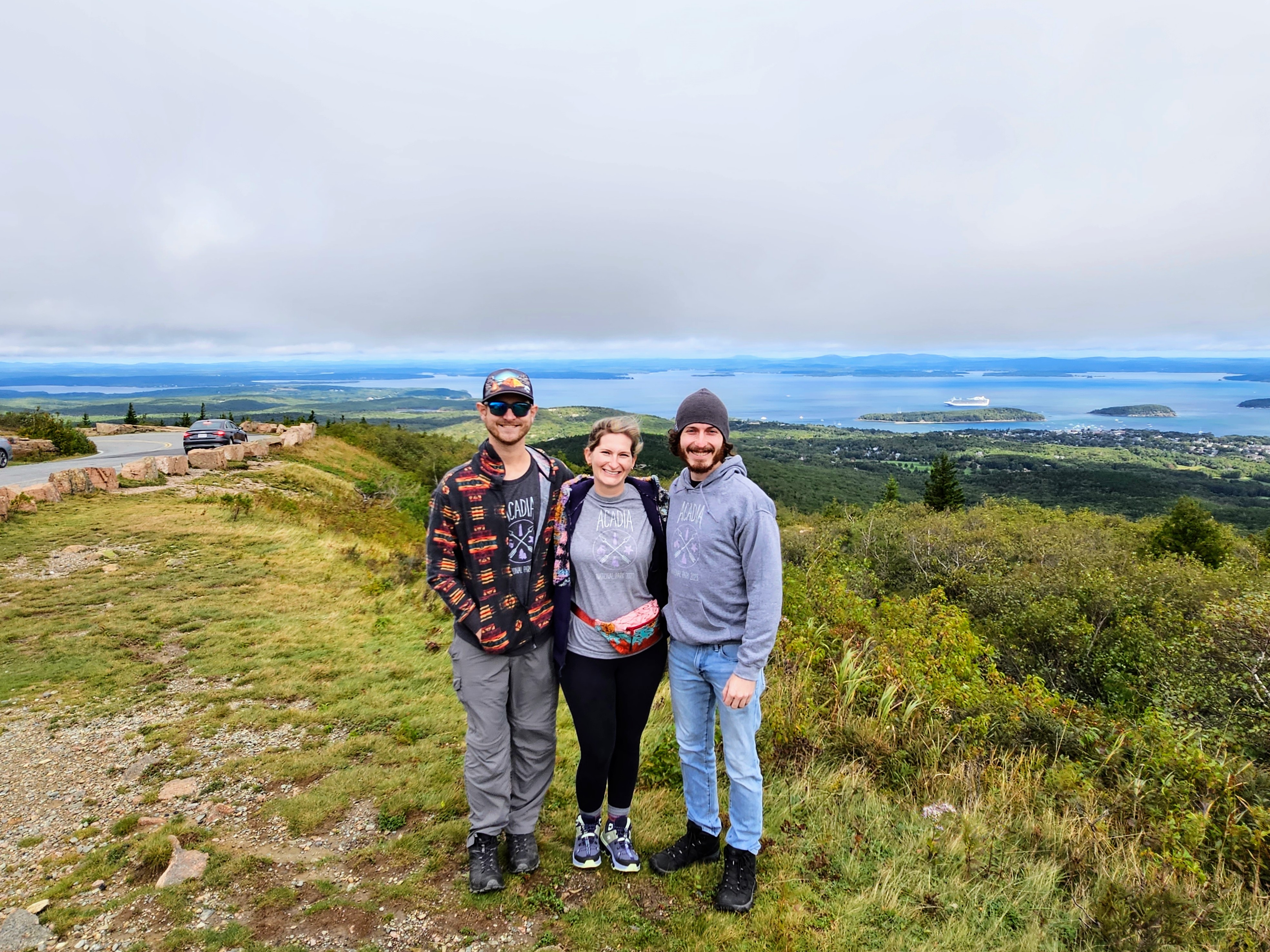
Comments welcome!!
